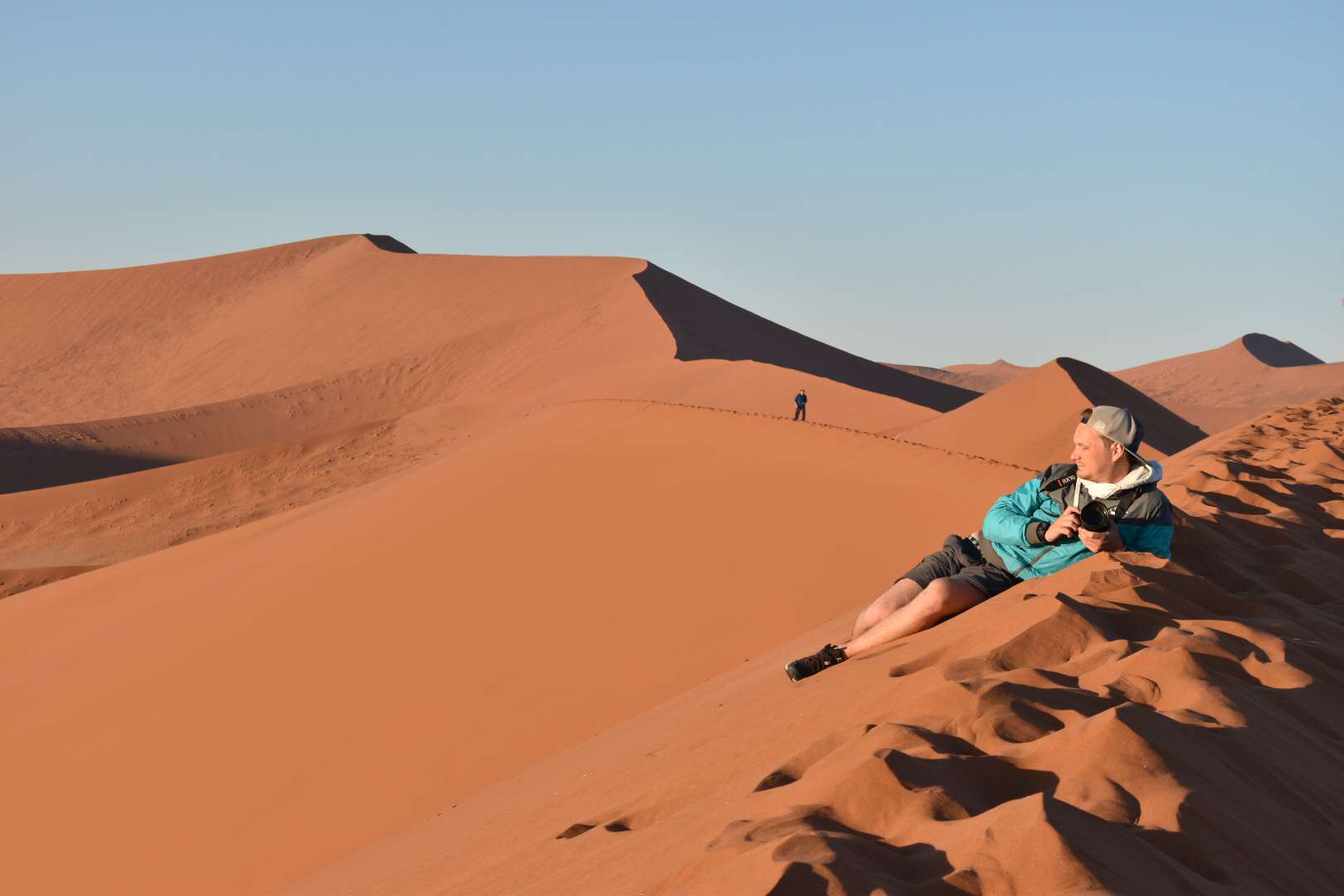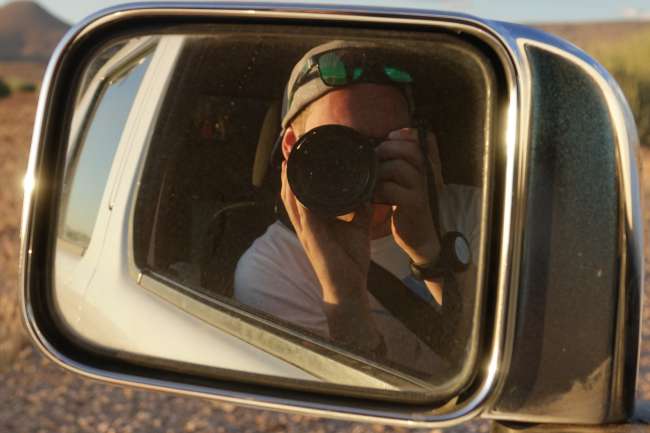Day 57, 58 and 59 river trip
ಪ್ರಕಟಿಸಲಾಗಿದೆ: 01.06.2017
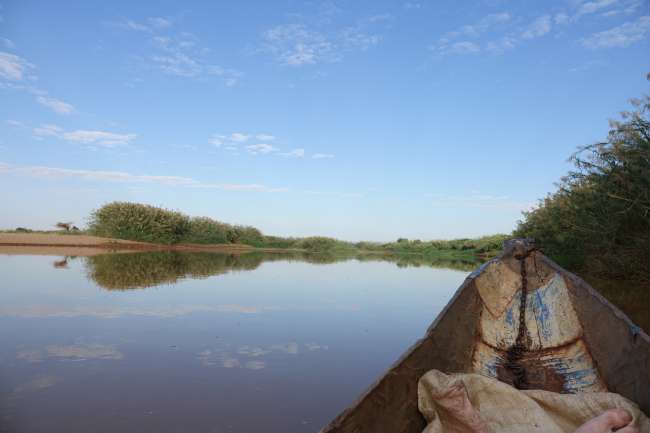
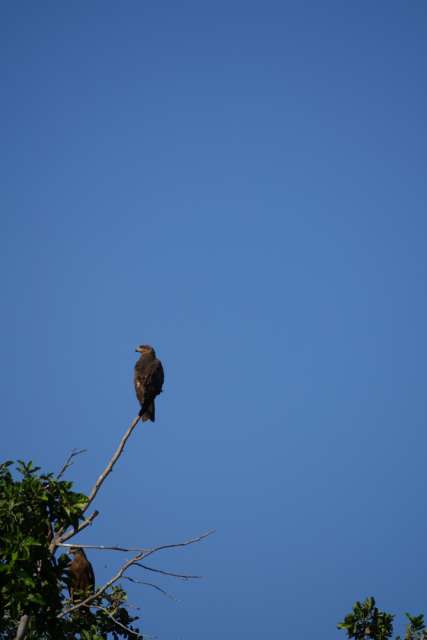
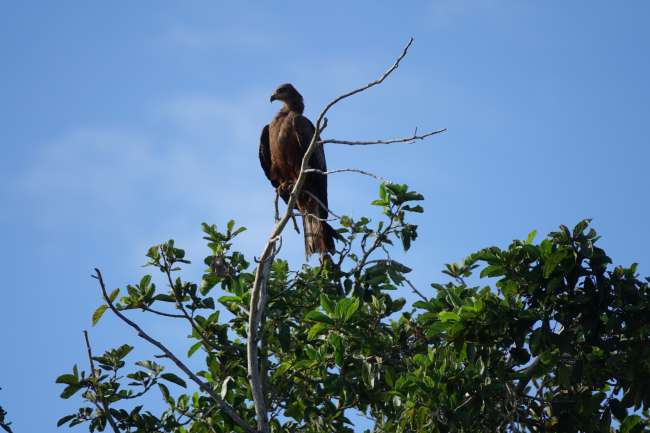
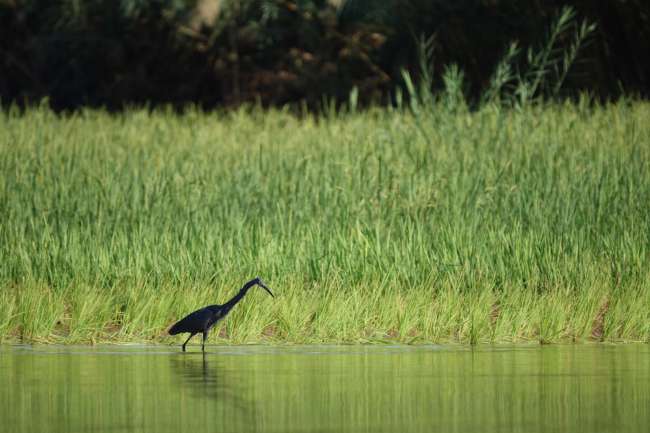
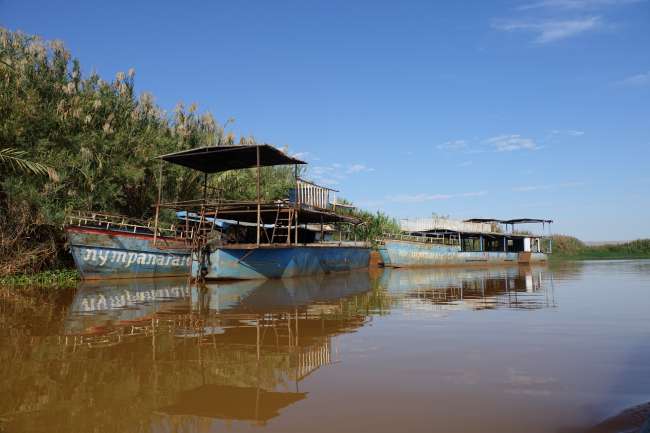
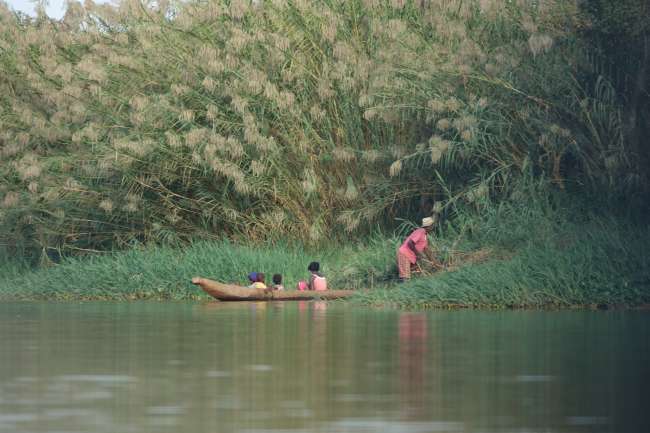
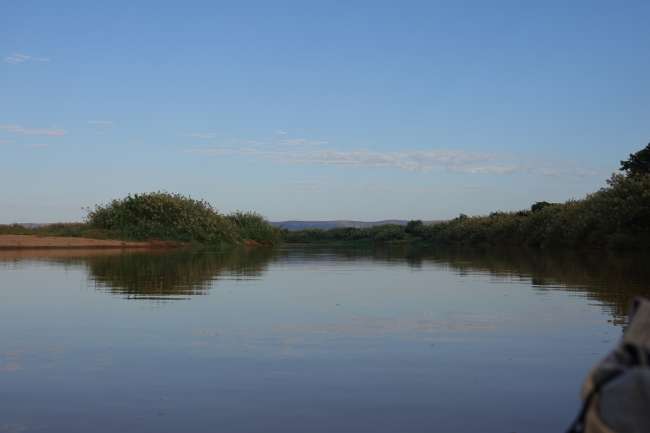
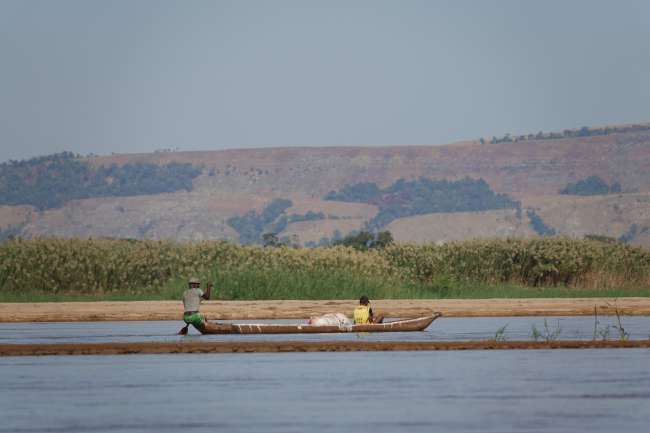
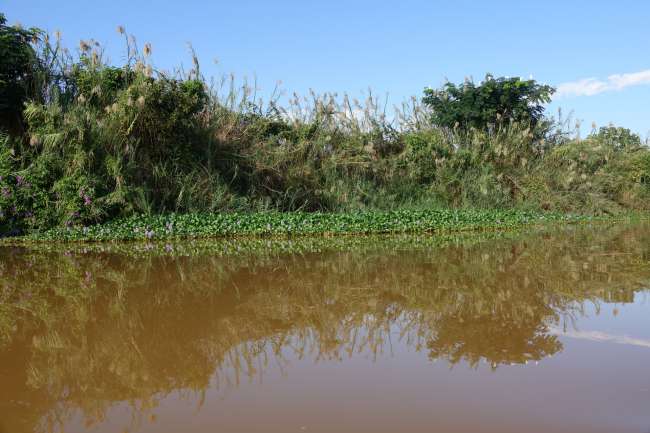
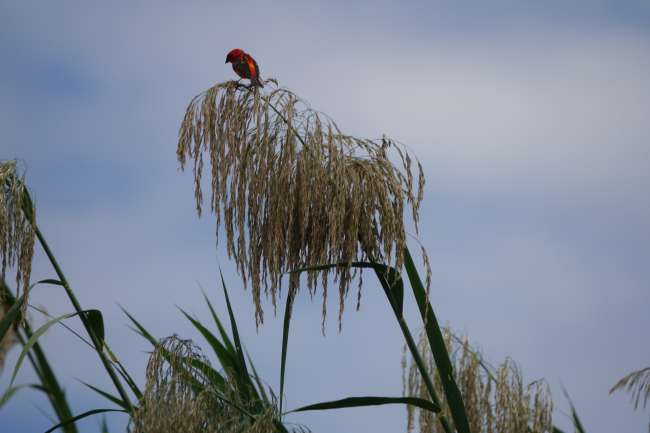
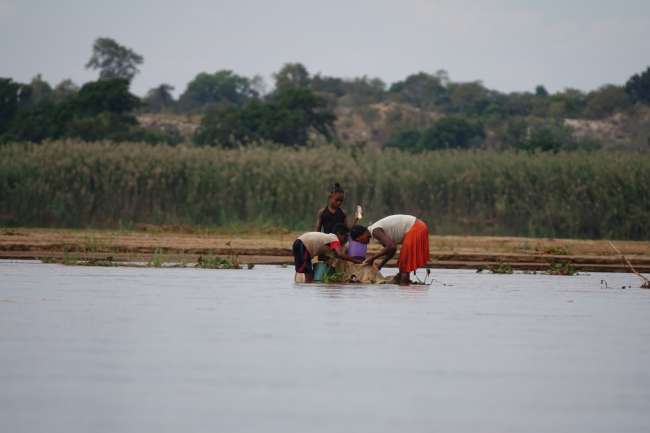
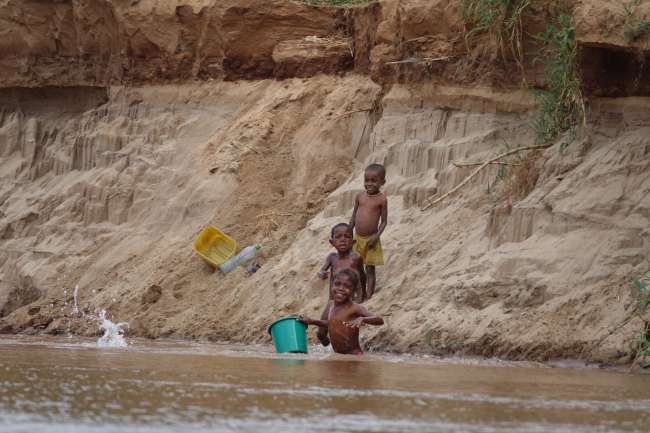
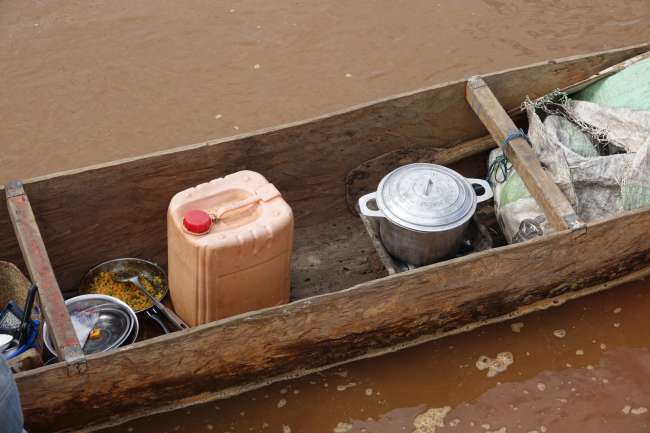
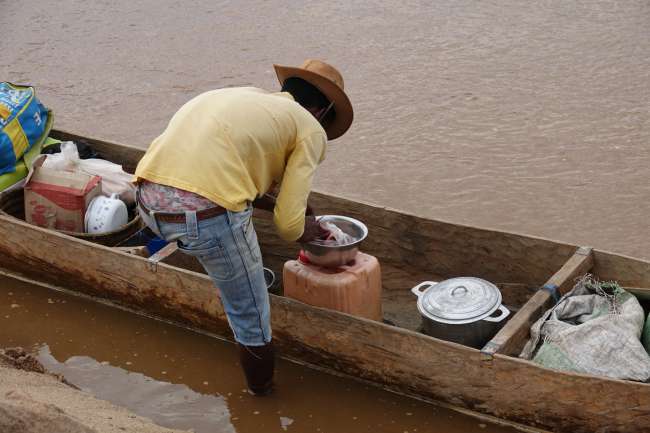
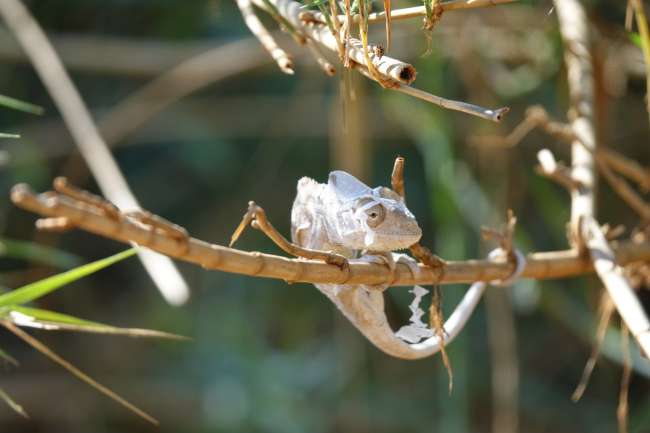
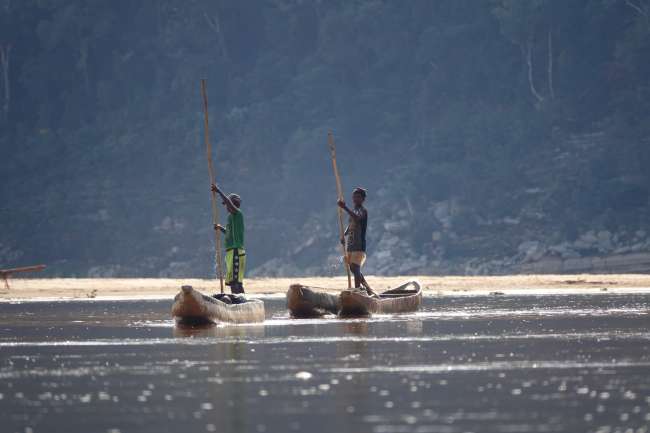
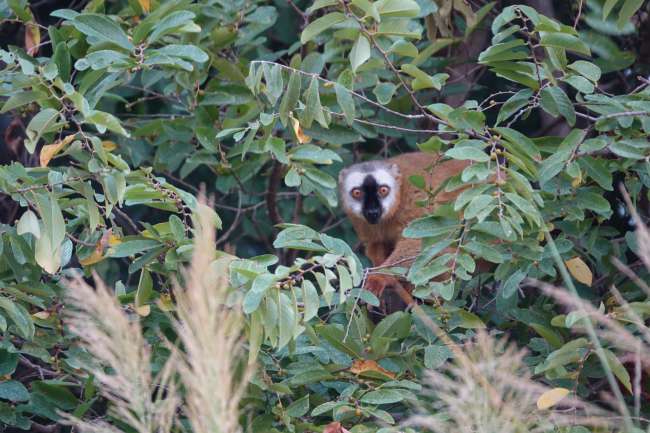
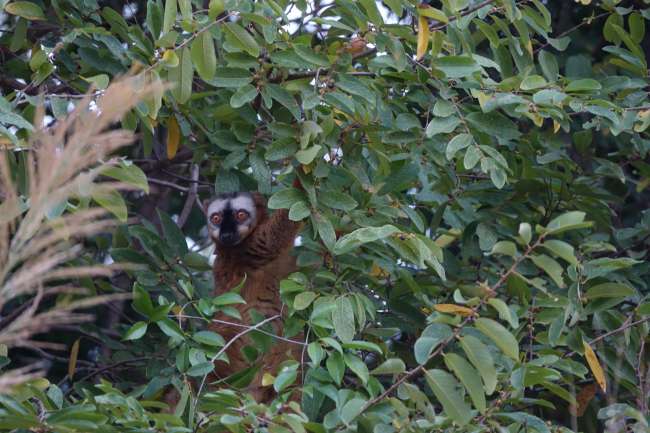
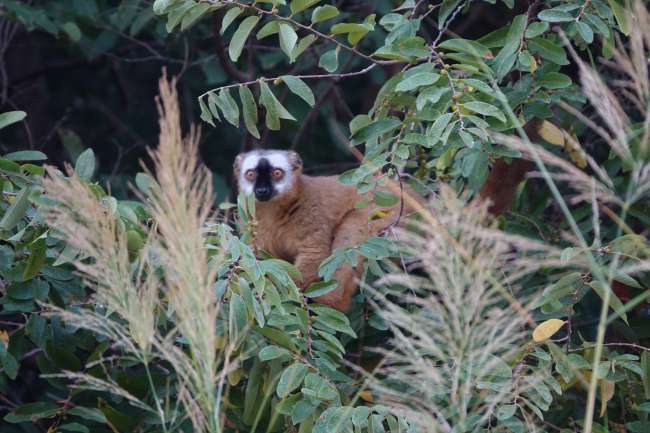
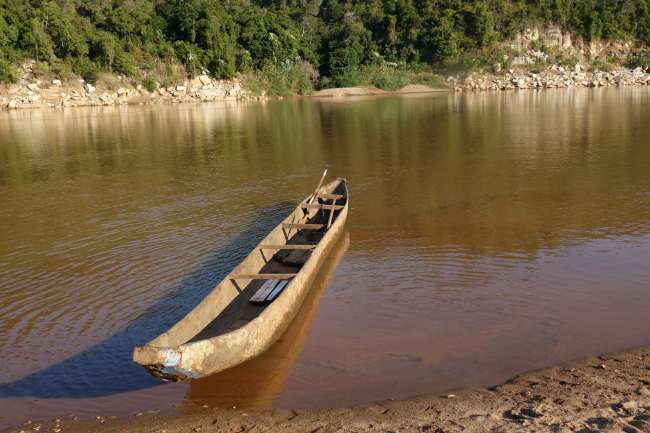
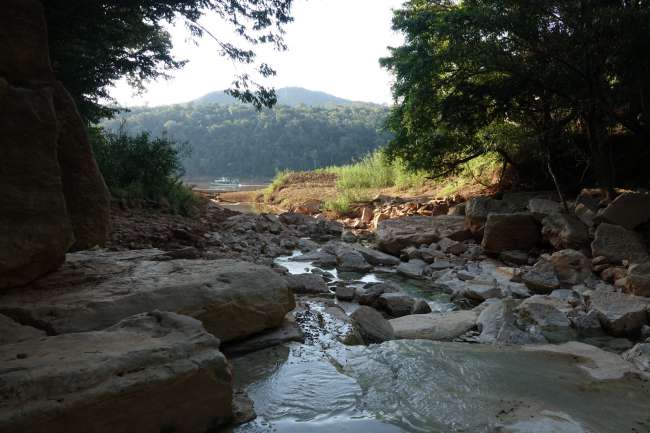
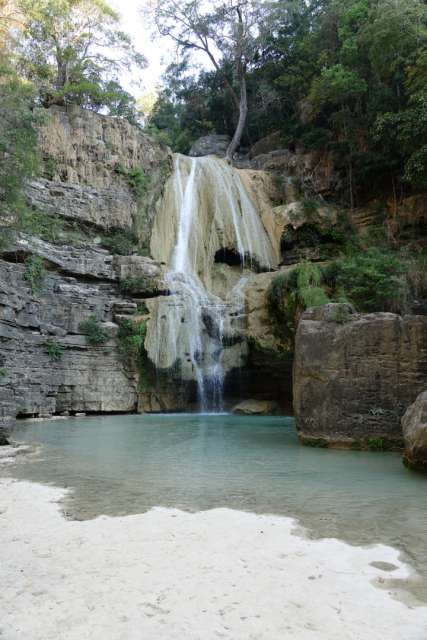
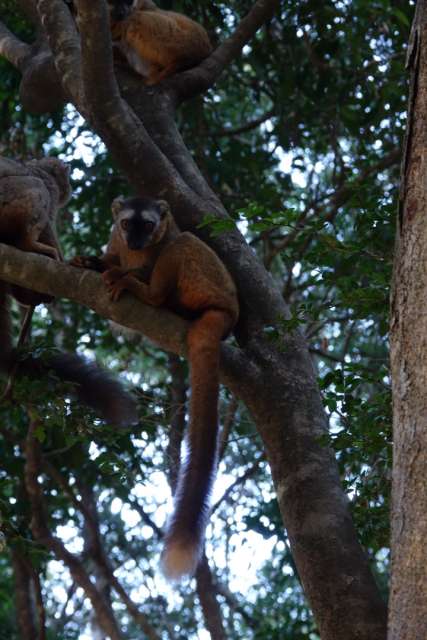
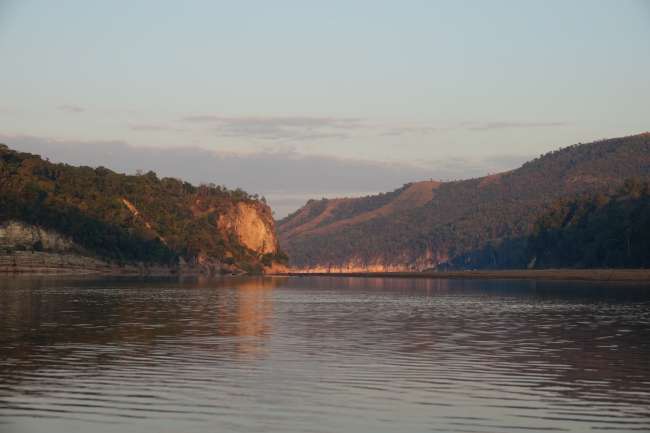
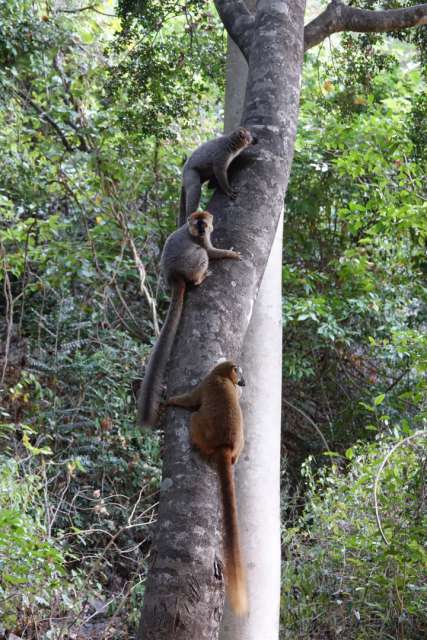
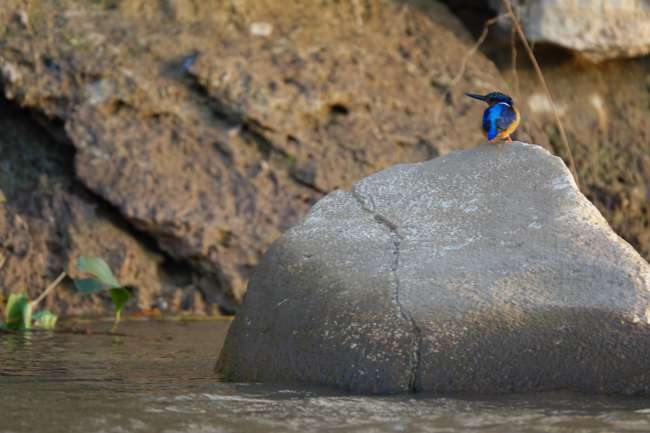
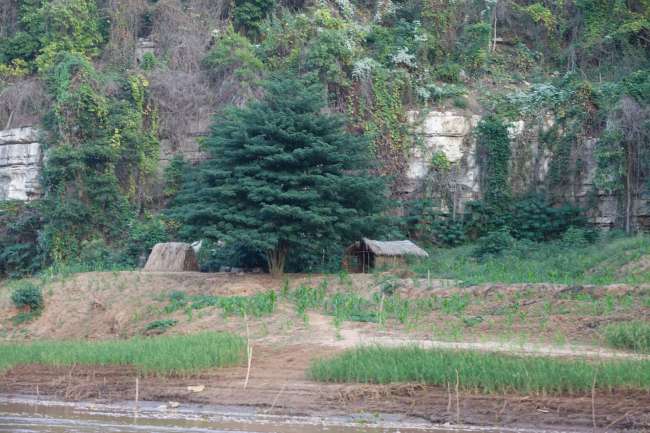
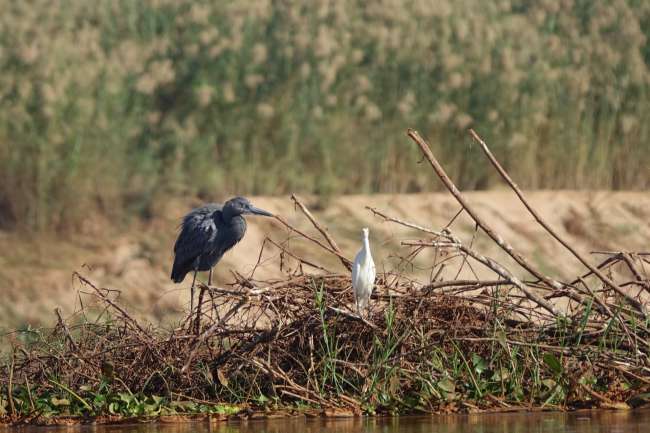
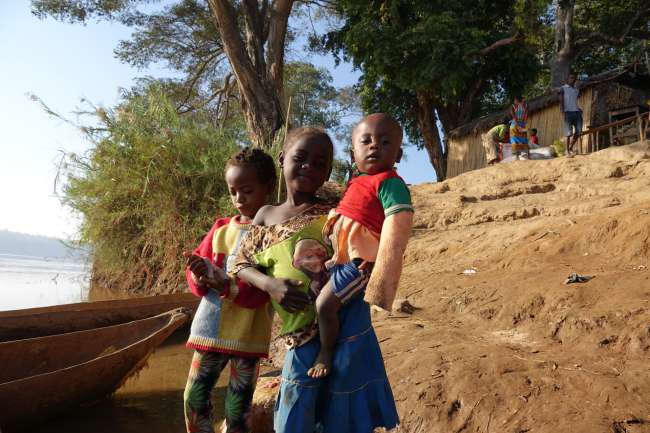
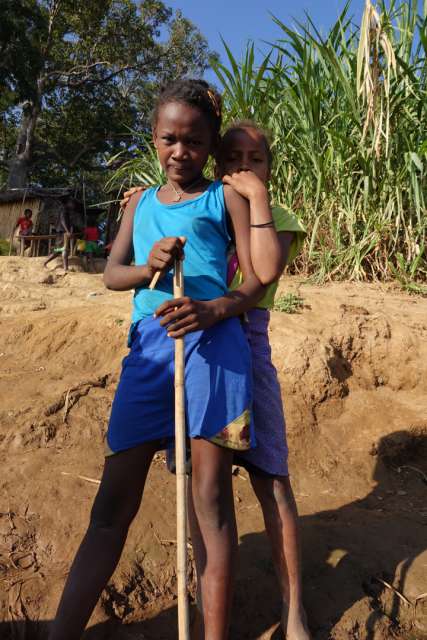
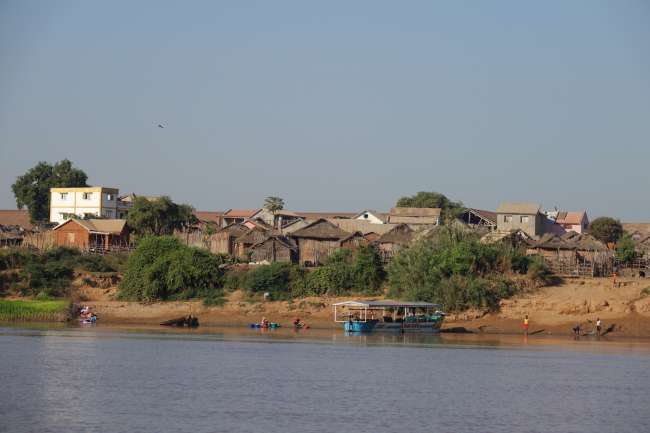
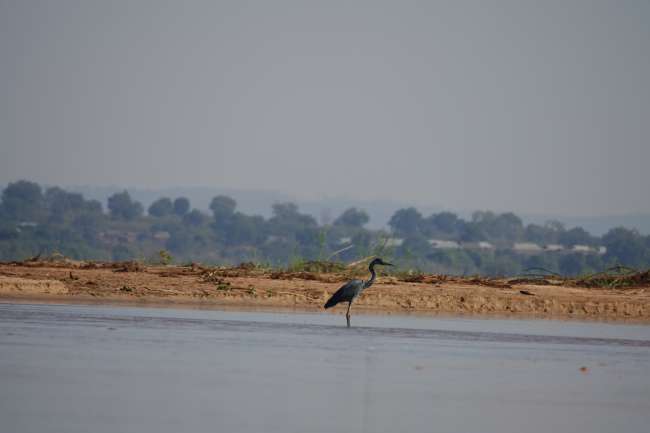
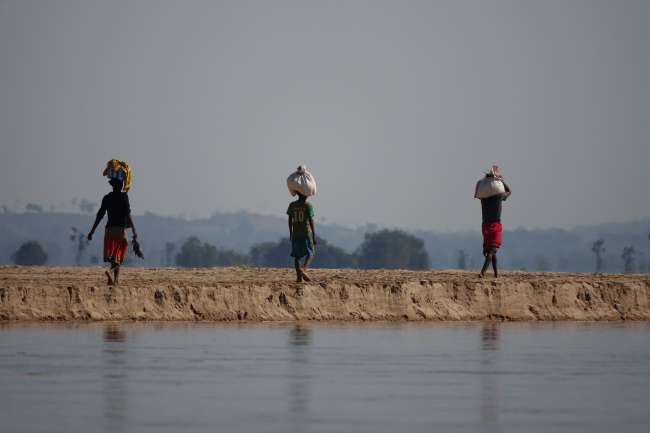
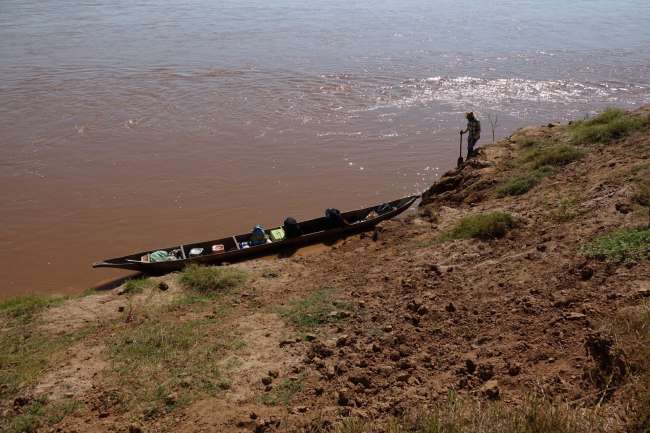
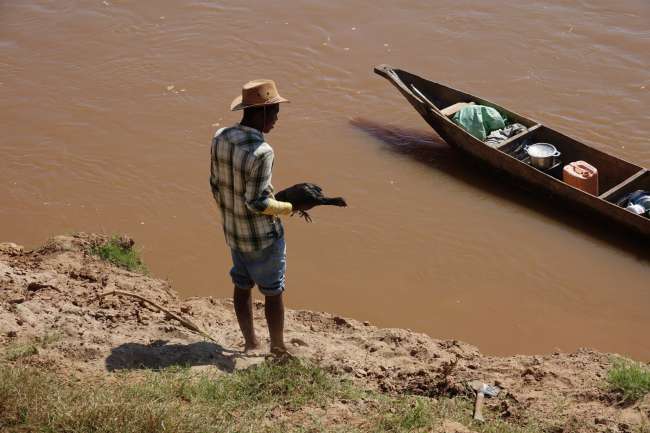
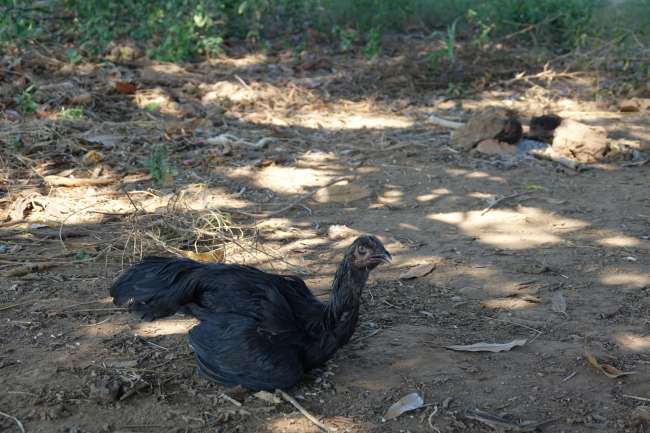
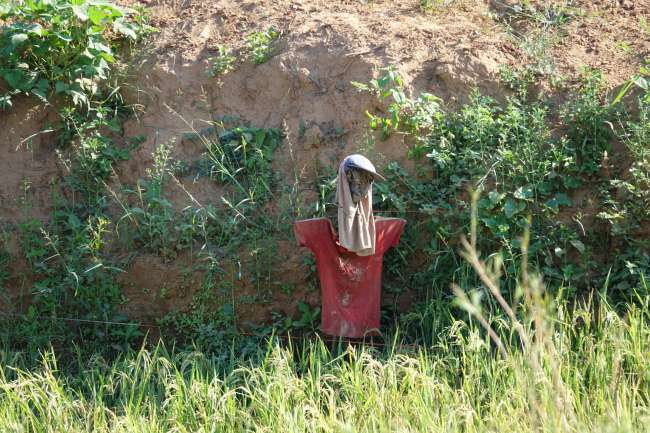
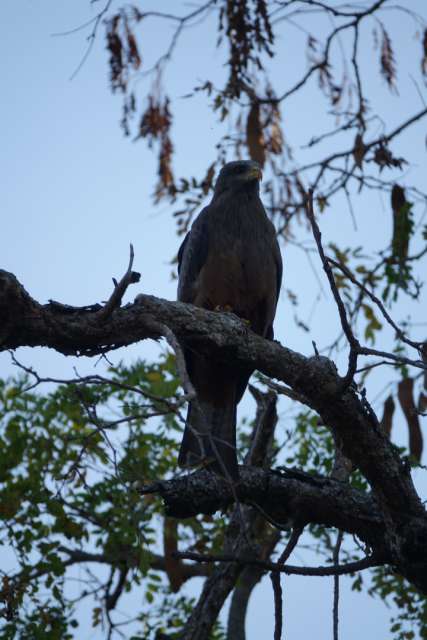
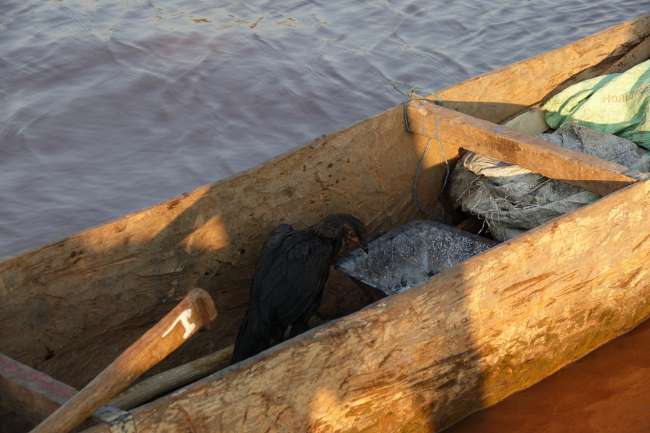
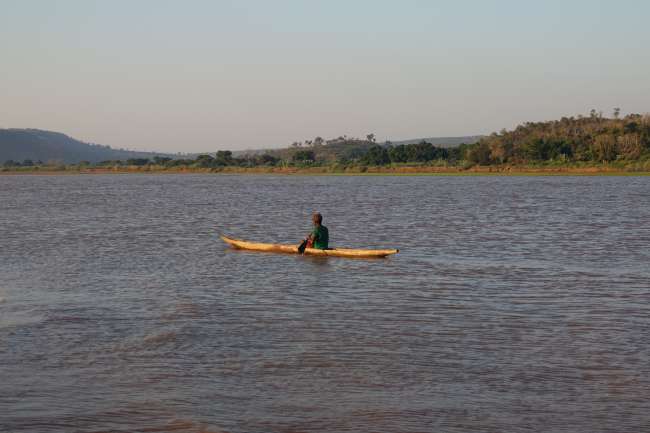
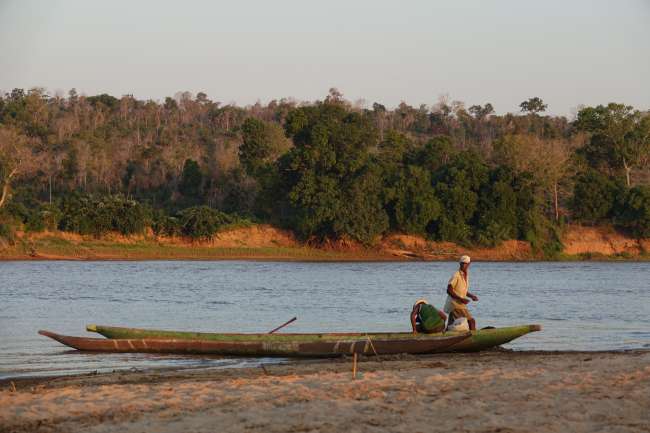
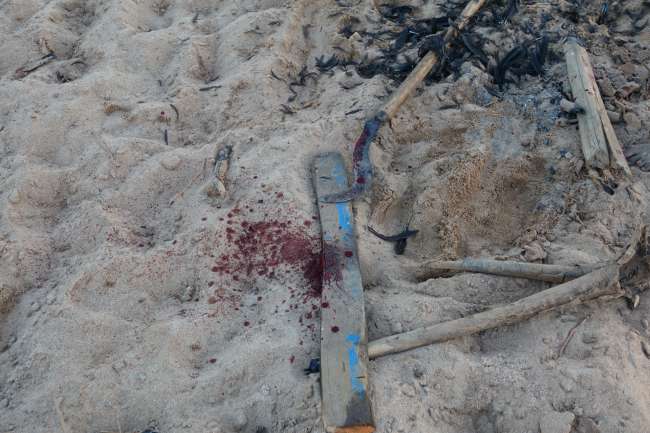
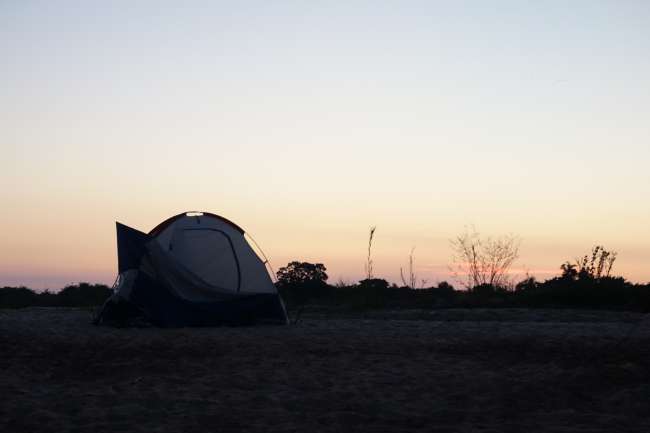
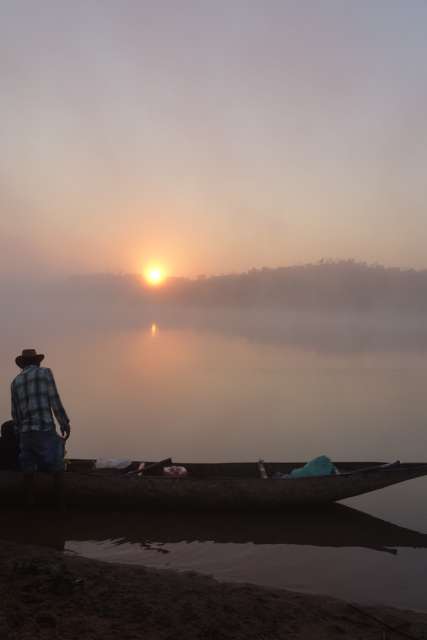
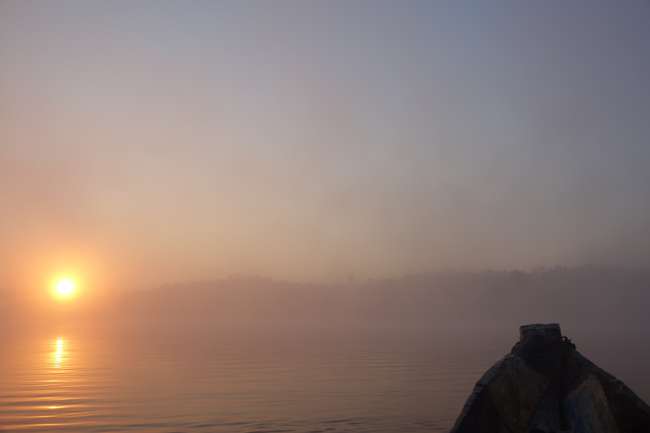
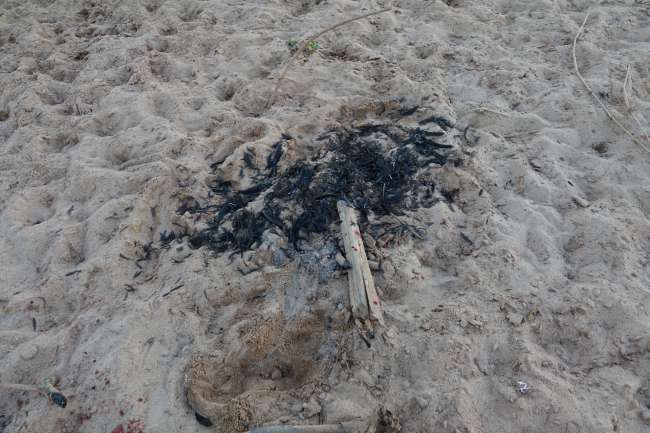
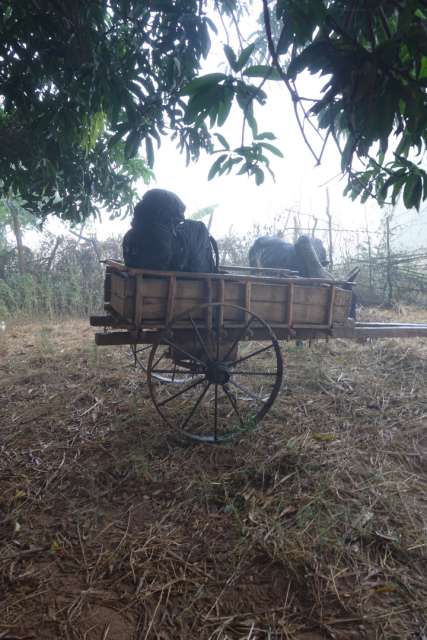
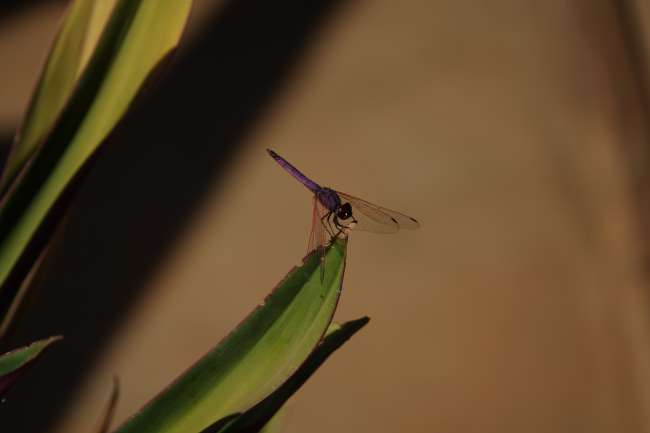
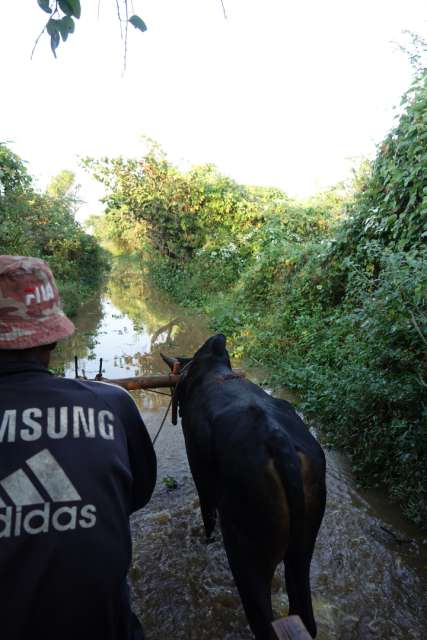
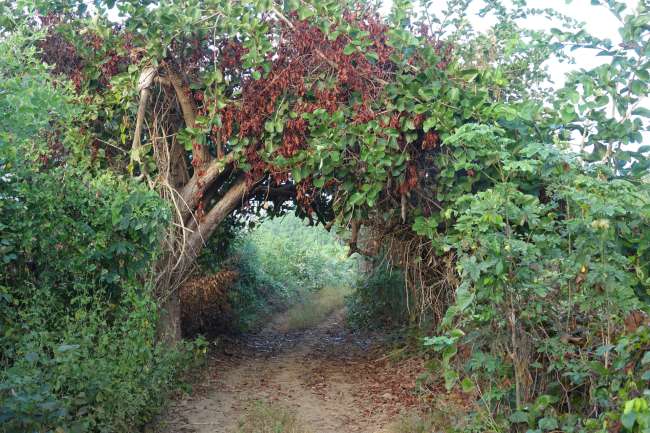
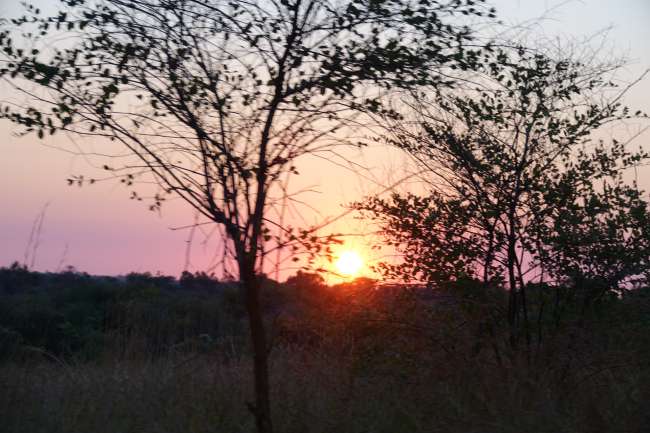
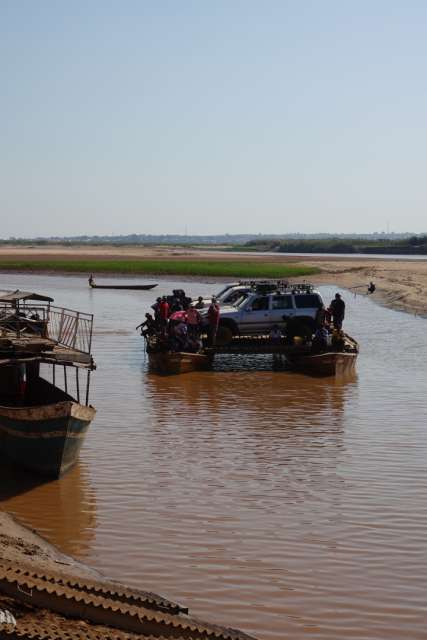
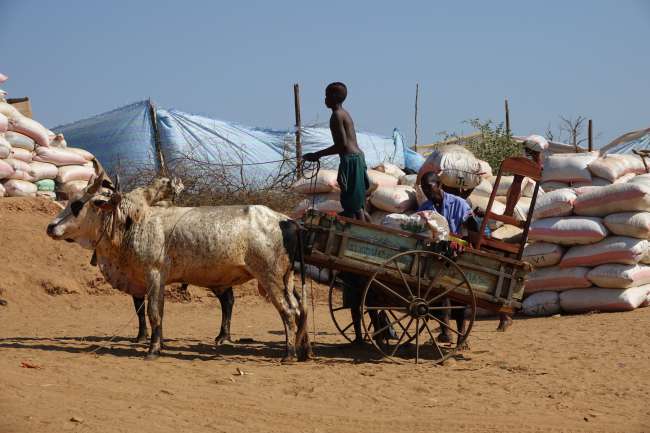
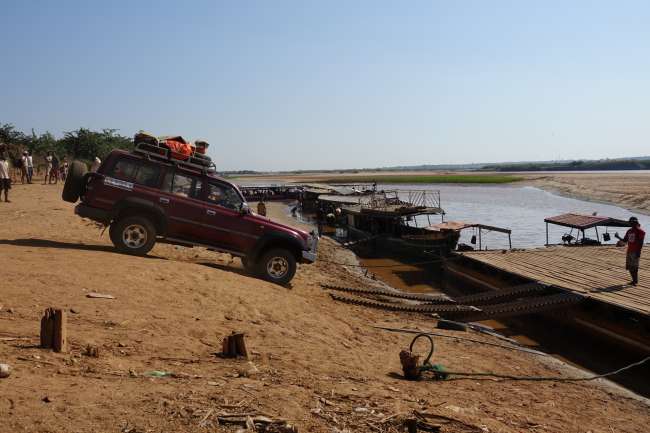
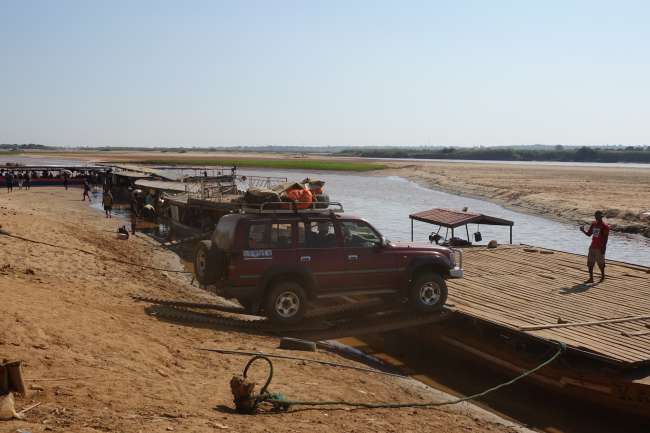

ಸುದ್ದಿಪತ್ರಕ್ಕೆ ಚಂದಾದಾರರಾಗಿ
Our day started with the crowing of the rooster. After breakfast, we were picked up by a taxi. With our luggage on the roof and eight of us squeezed into the car with other passengers, we started driving. Somewhere in the car, a chicken was still clucking. The three most important parts of a Malagasy car were functioning: steering, horn, and radio. The music underscored the journey, only interrupted by the ignition that had to be regularly activated as the engine frequently died out. On the way to the river, we picked up another passenger who climbed into the car with a jerry can of gasoline.
Upon arrival at the river, we loaded our luggage onto a dugout canoe. This canoe, made from a hollowed-out tree trunk, would be our means of transport for the next 2 ½ days. We were fortunate enough to only have to enjoy the ride and not paddle. We had a river guide and a boatman for paddling.
And so the journey began and we enjoyed the scenery.
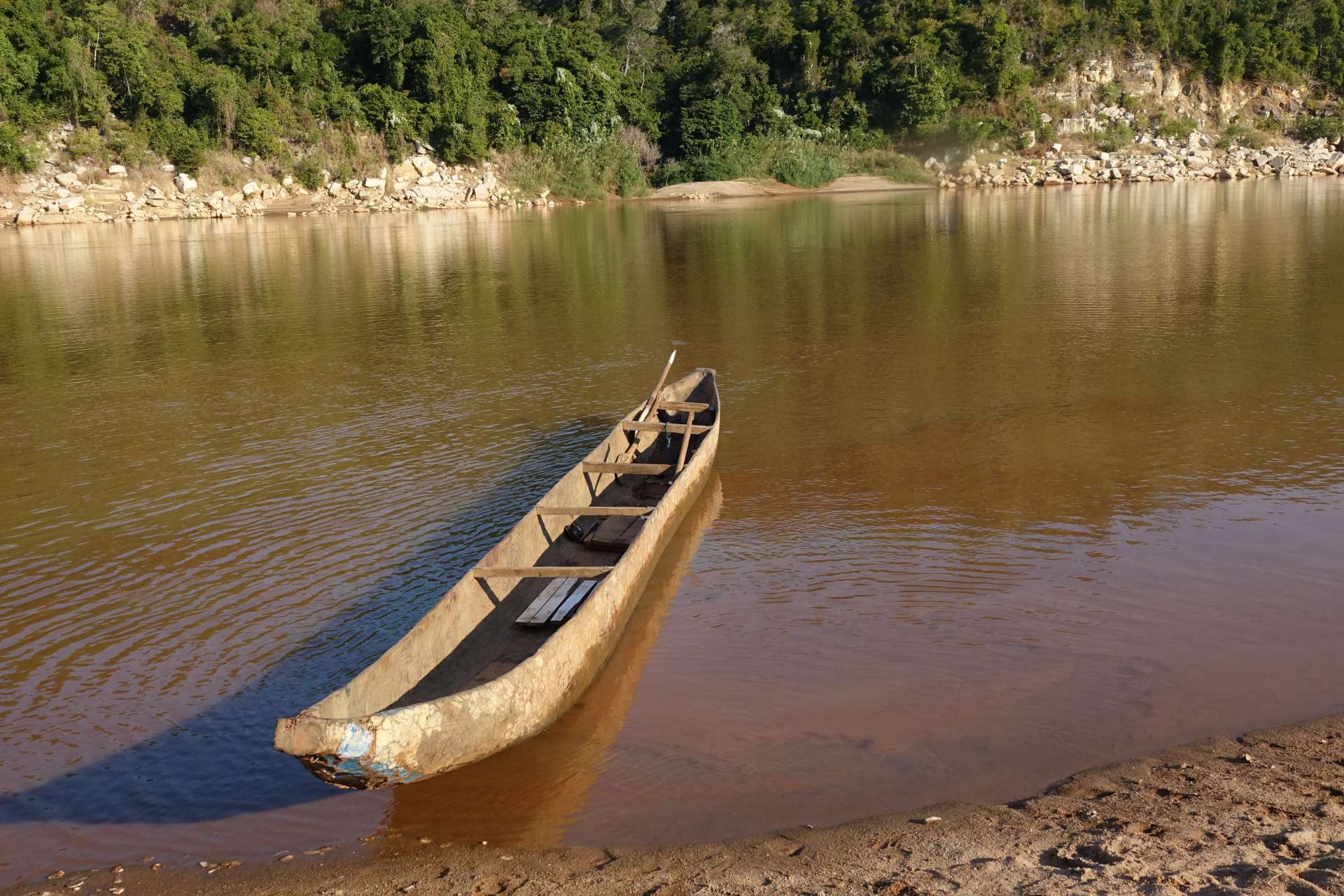
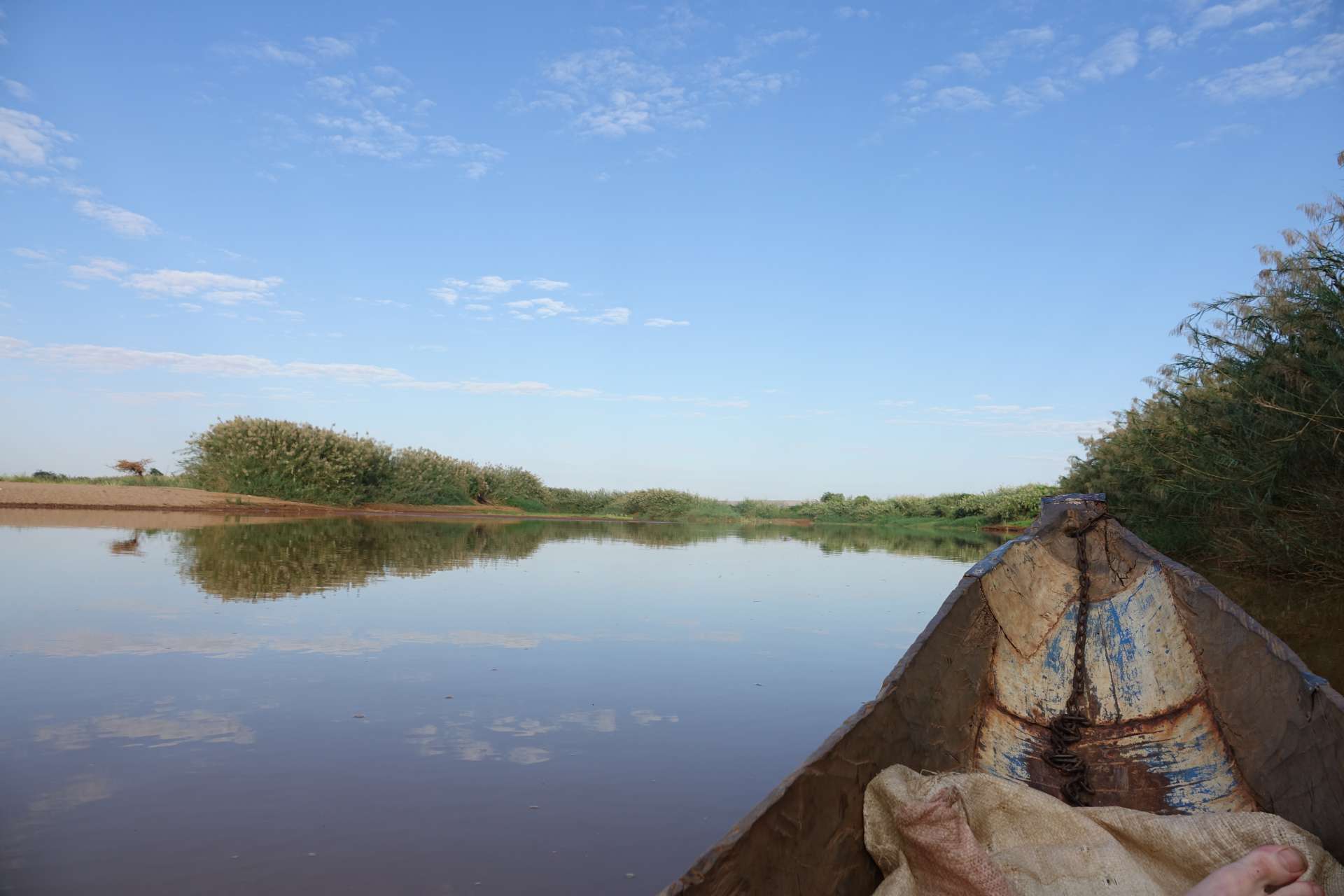
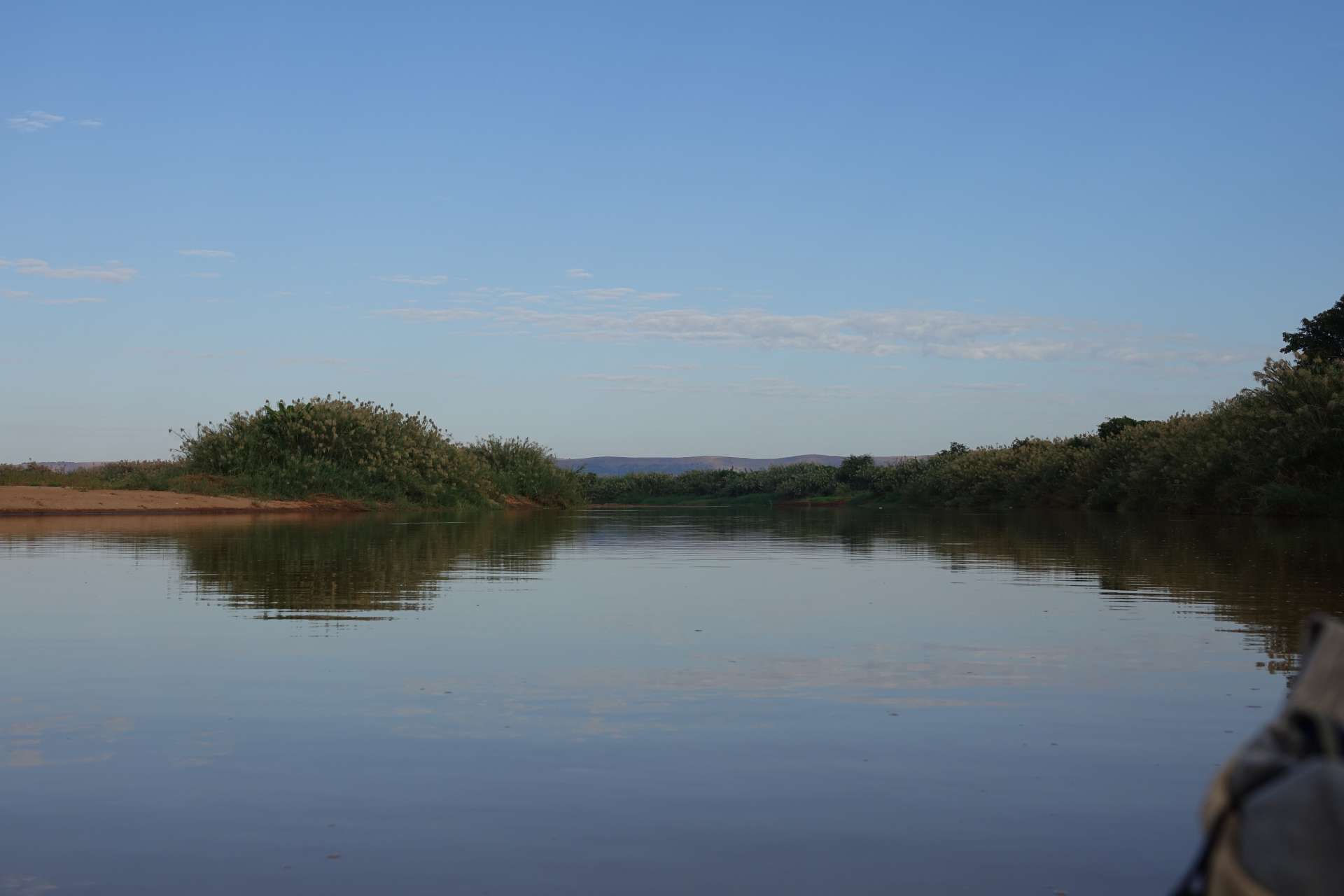
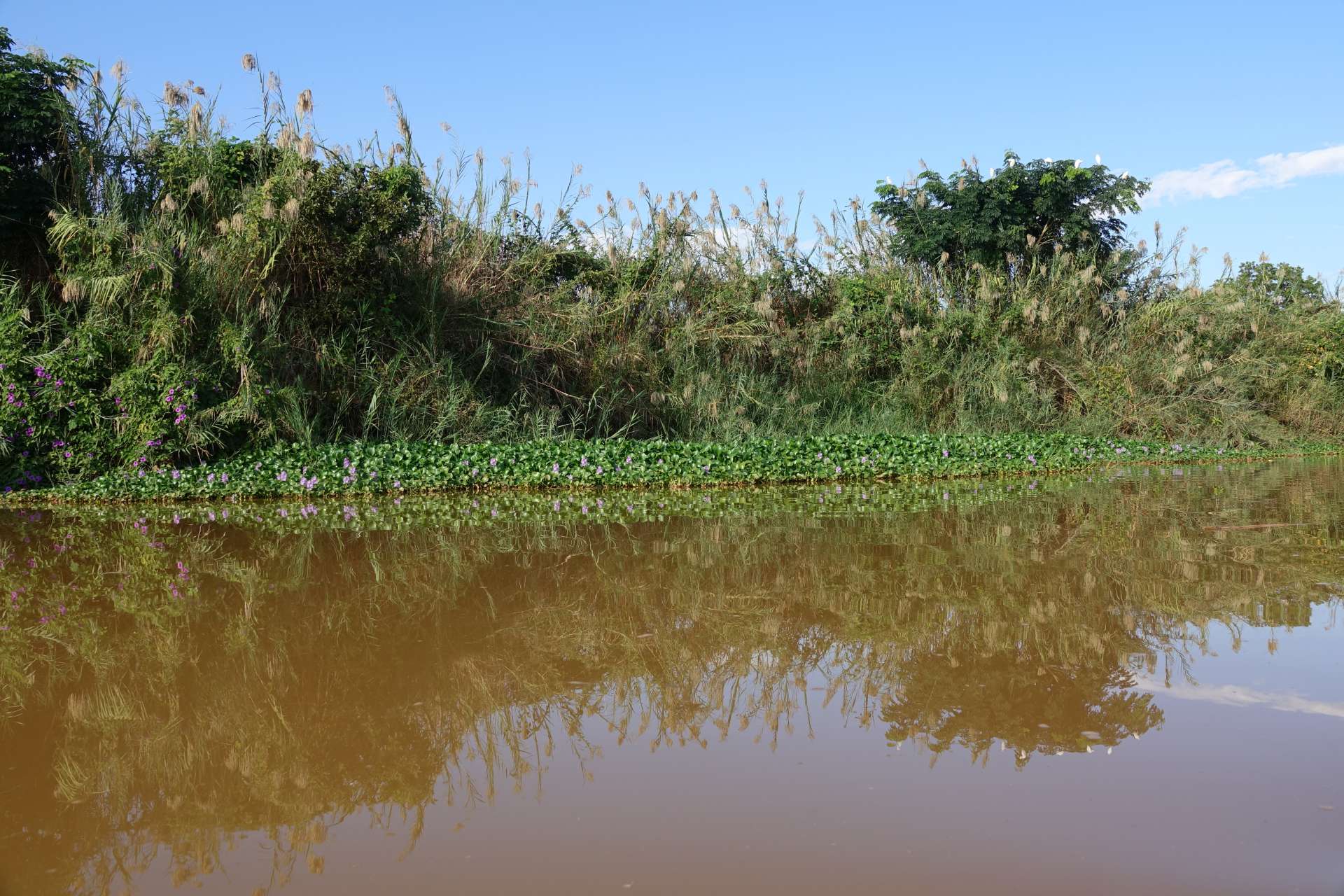
We saw various birds flying past us.
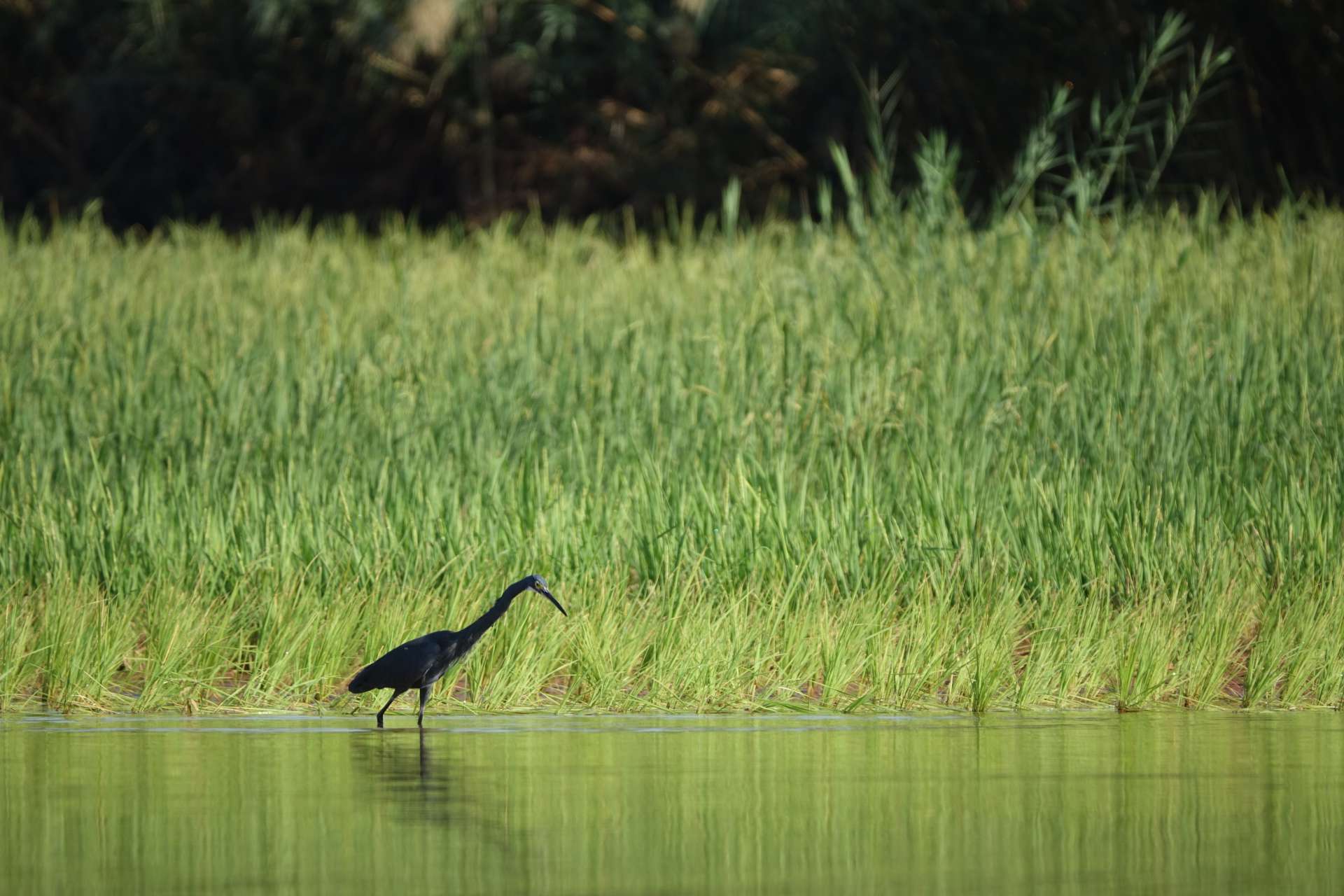
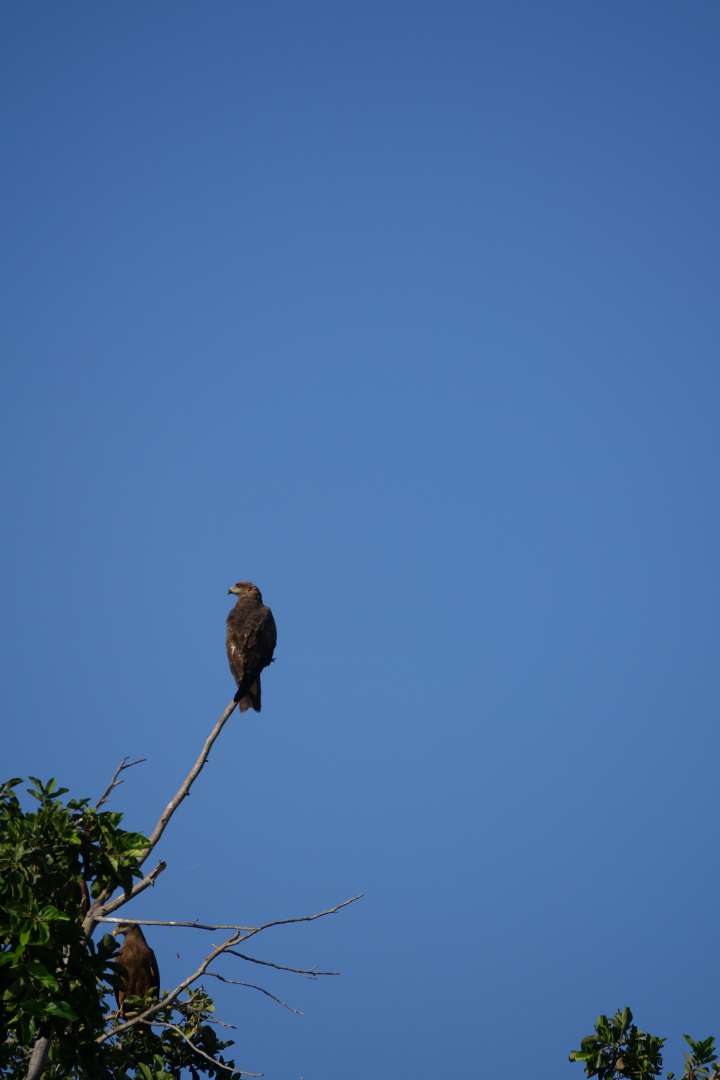
While we lazily enjoyed the ride, our guide cooked our lunch on a fire in the wooden boat. We then enjoyed it on a sandbank.
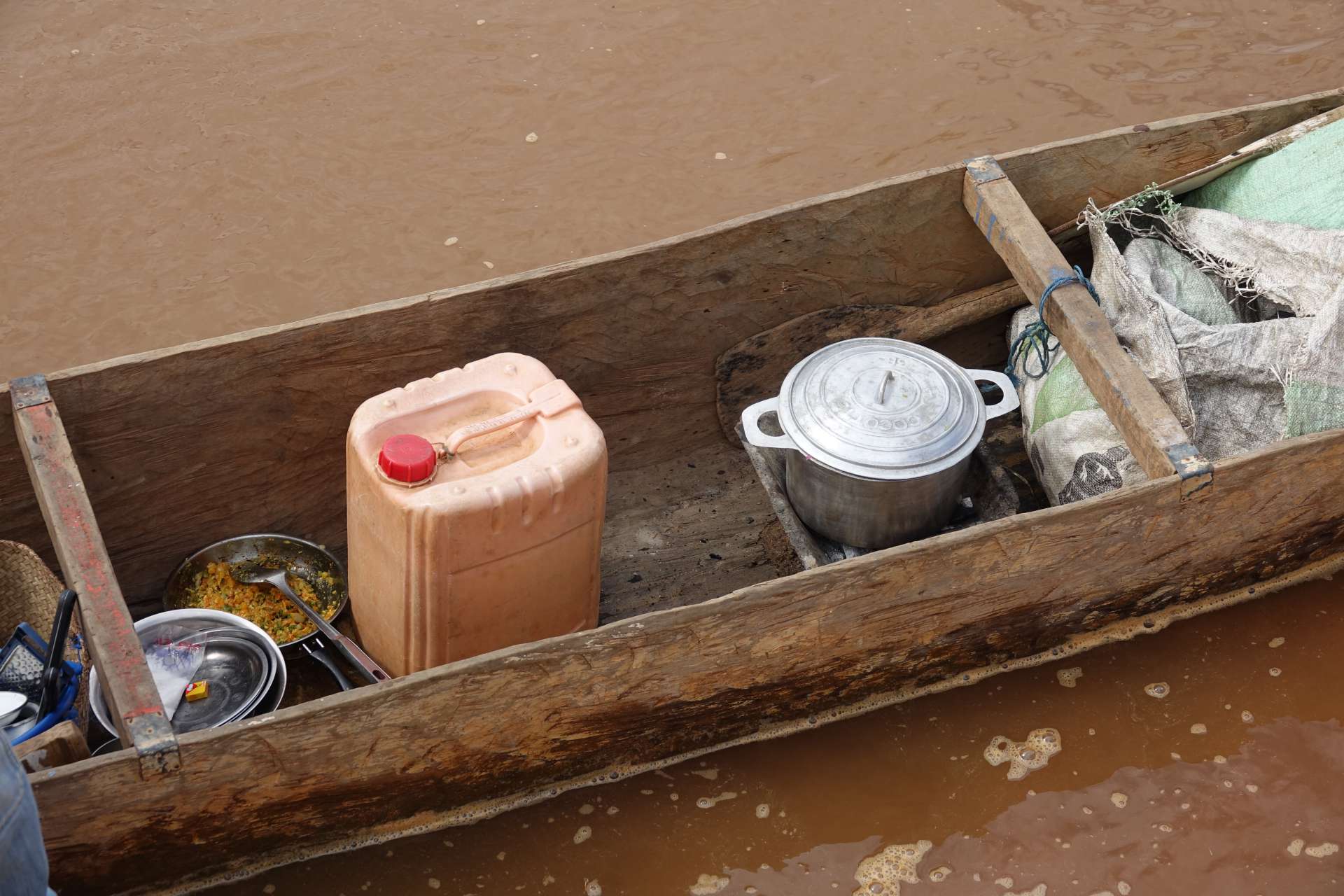
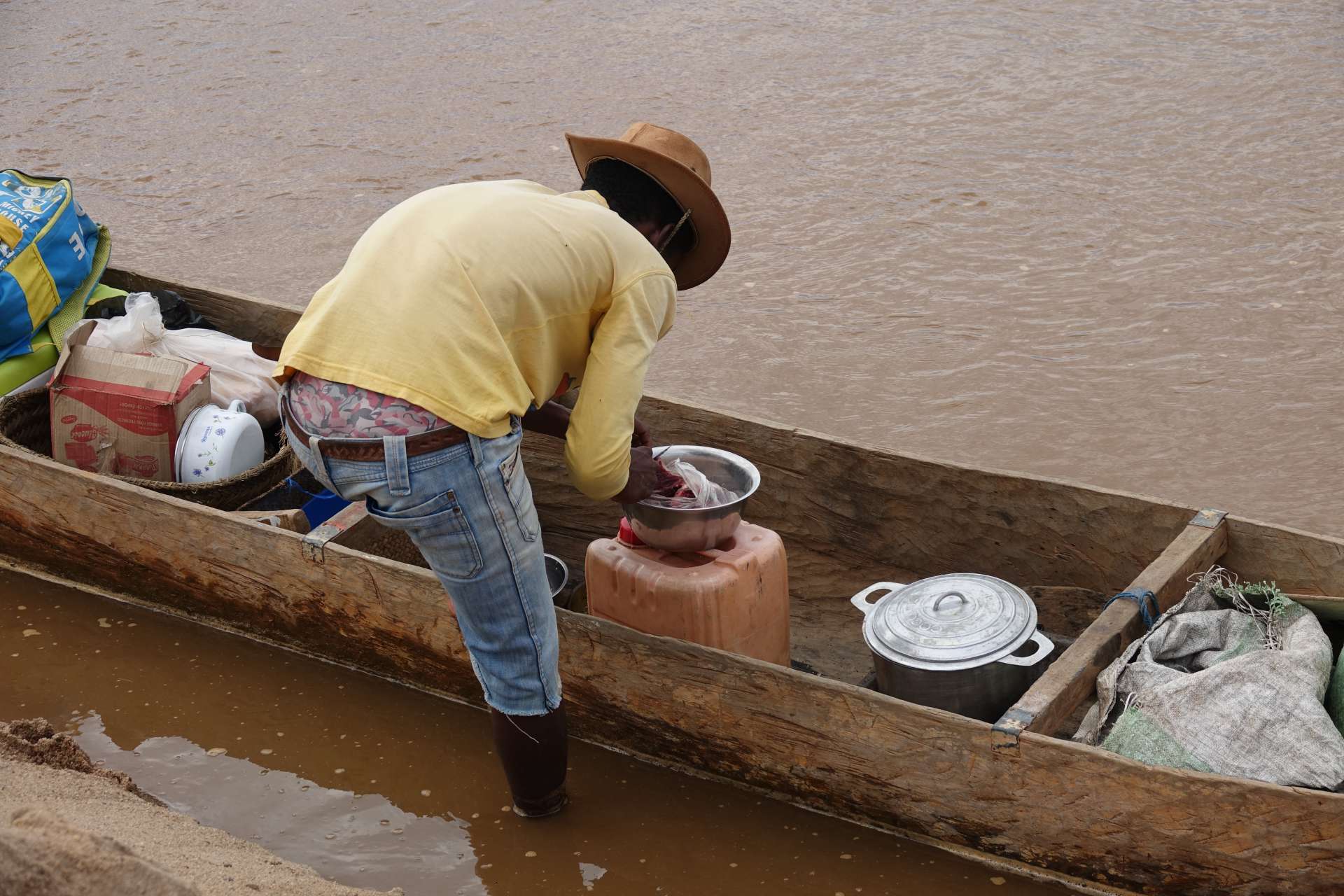
The wildlife along the riverbanks was very diverse, from birds to lemurs and chameleons.
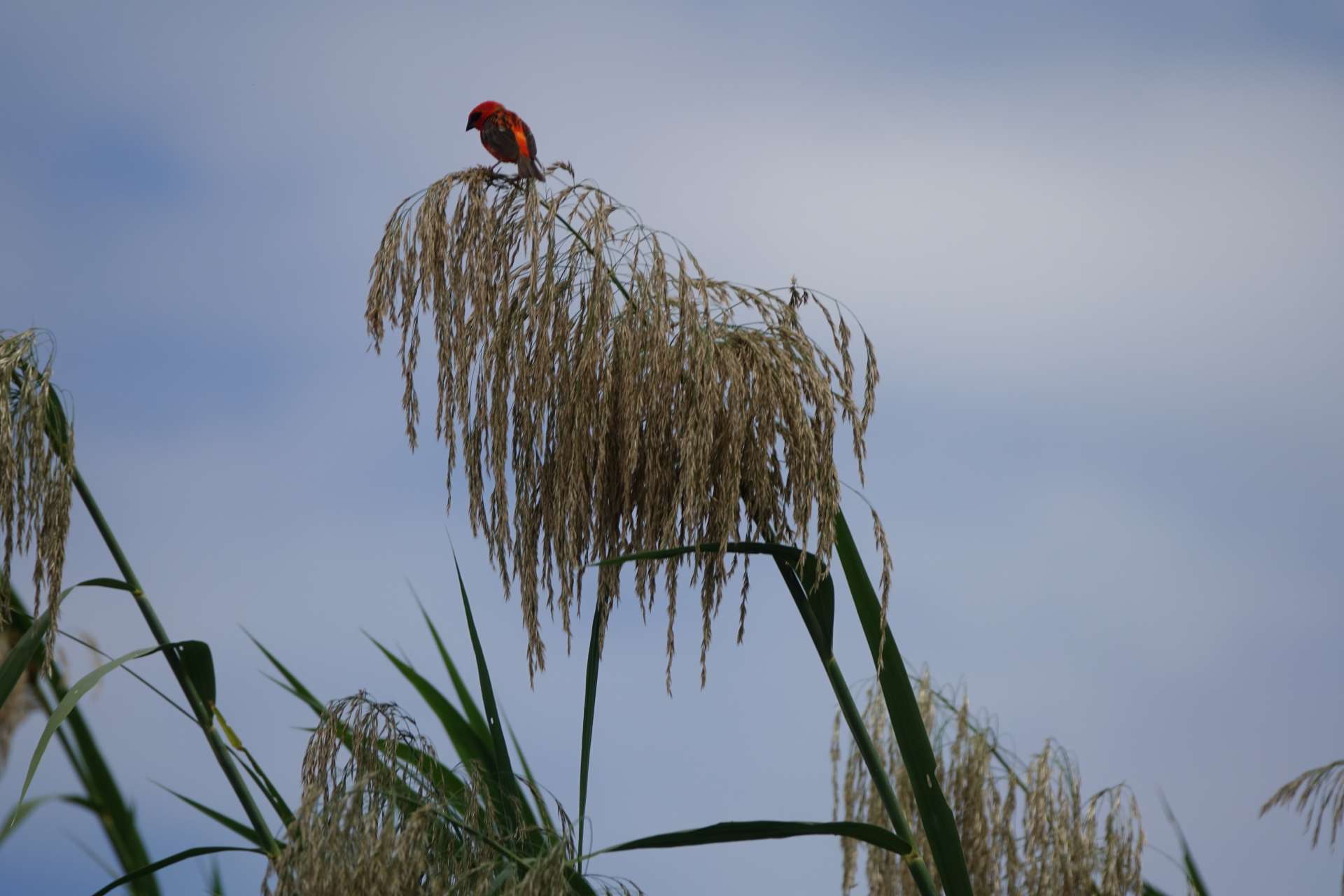
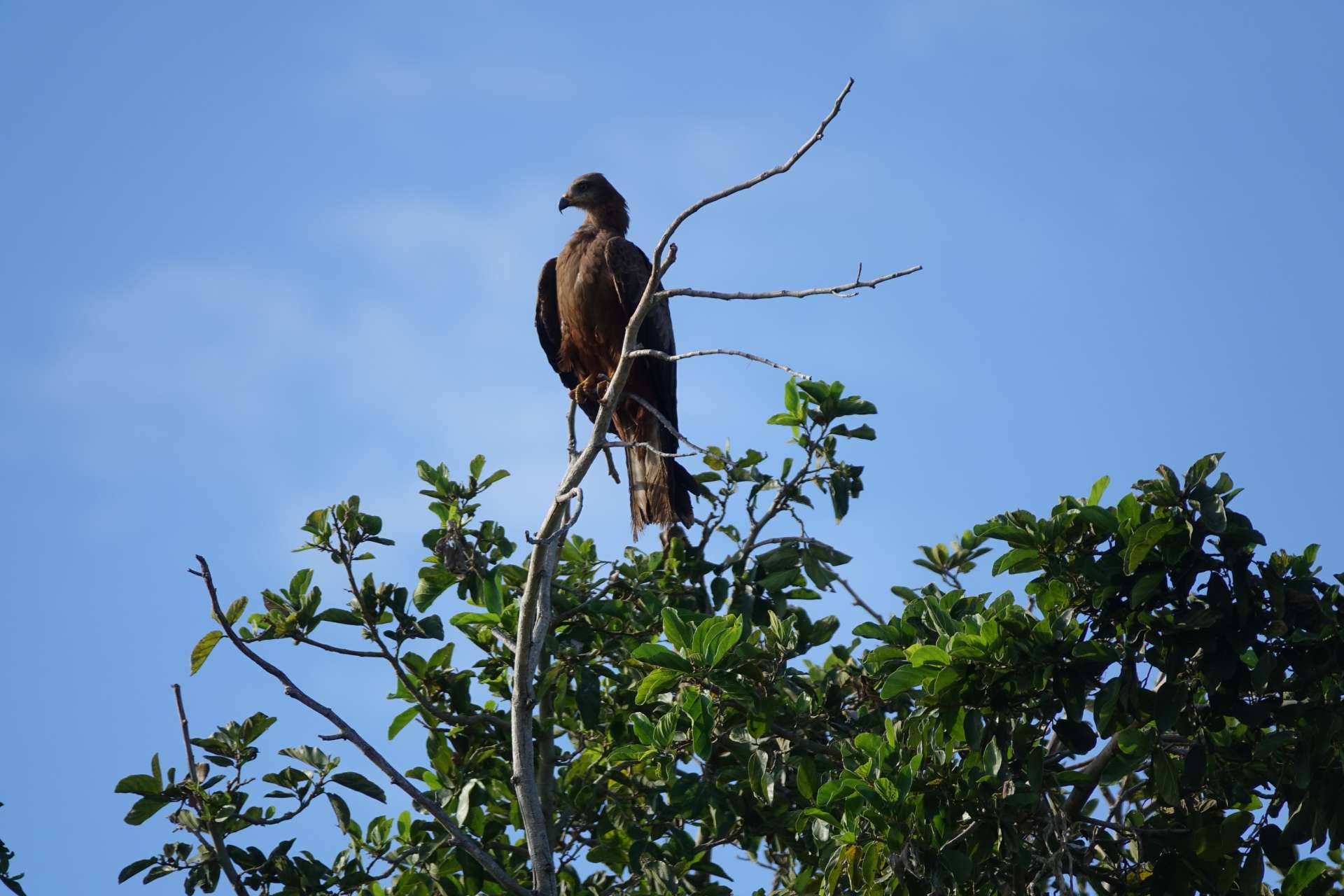
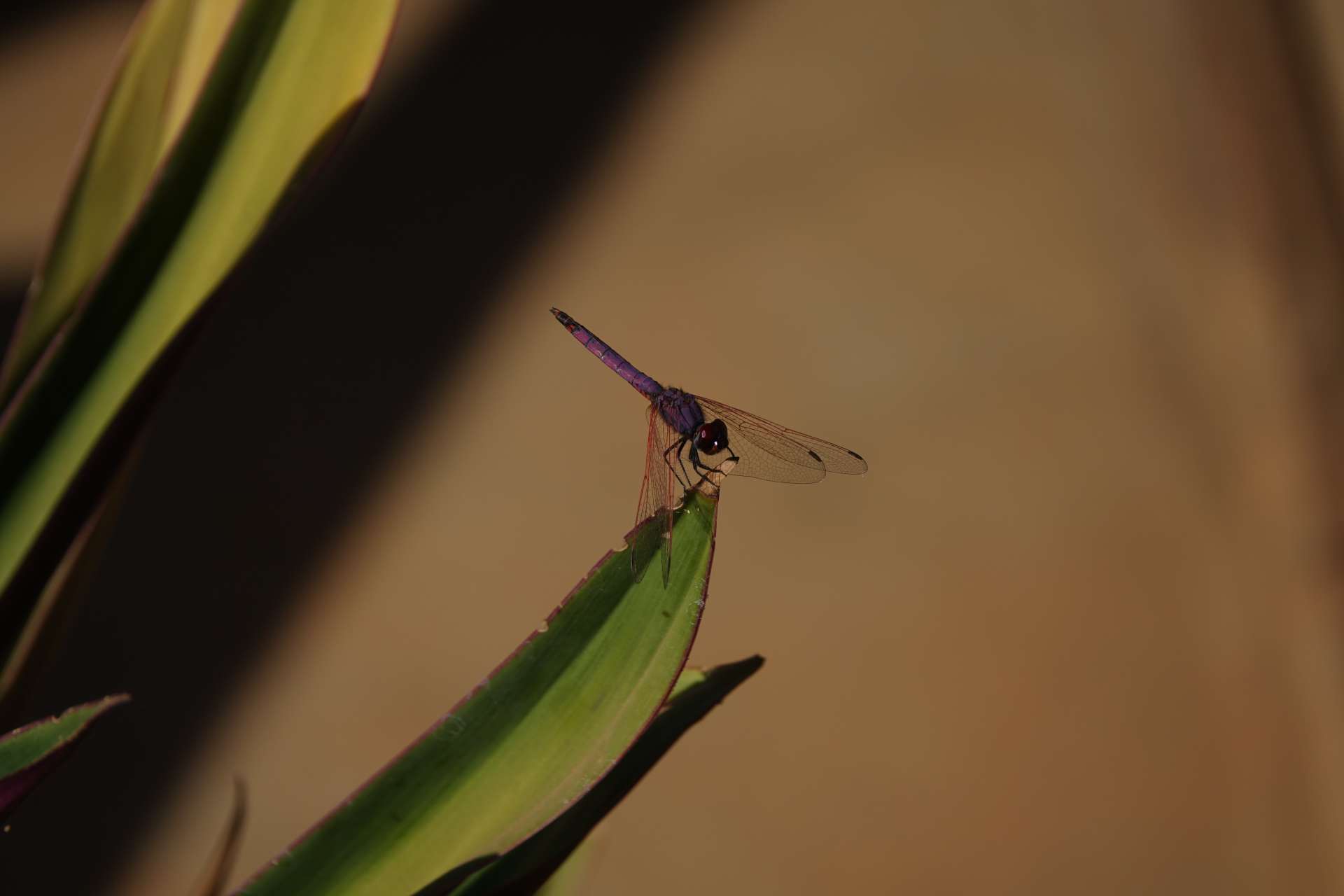
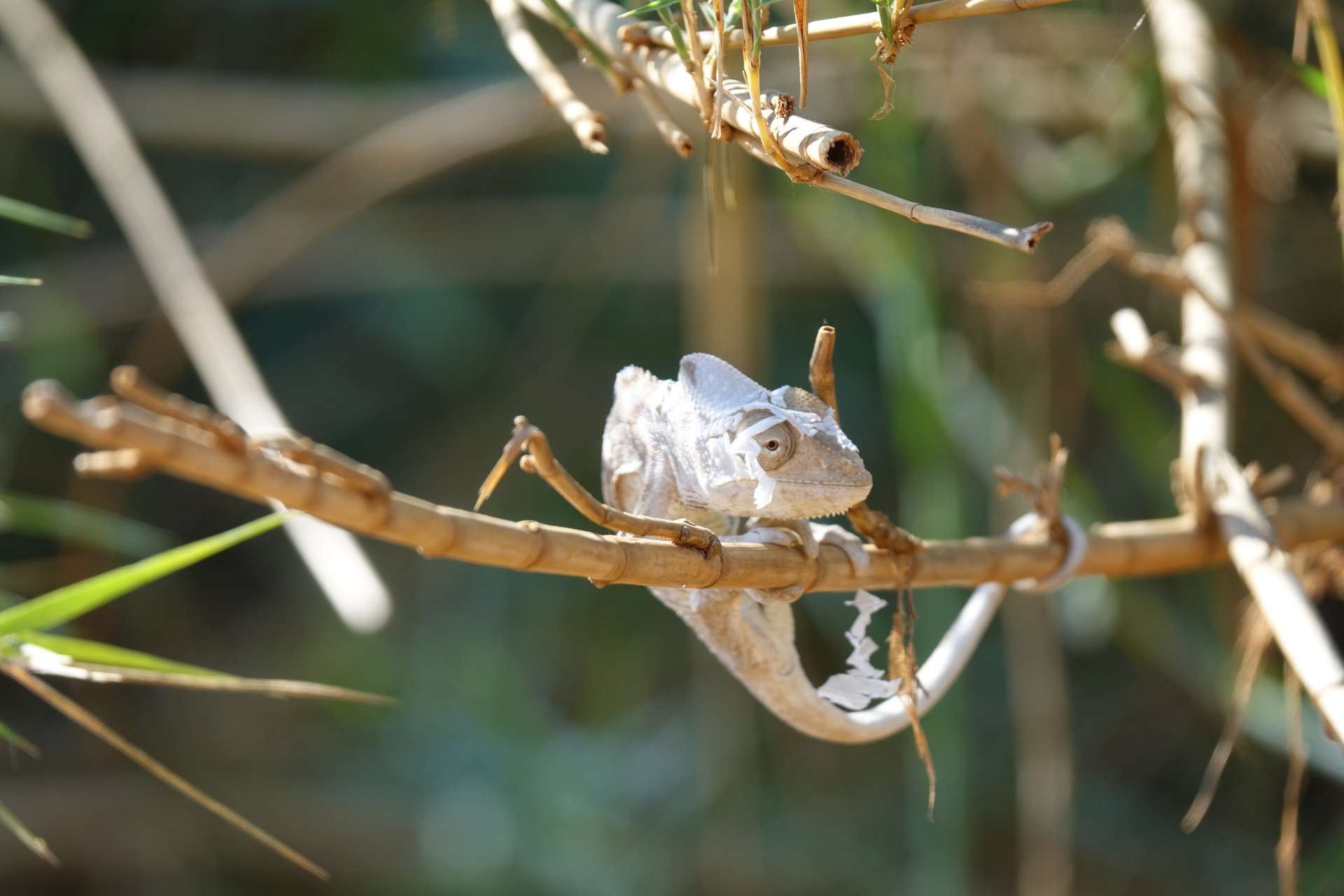
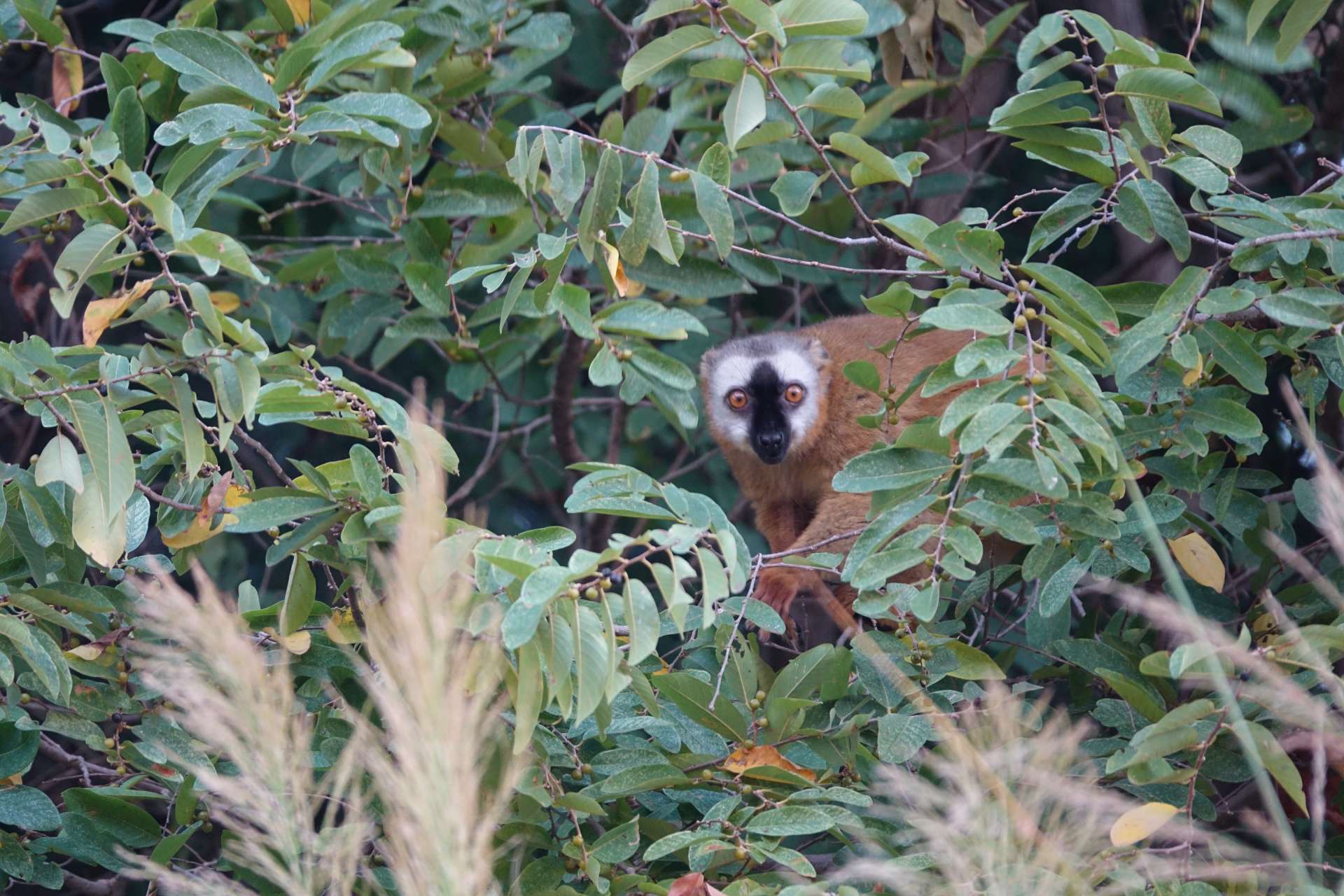
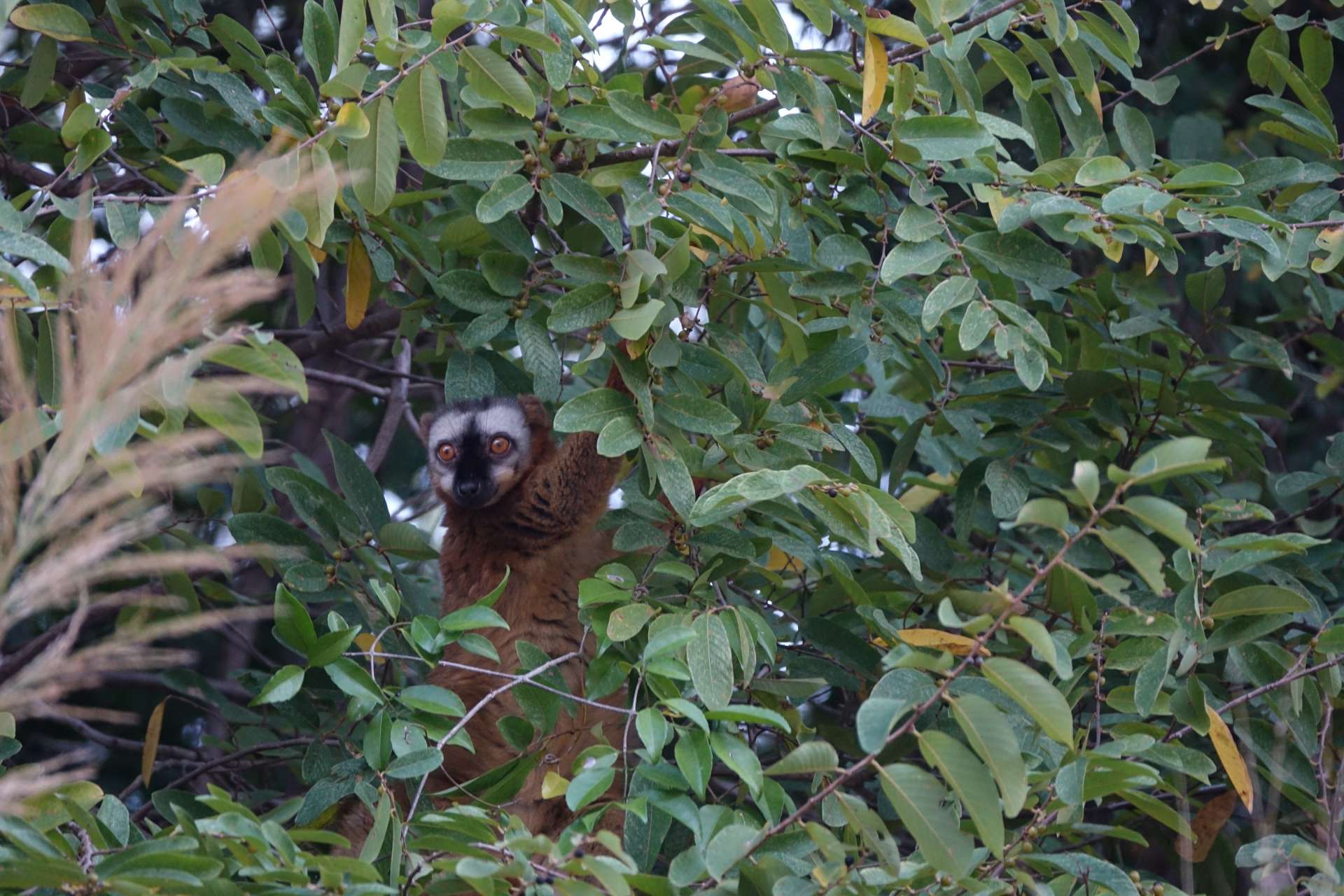
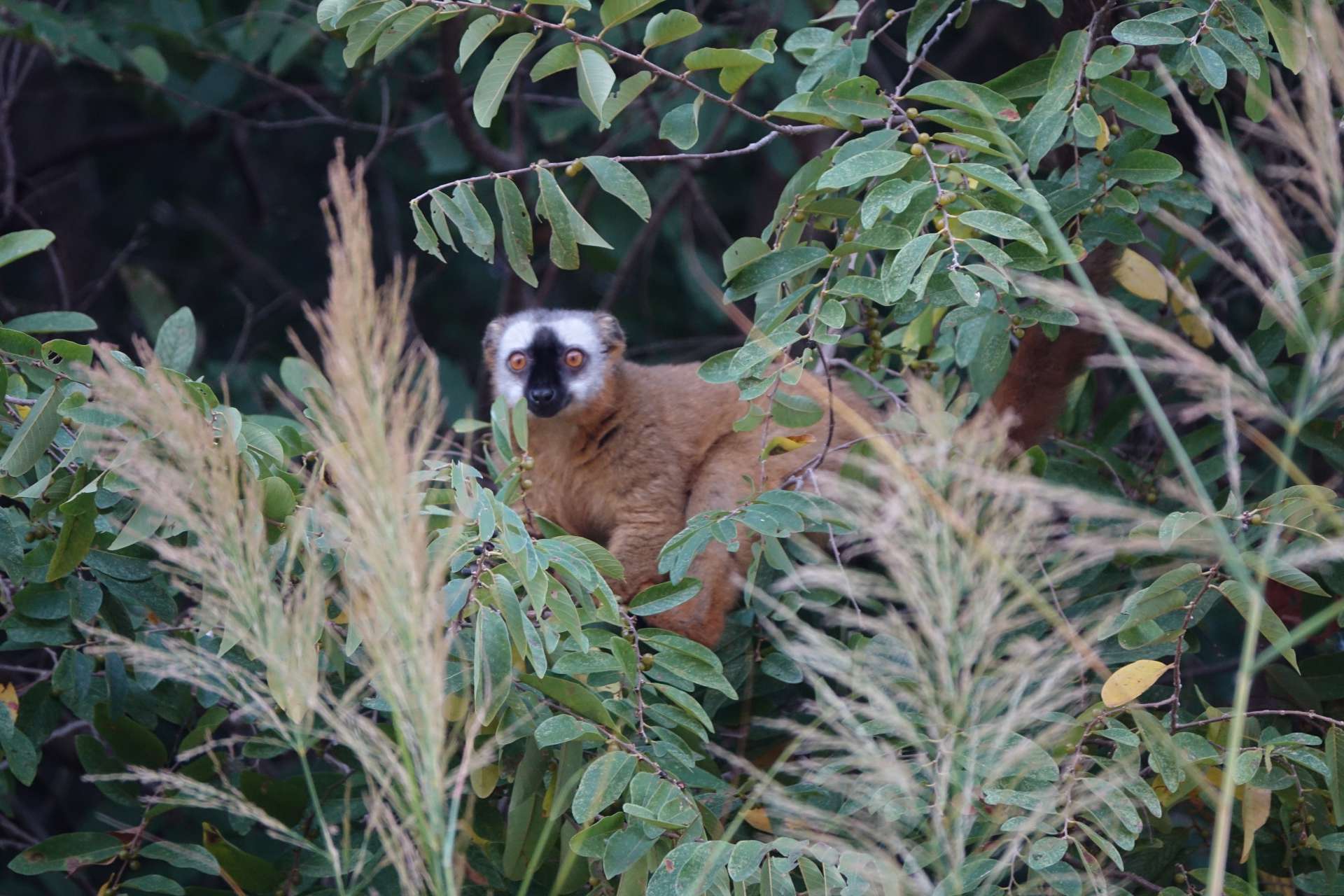
We encountered local people on the river, in their boats heading to the fields, transporting goods to the next town, washing laundry in the river, or children cooling off in the water.
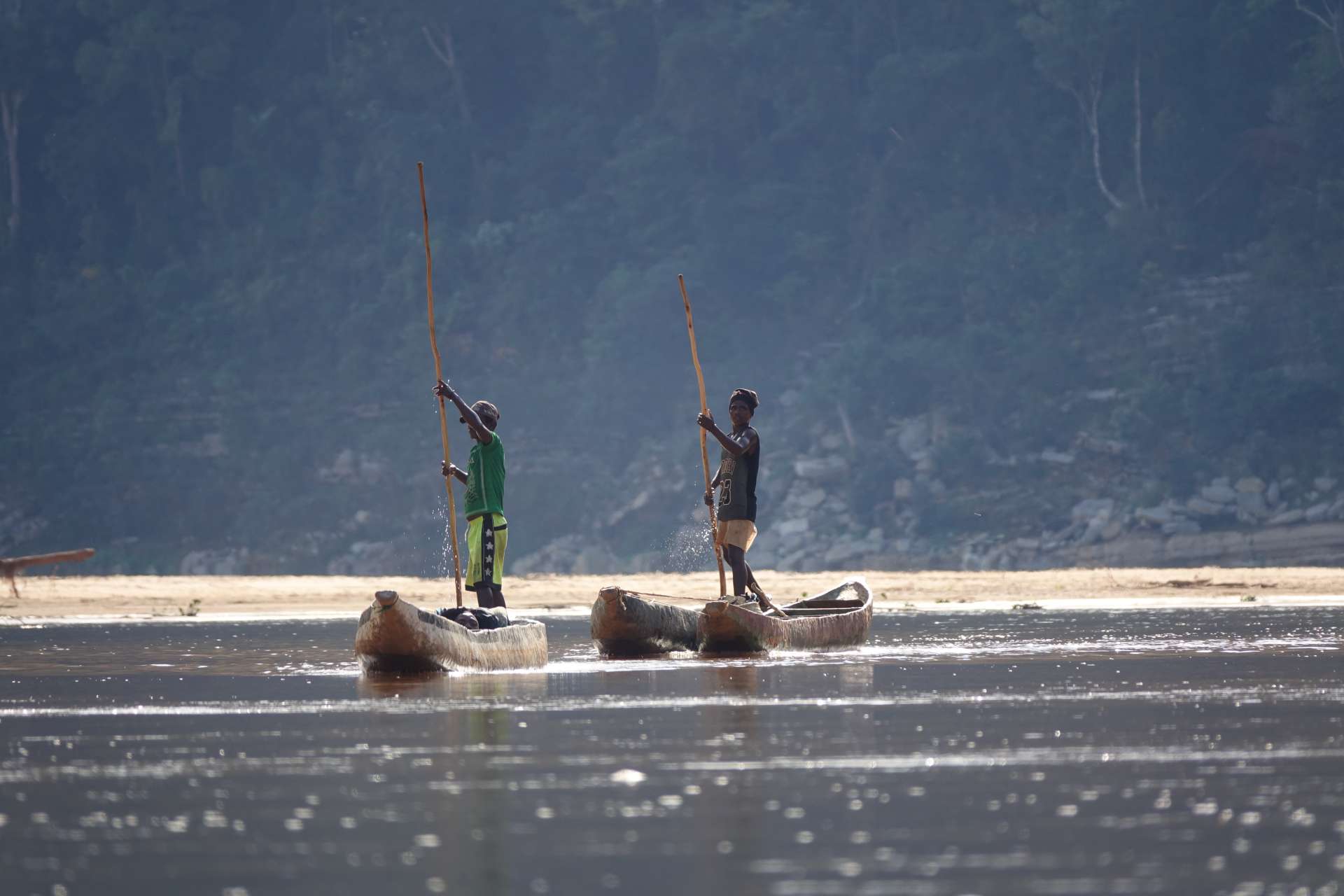
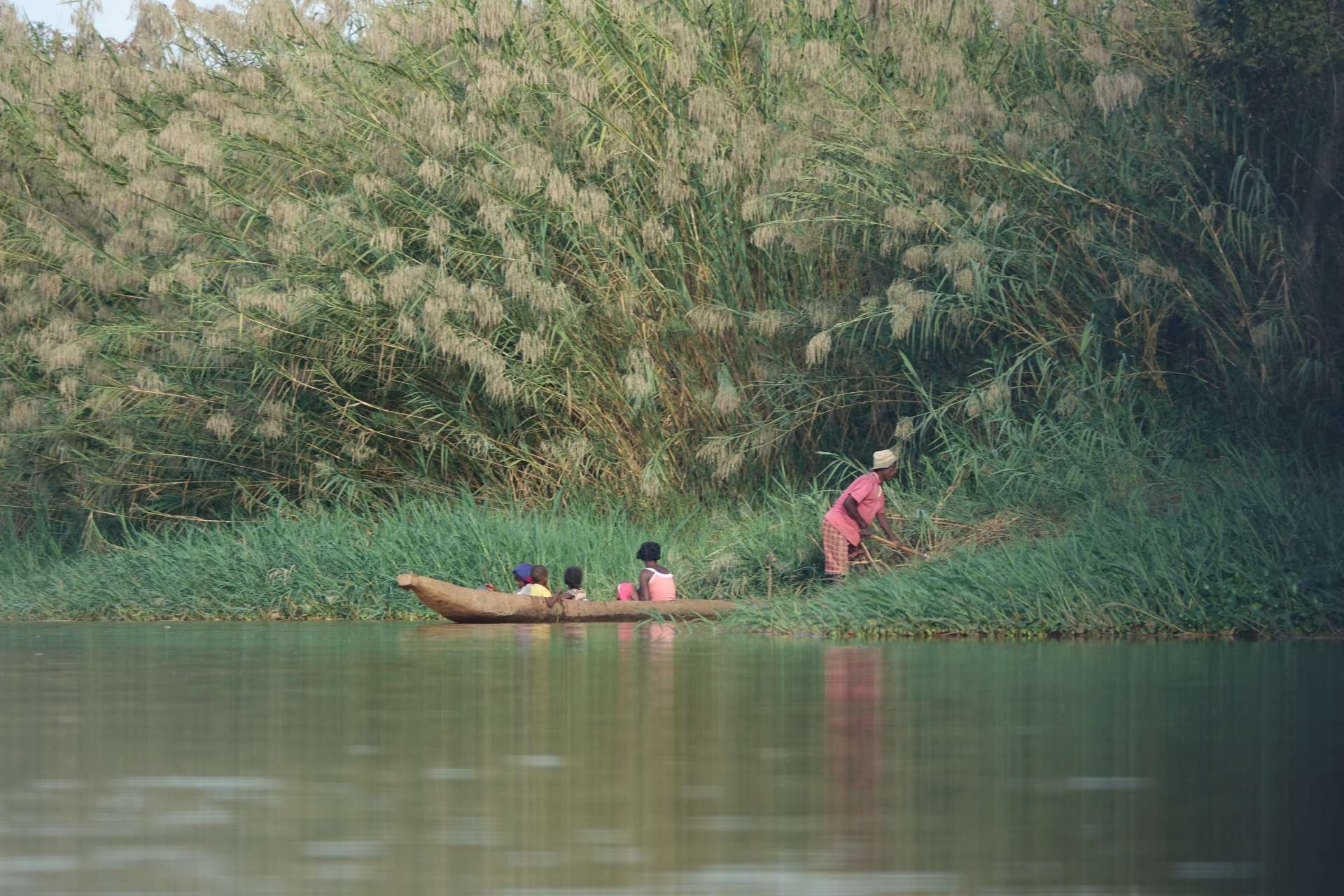
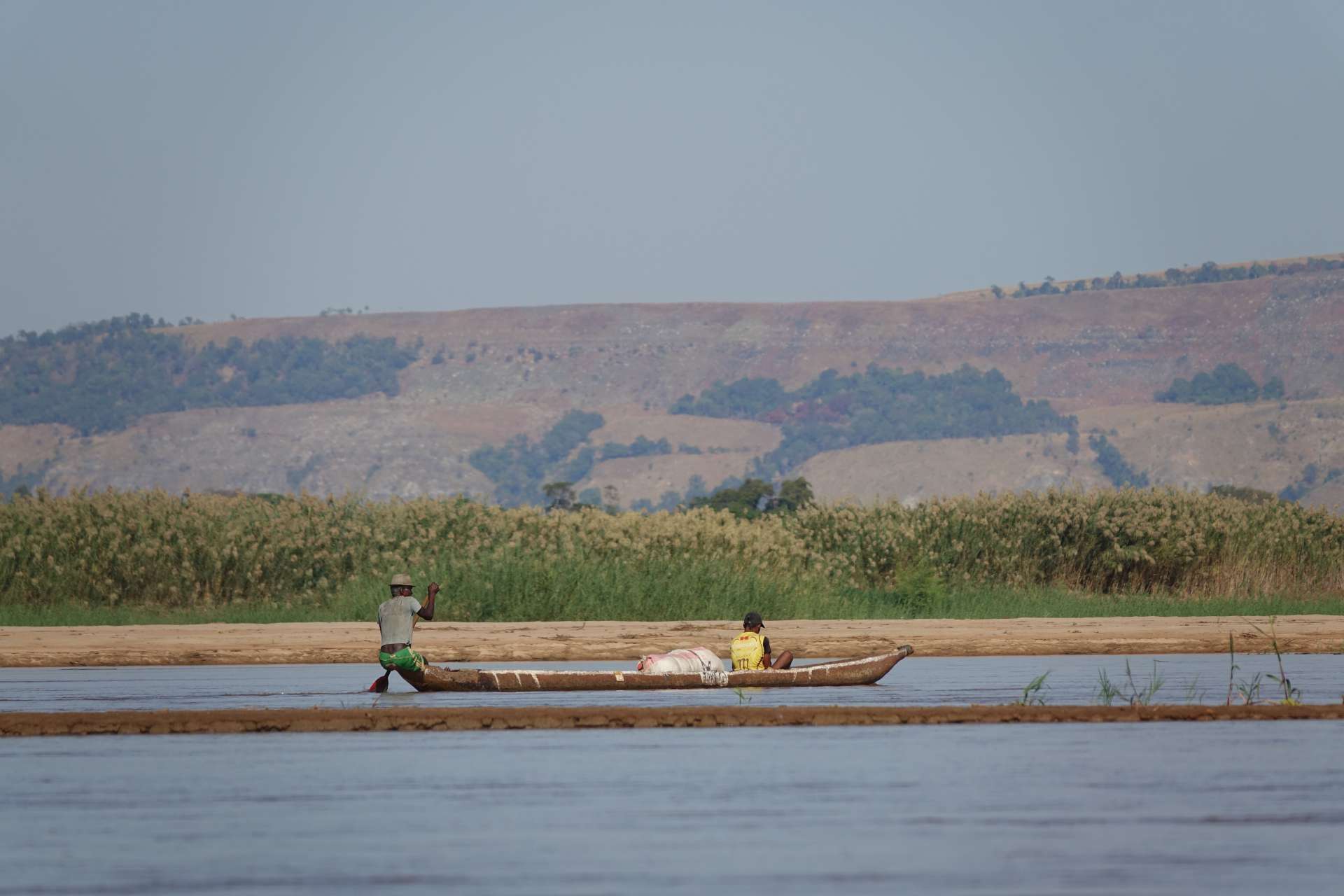
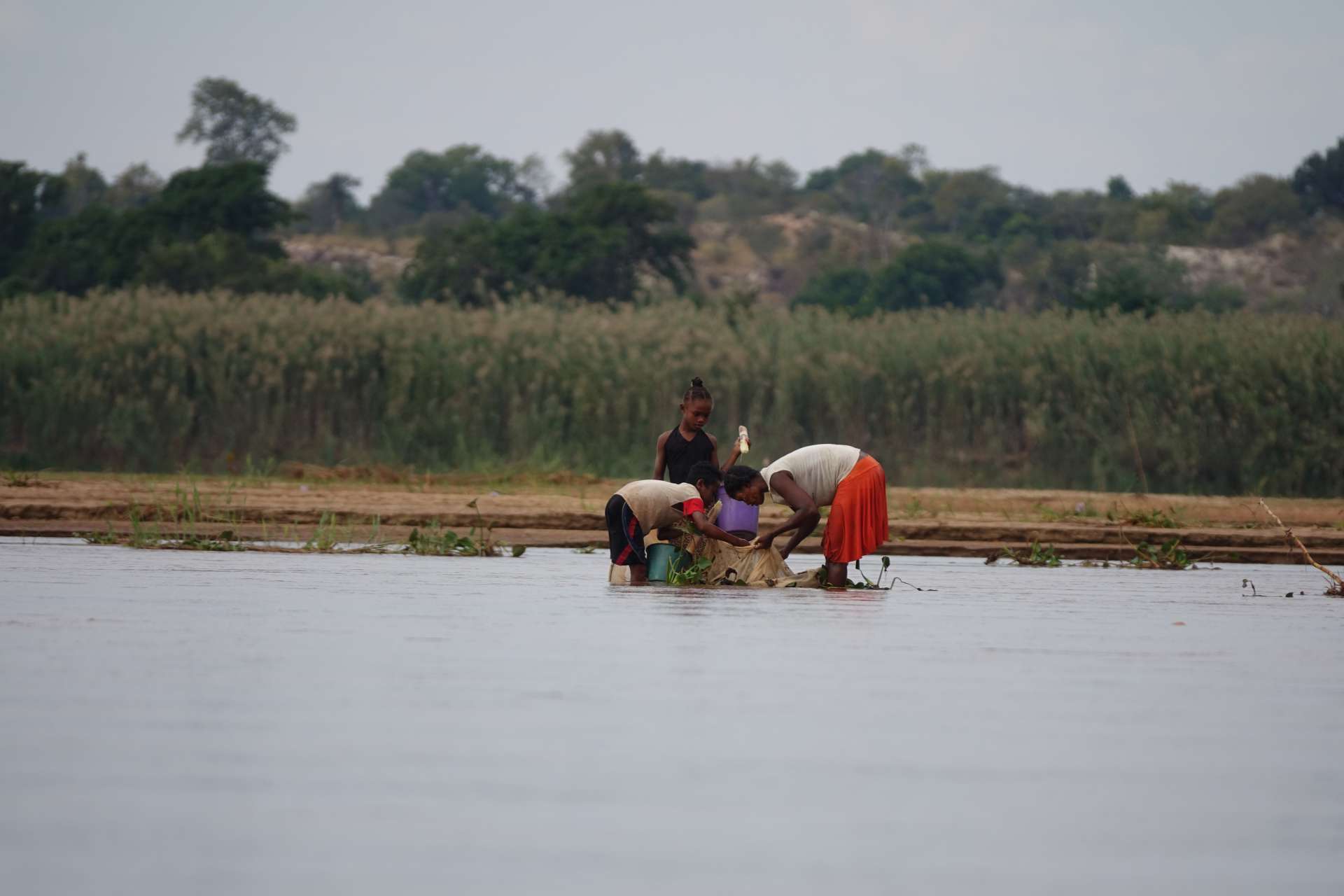
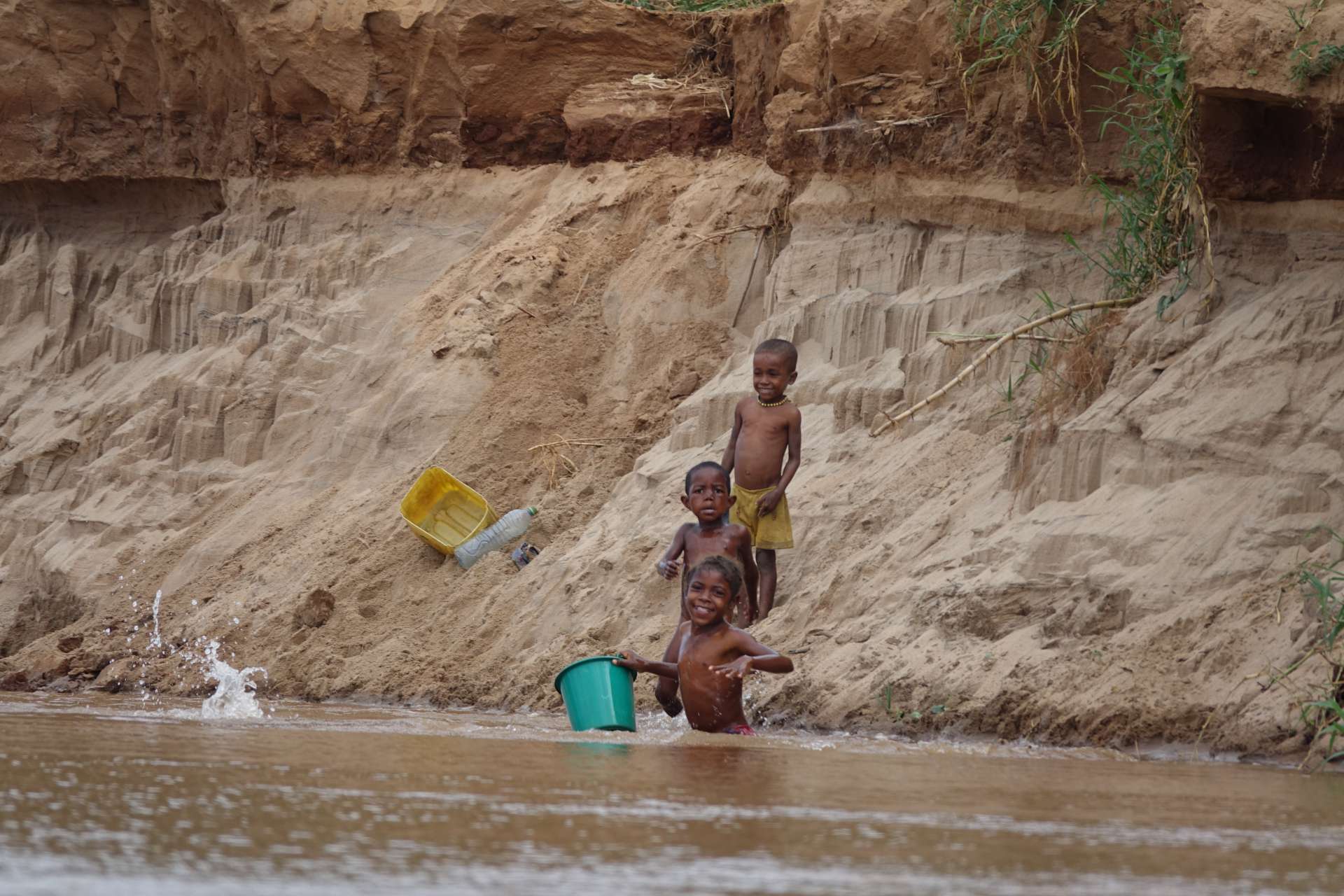
In the evening of the first day, we visited a waterfall. The water was crystal clear and the waterfall was beautiful.
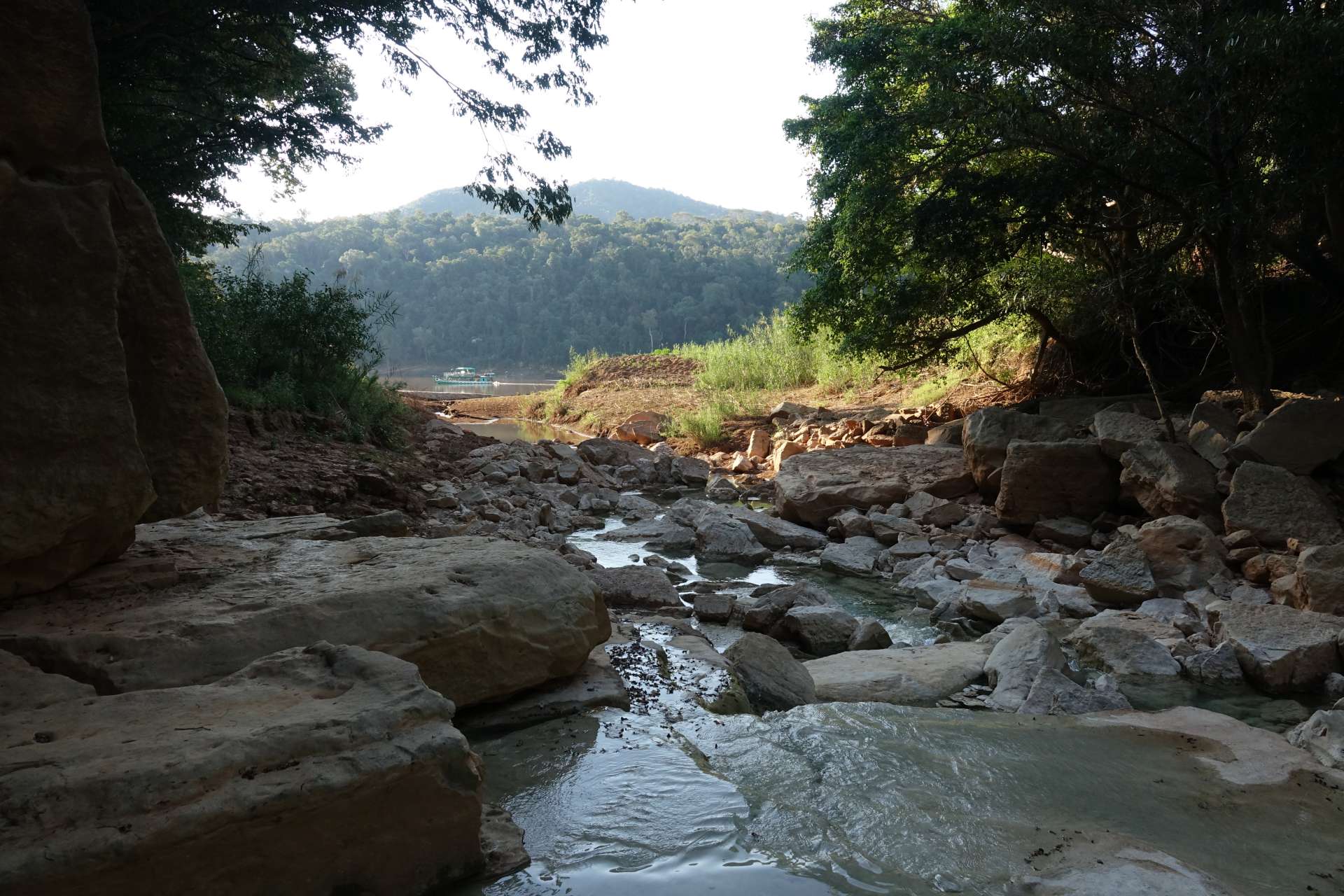
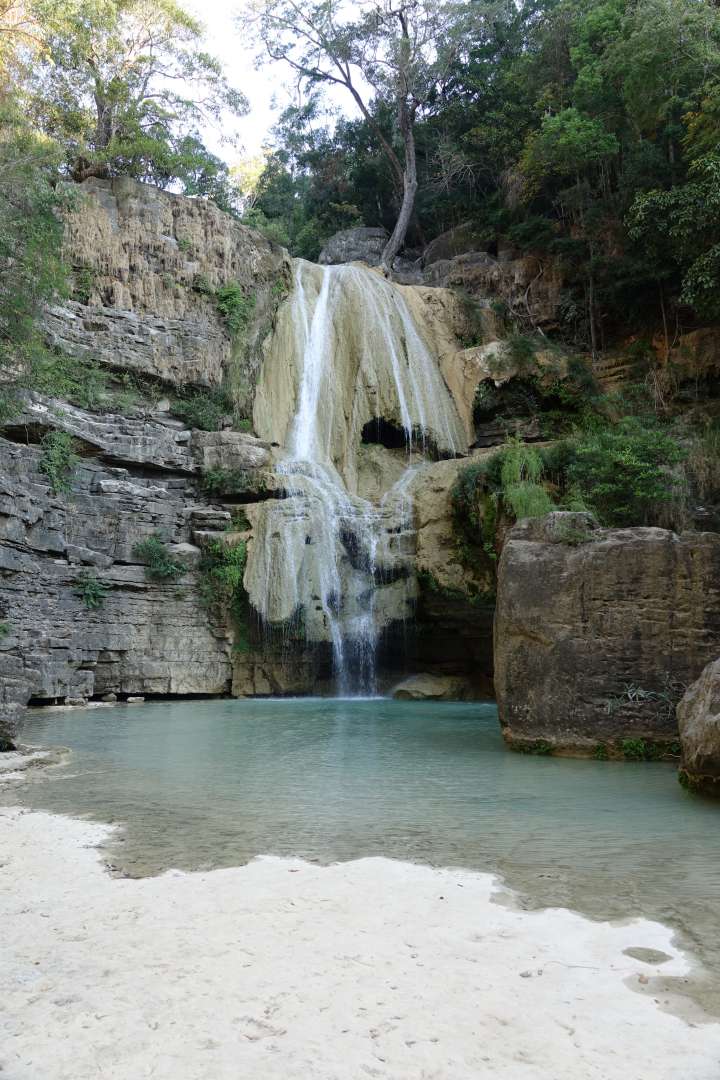
We also got to see lemurs again.
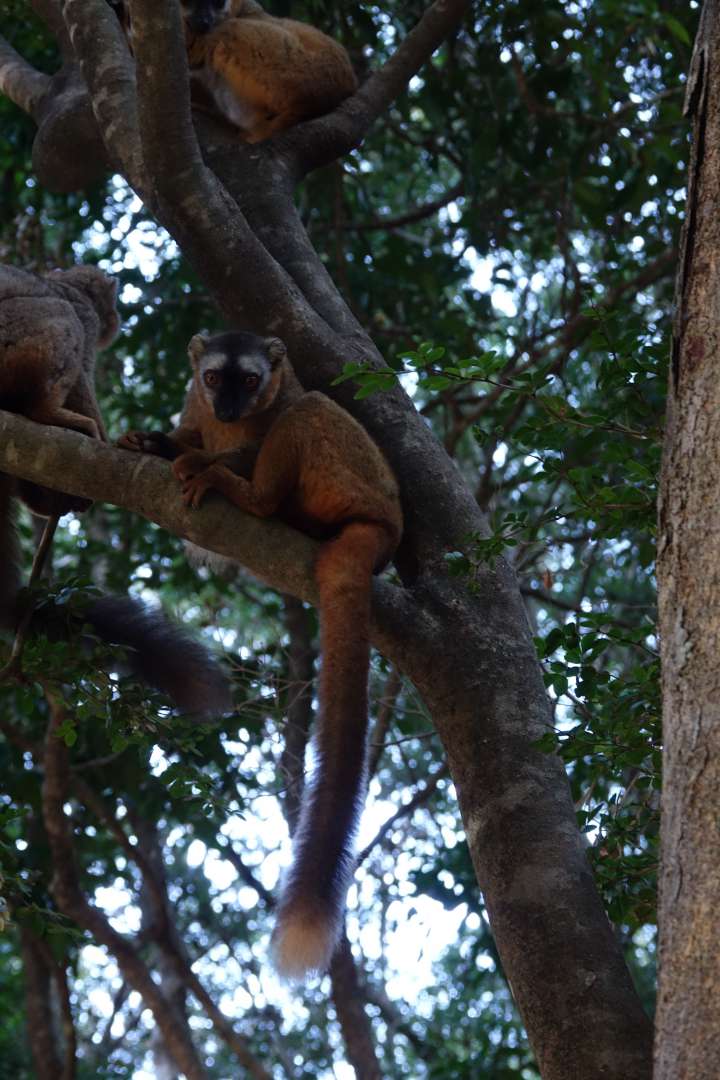
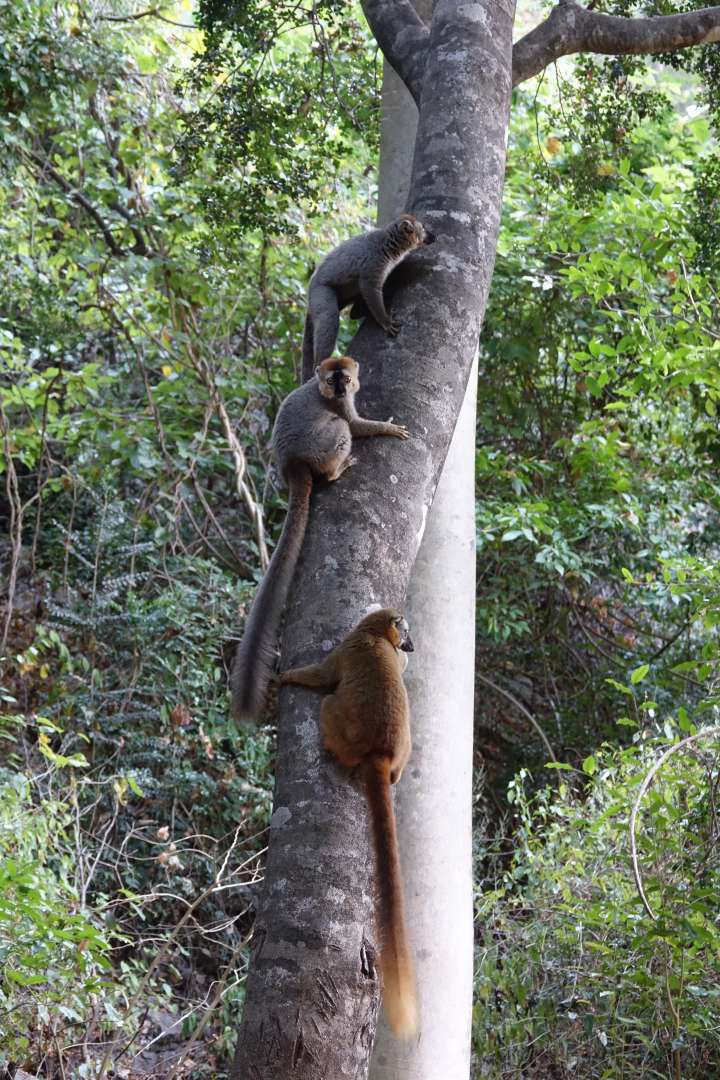
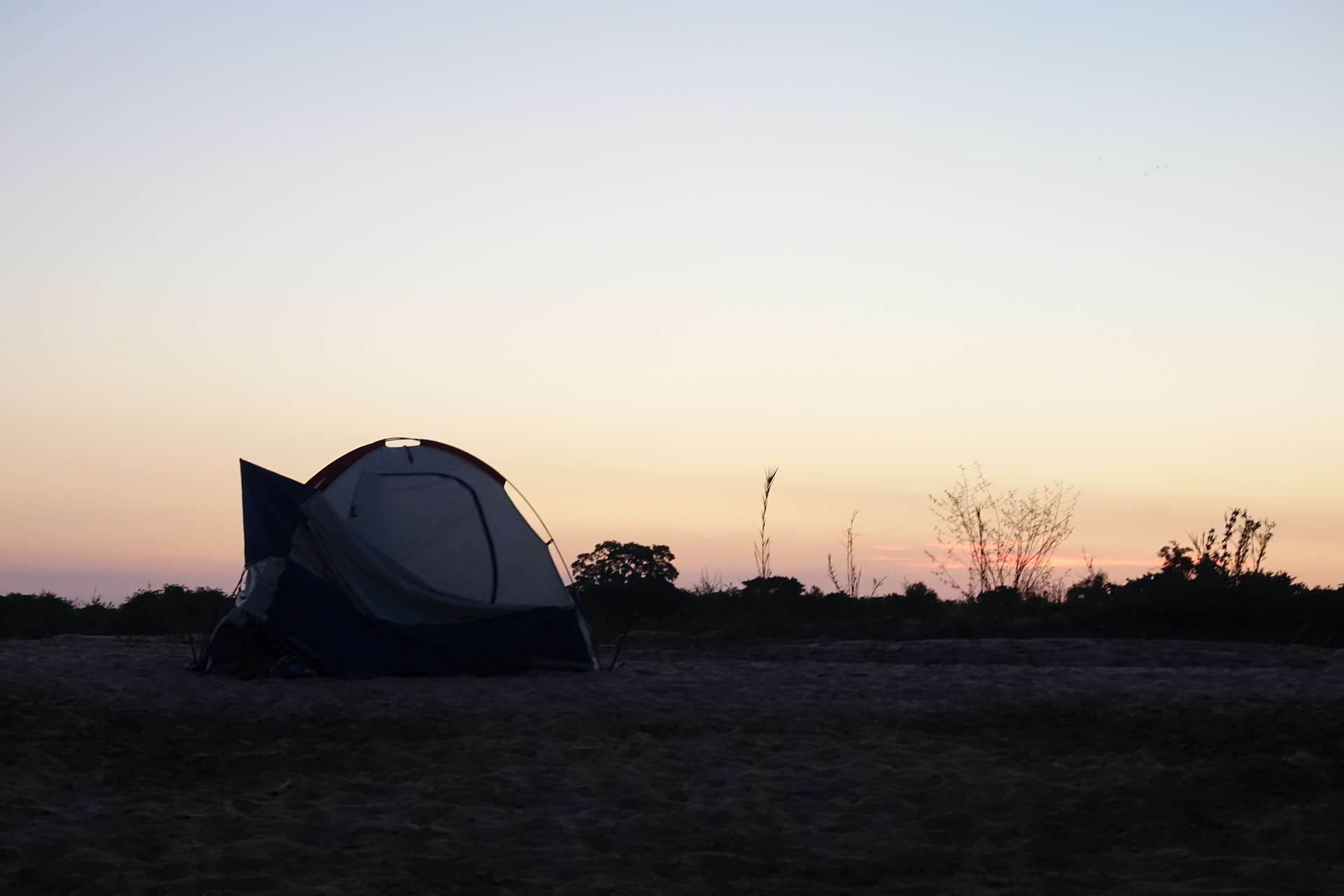
In the morning of the second day, we stopped at a village after half an hour of paddling. Our guide went shopping, and during that time, we entertained the children.
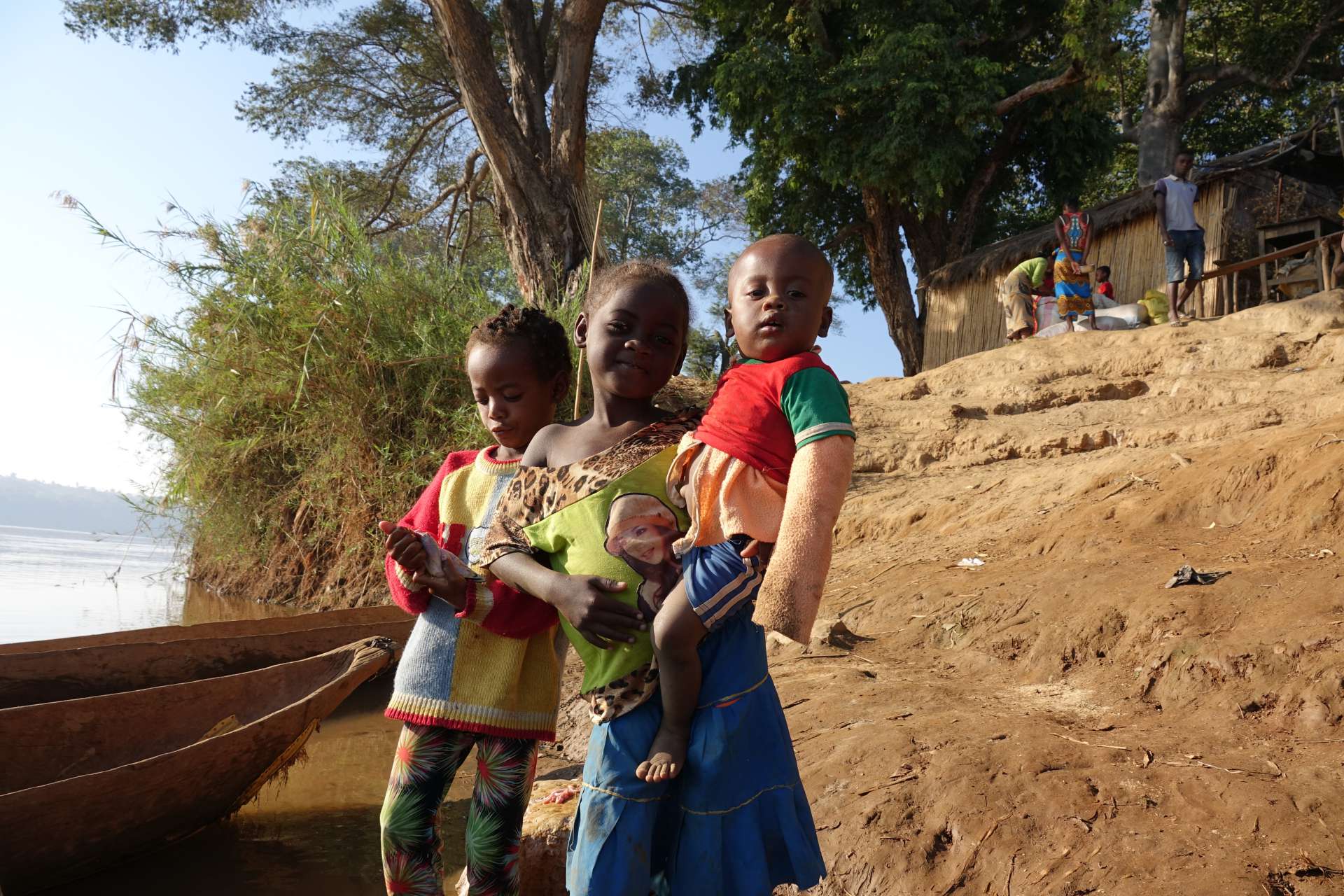
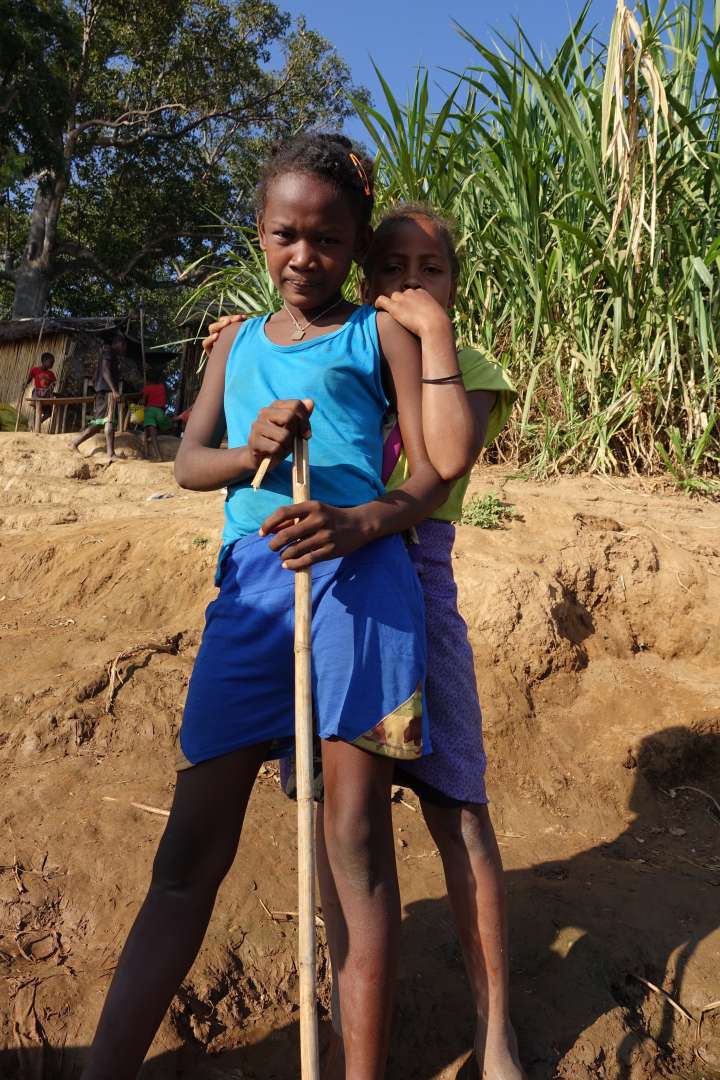
When our guide returned, he brought our dinner. To prevent the meat from spoiling, we brought it alive with us. So, we had an additional passenger, a chicken.
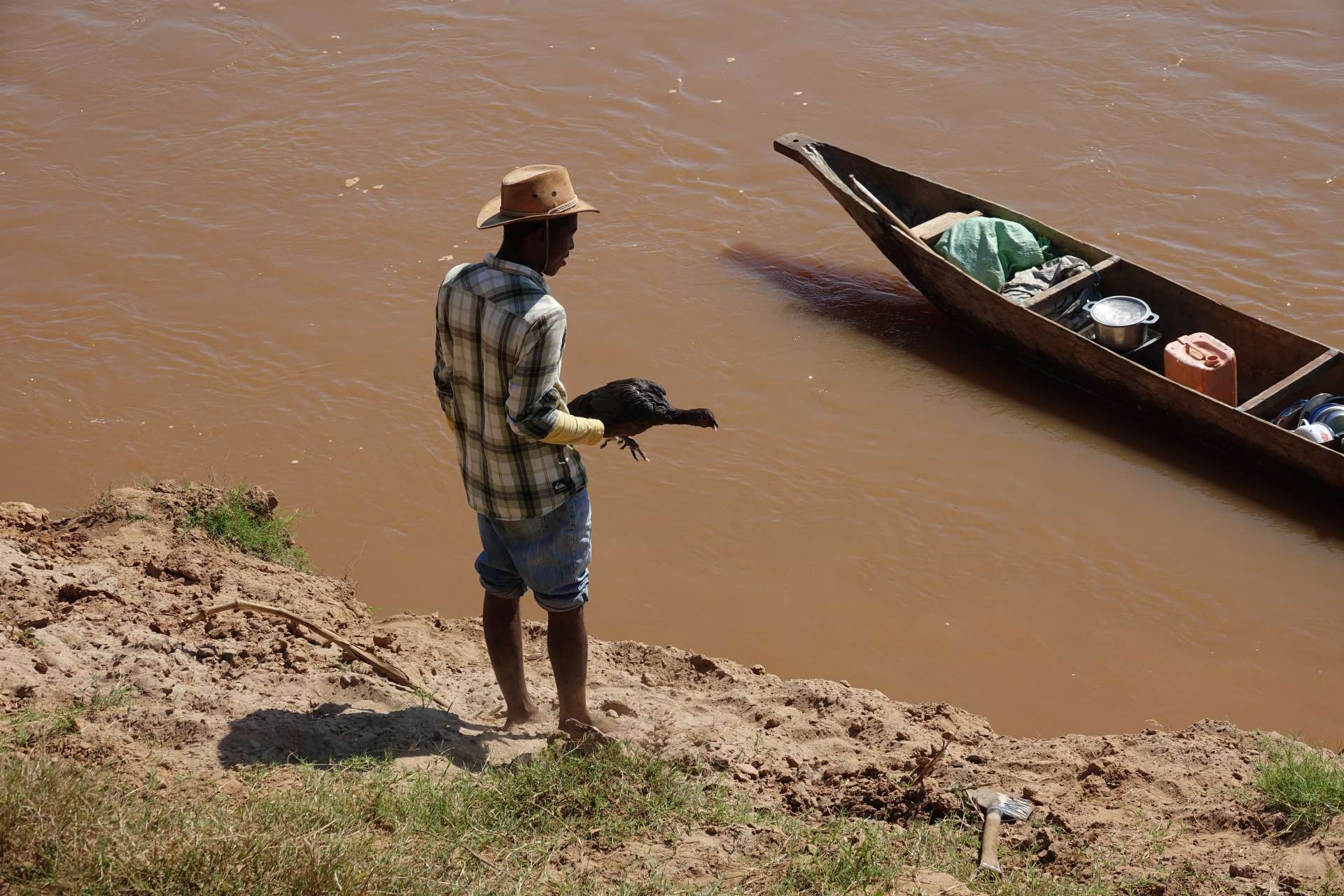
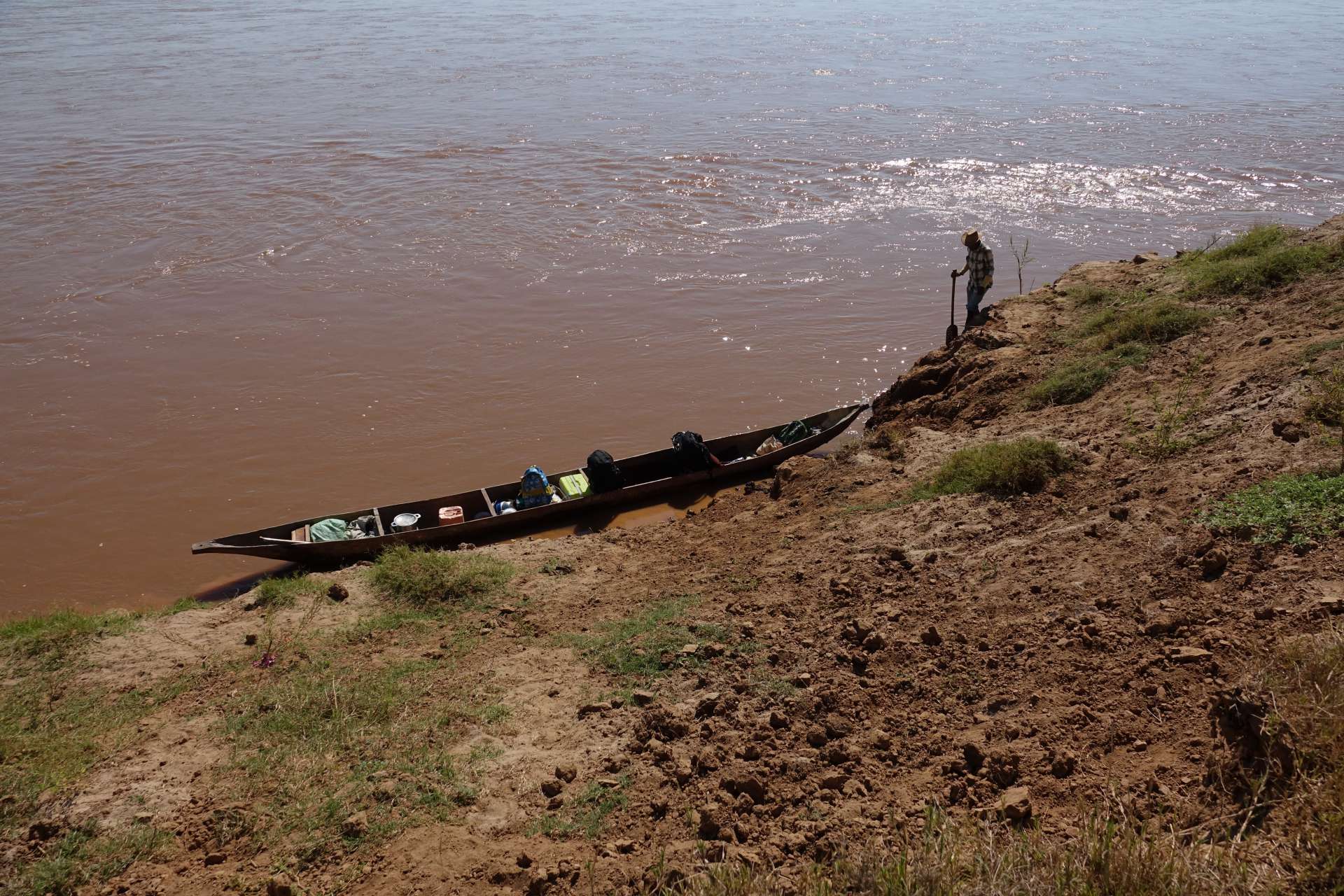
During lunch, we were assigned a task. While we waited in the shade of a tree for lunch to be ready, we had to watch over our dinner. It made a few escape attempts, but we managed to catch it each time.
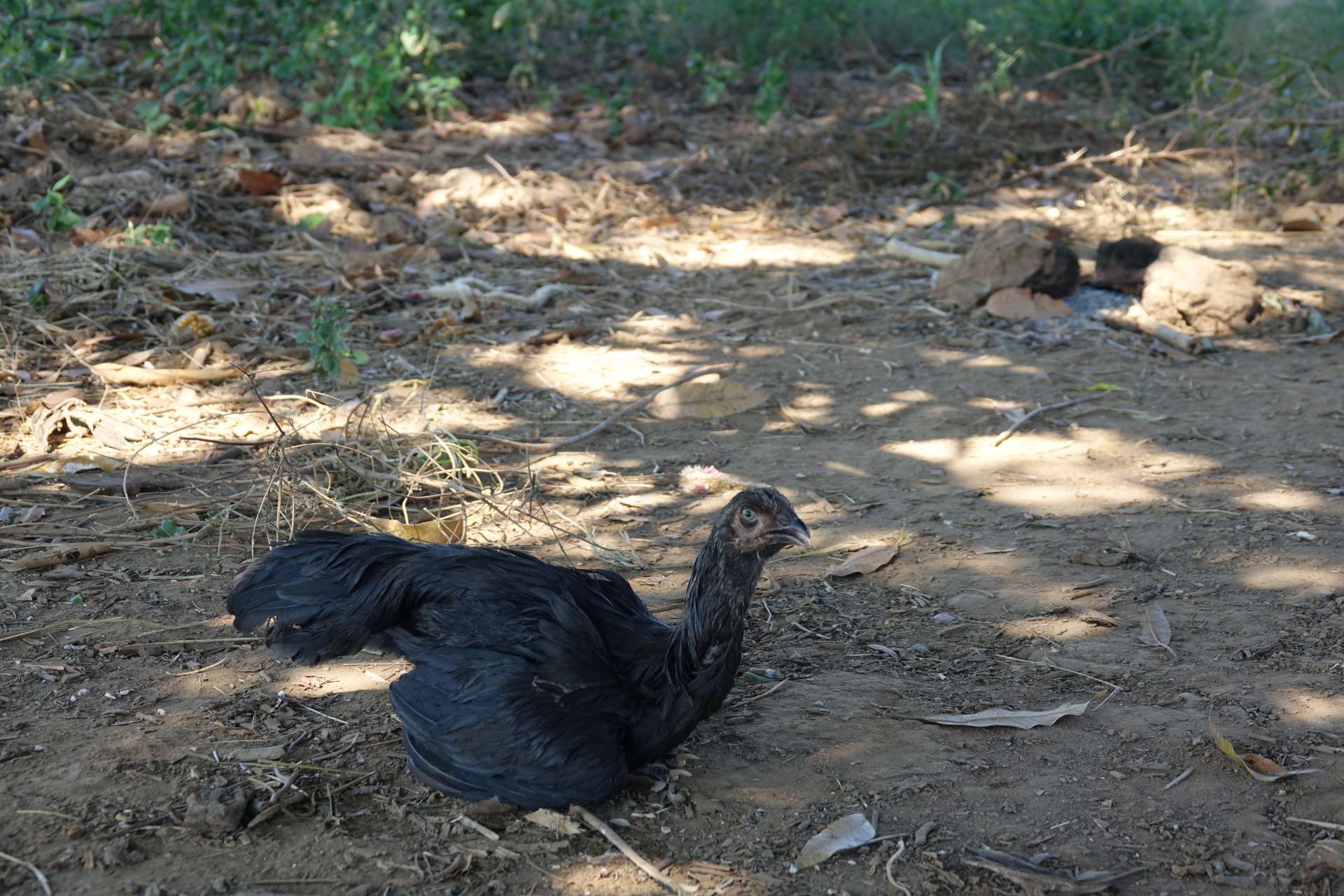
In the afternoon, we saw a crocodile lying on the riverbank, basking in the sun. But as soon as we approached, it fled and submerged into the water. We also saw various birds.
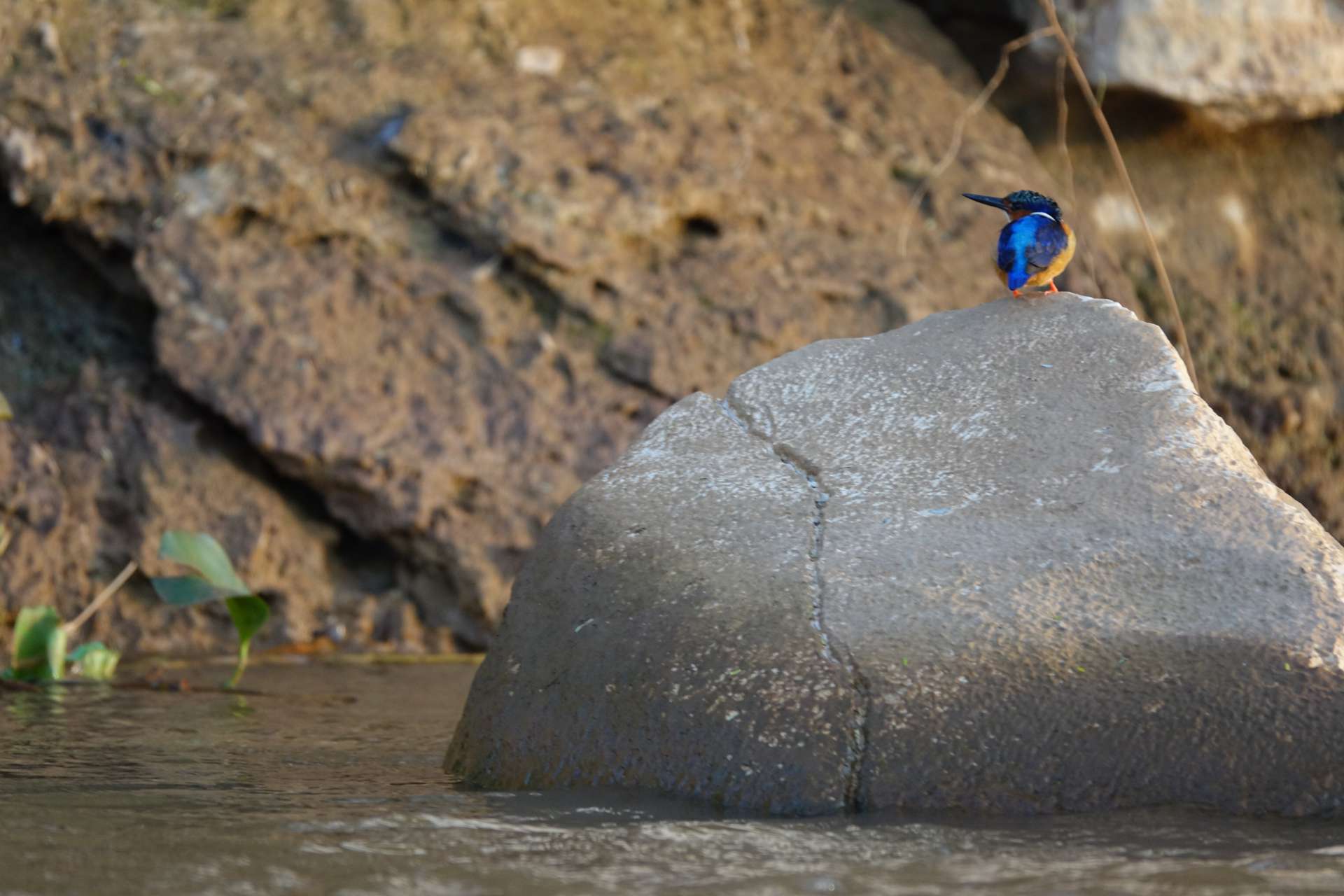
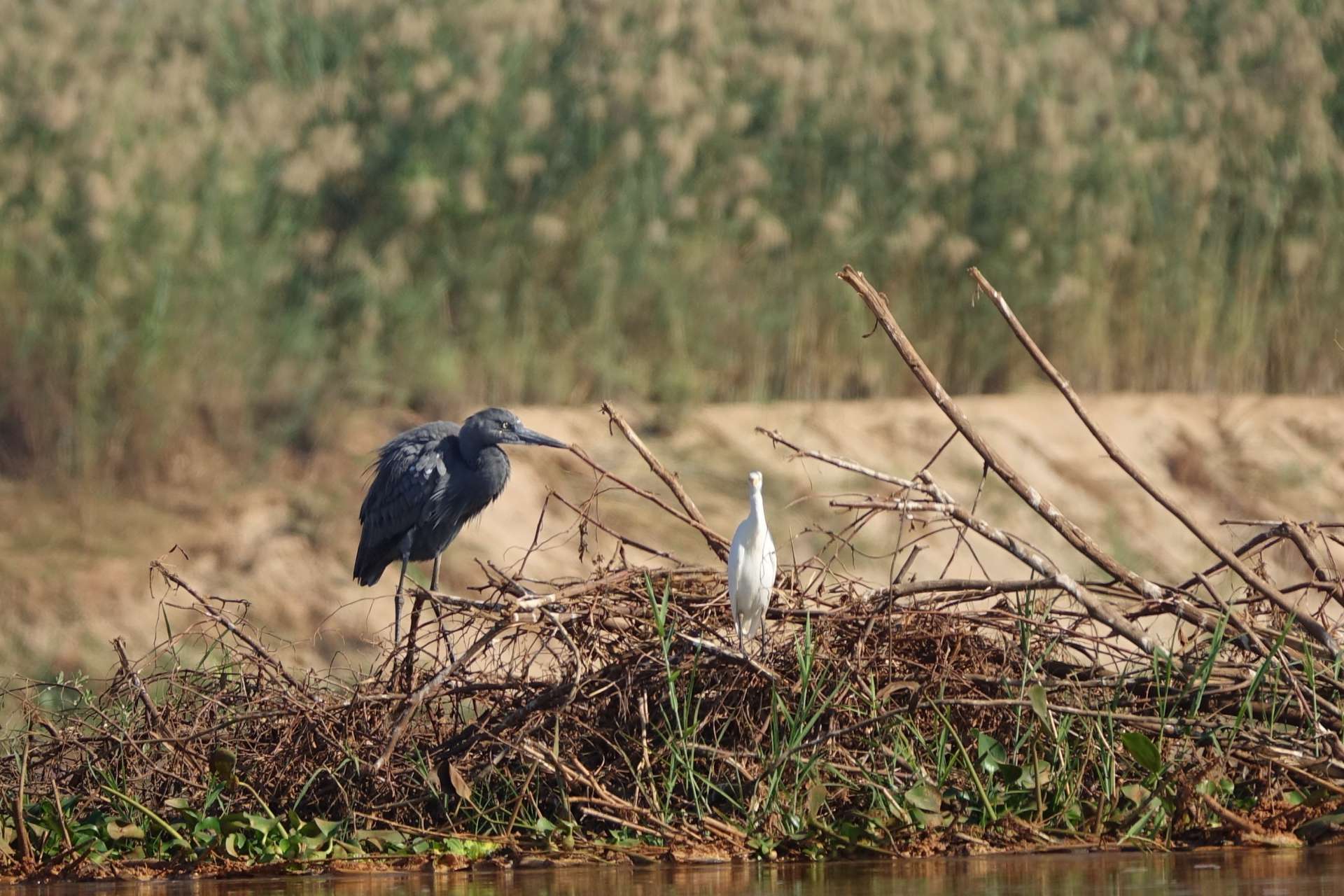
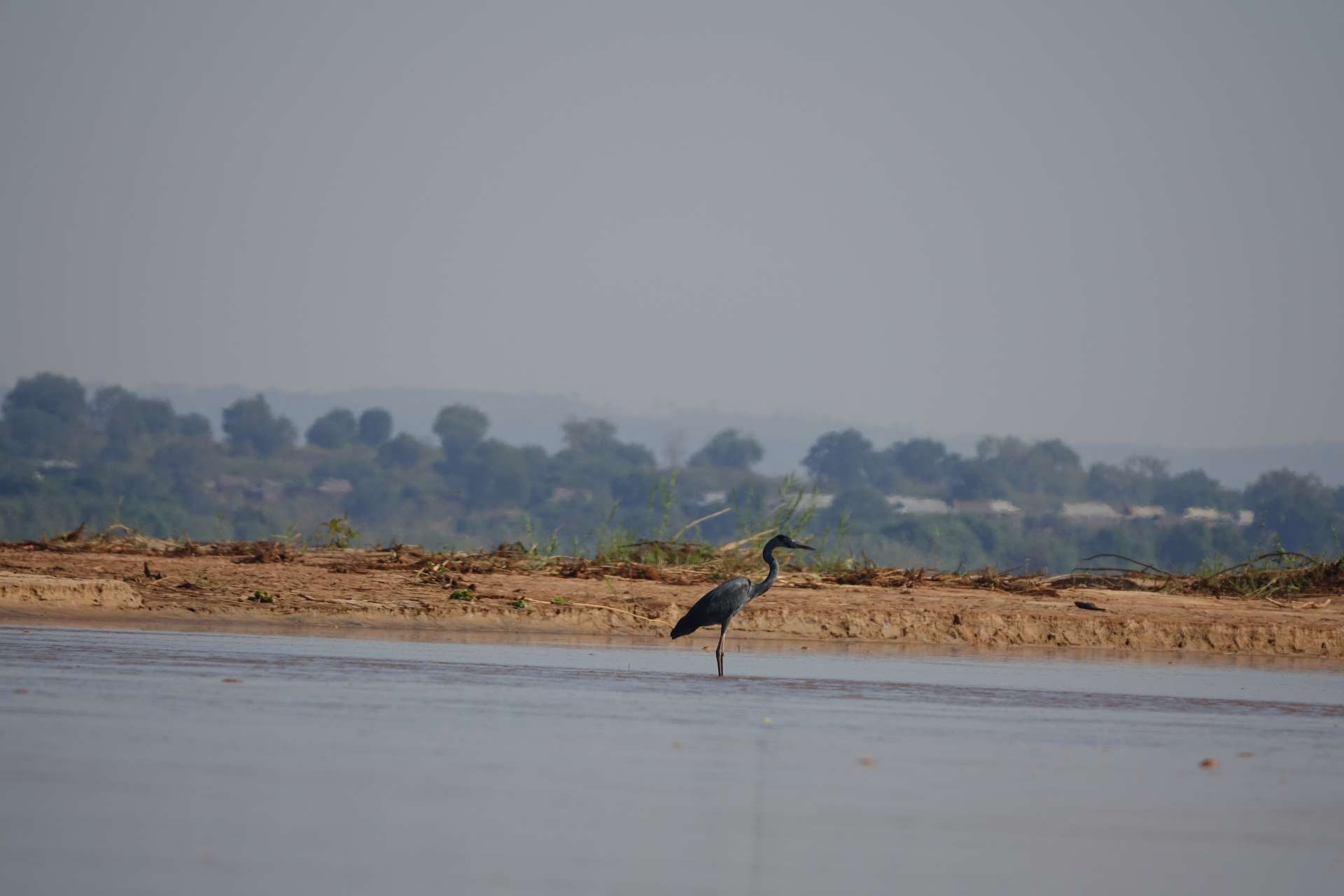
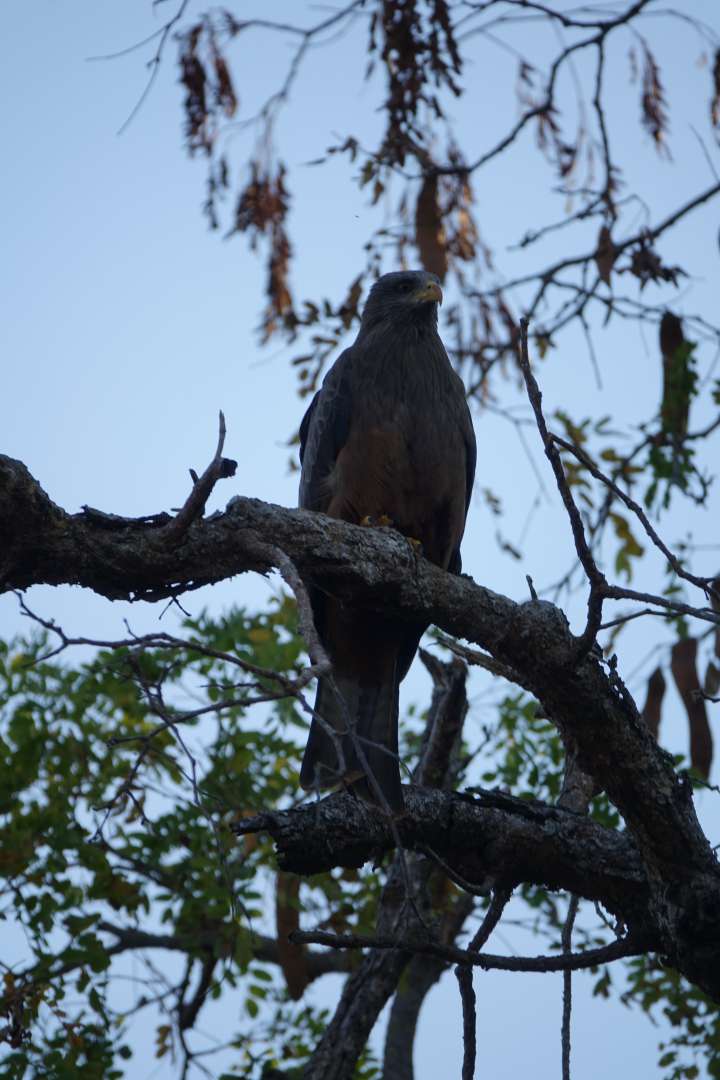
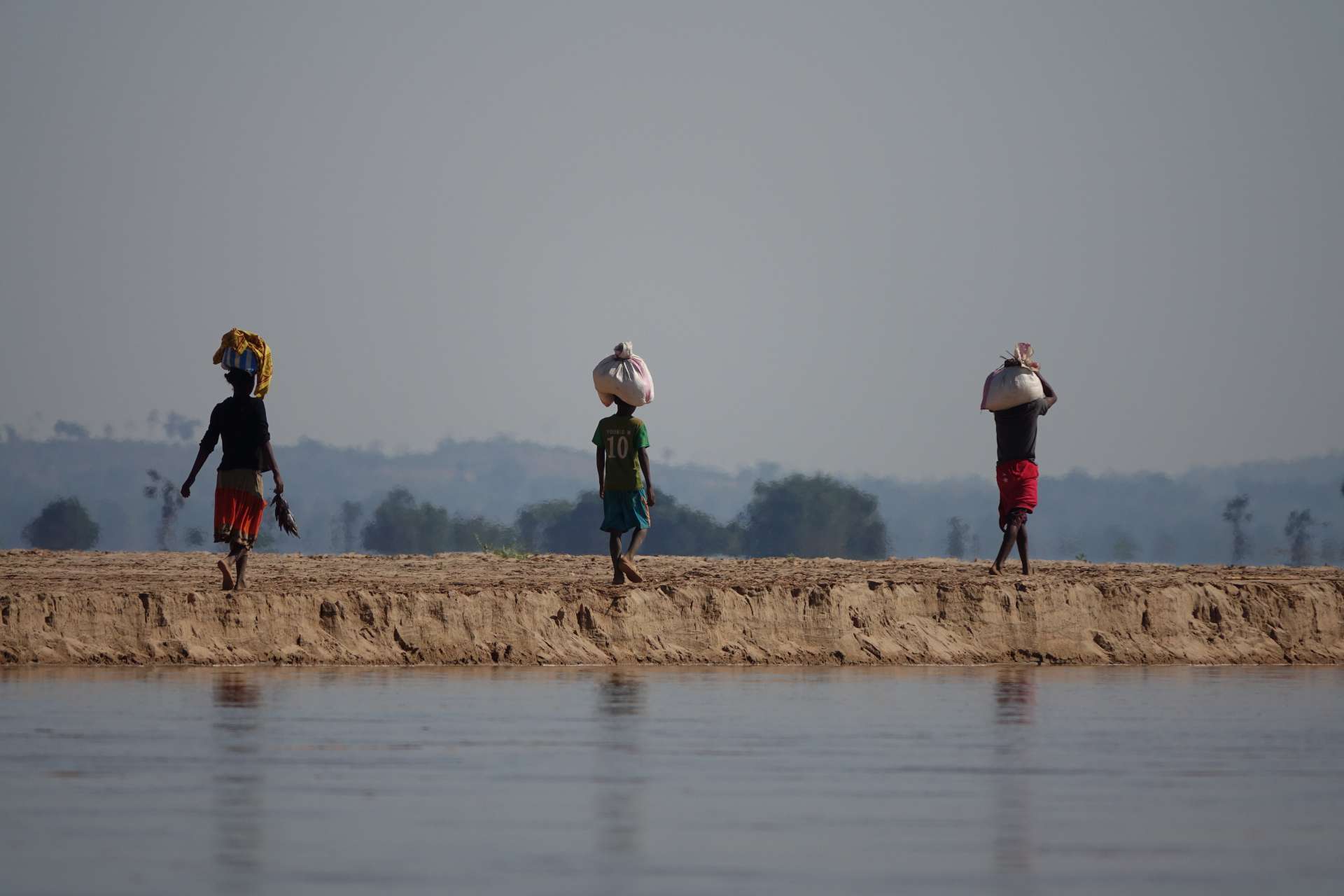
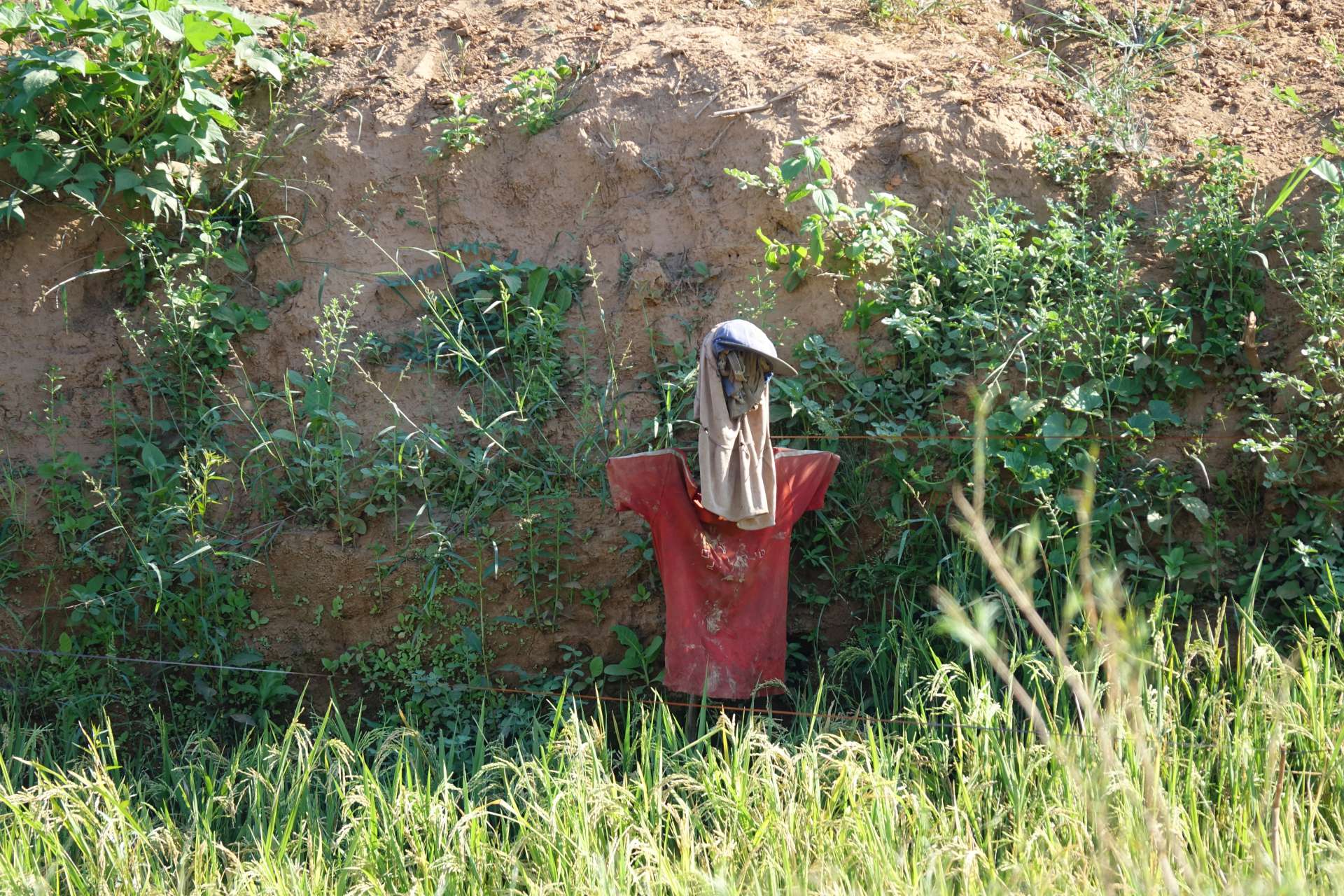
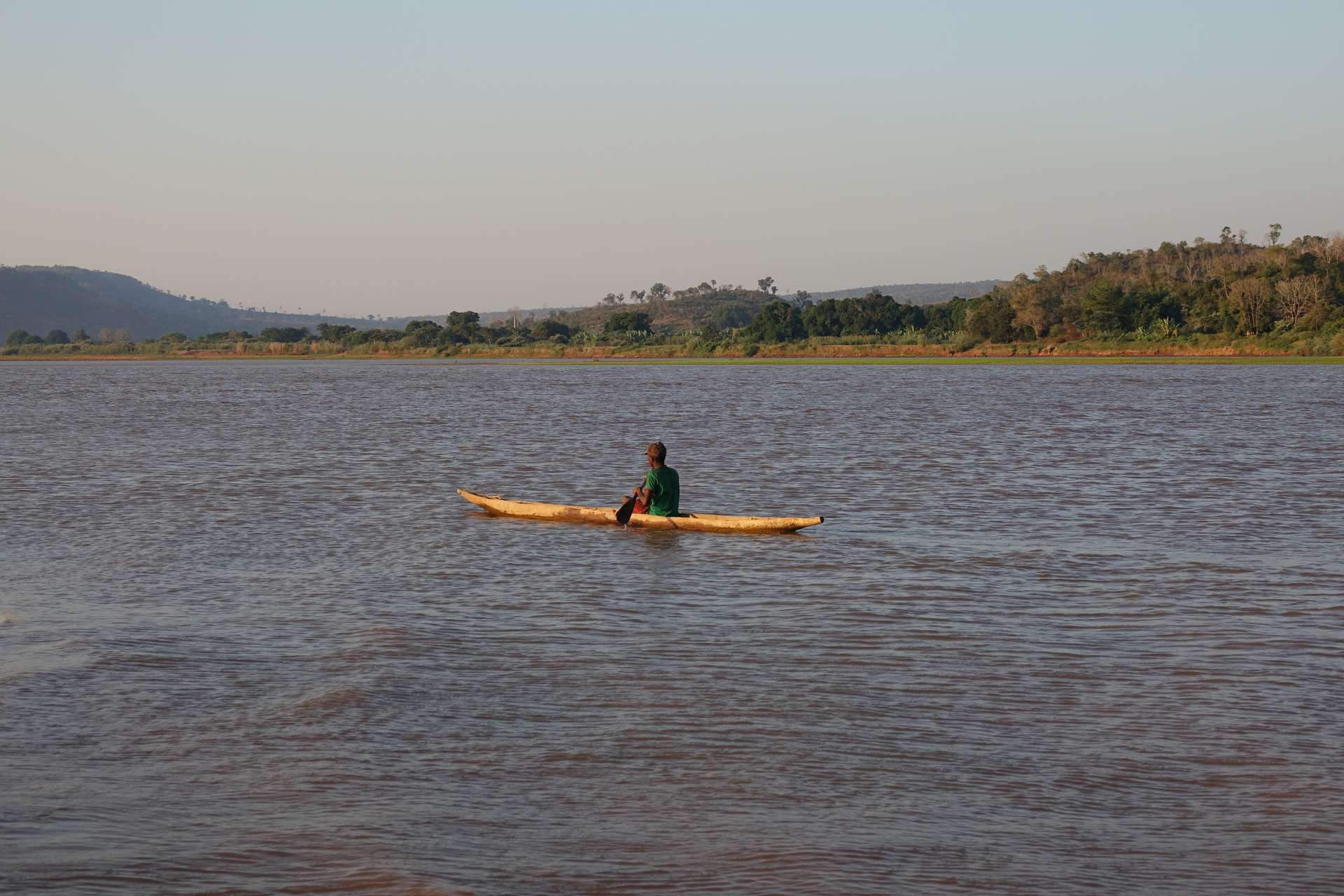
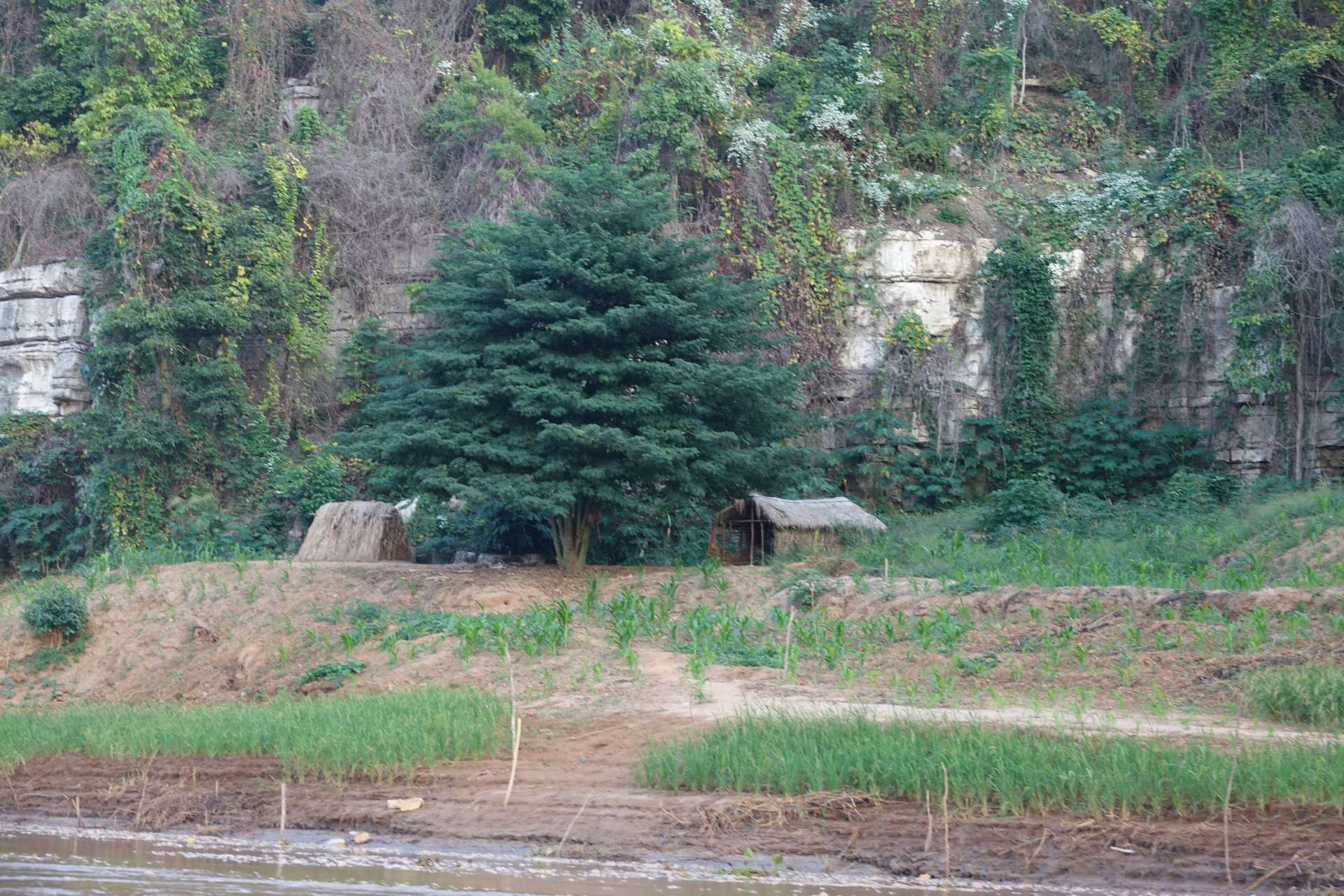
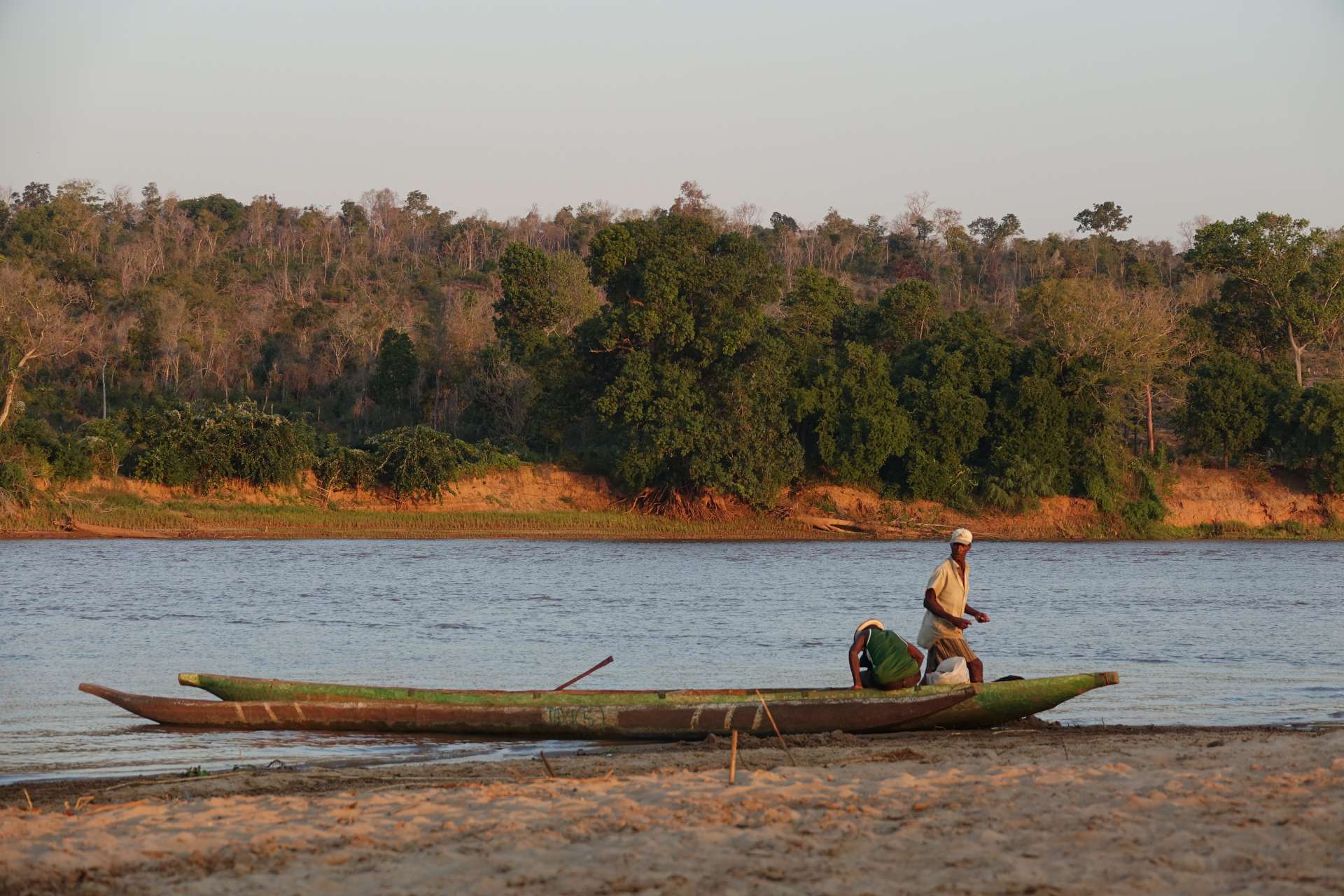
The nature and its people were truly breathtaking.
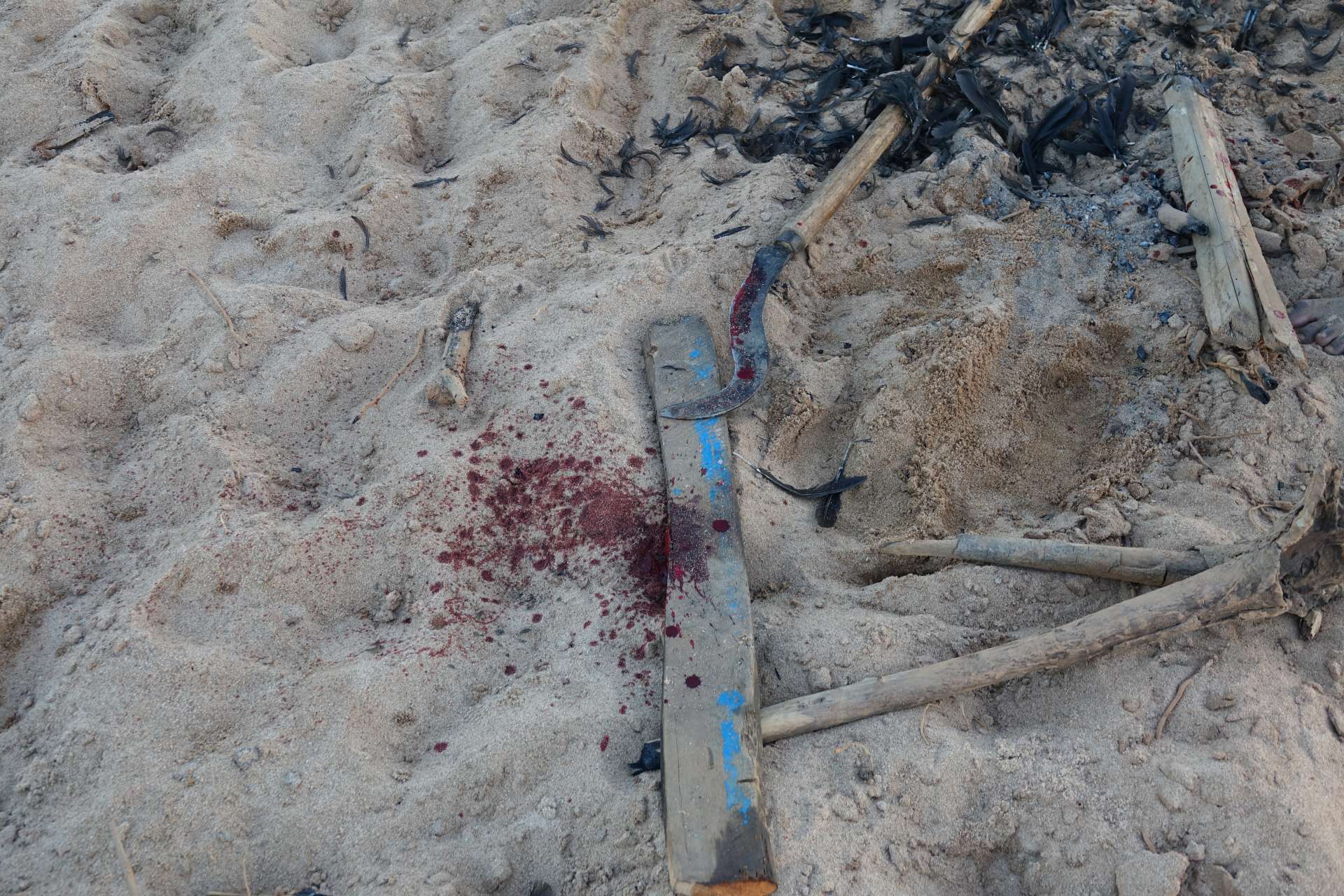
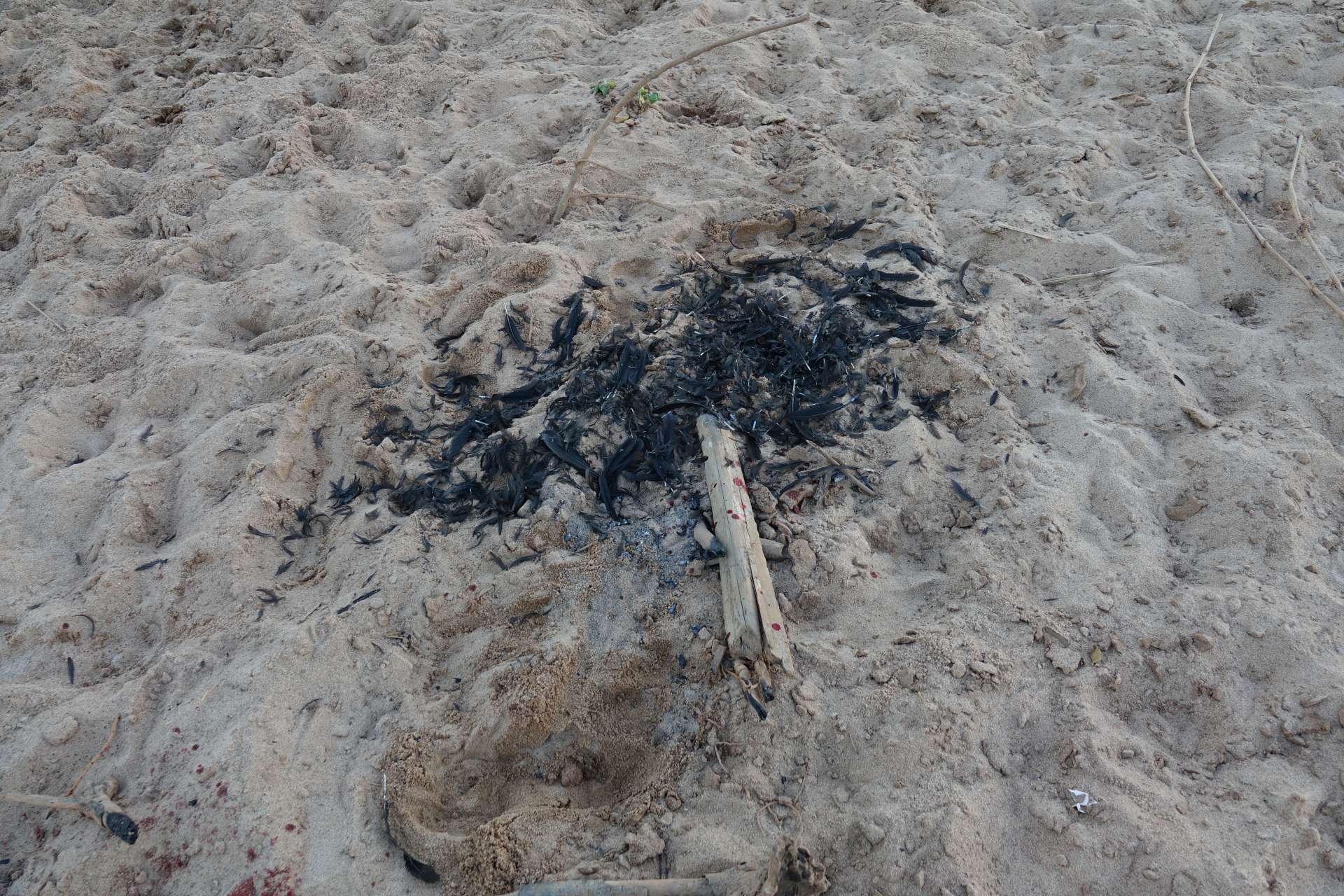
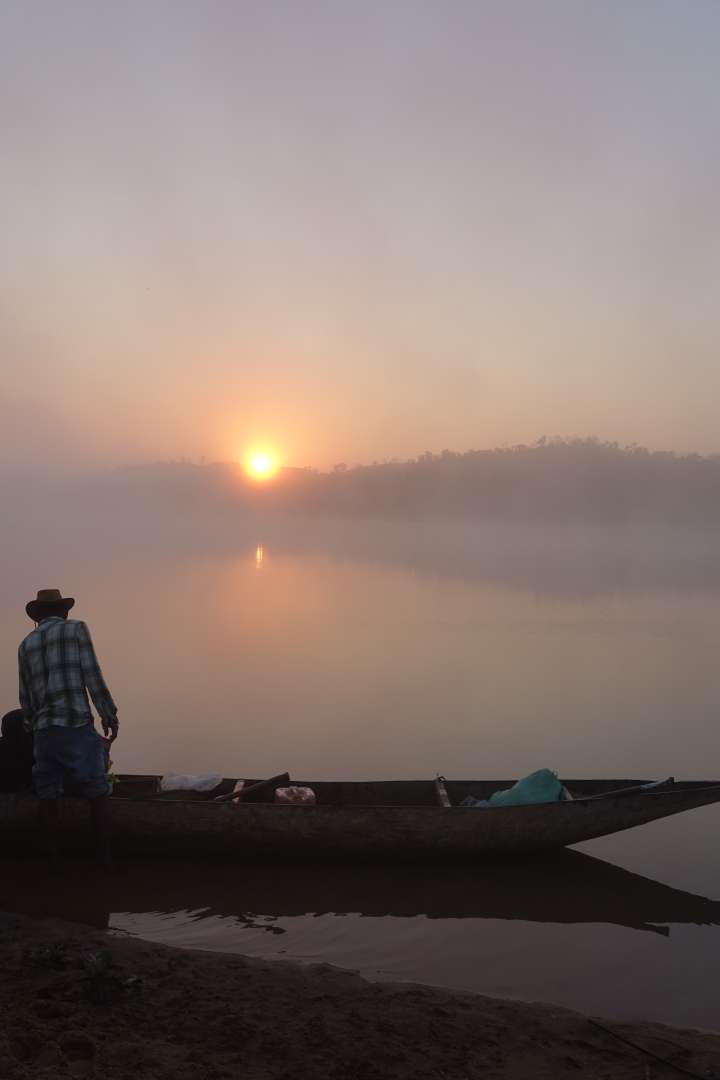
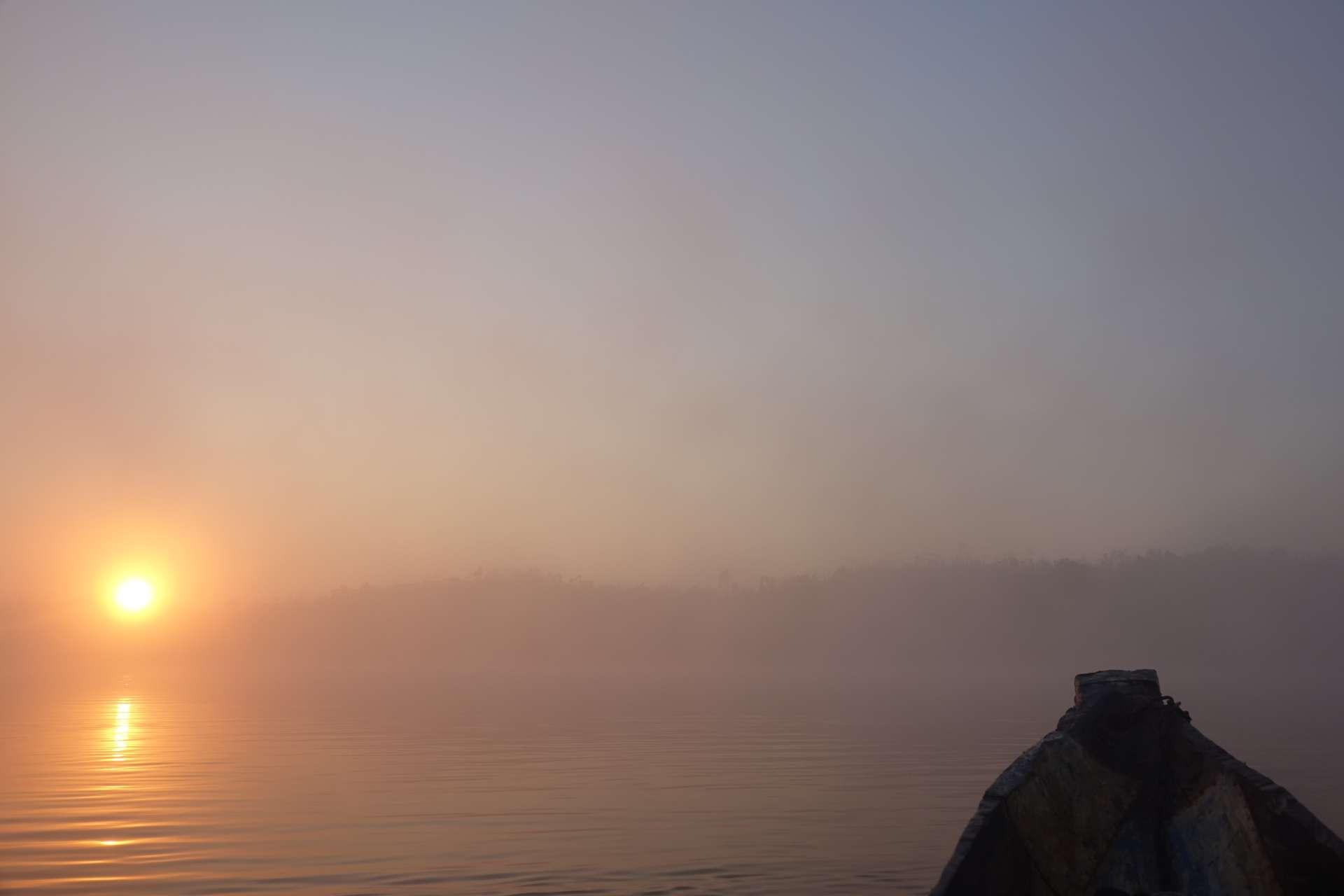
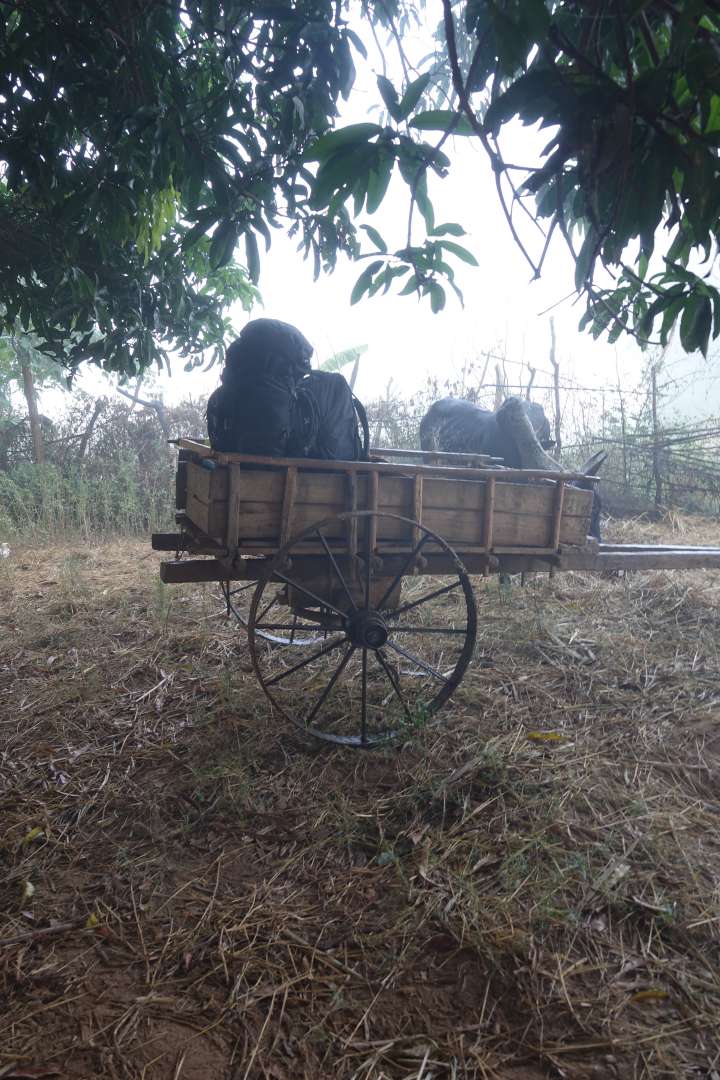
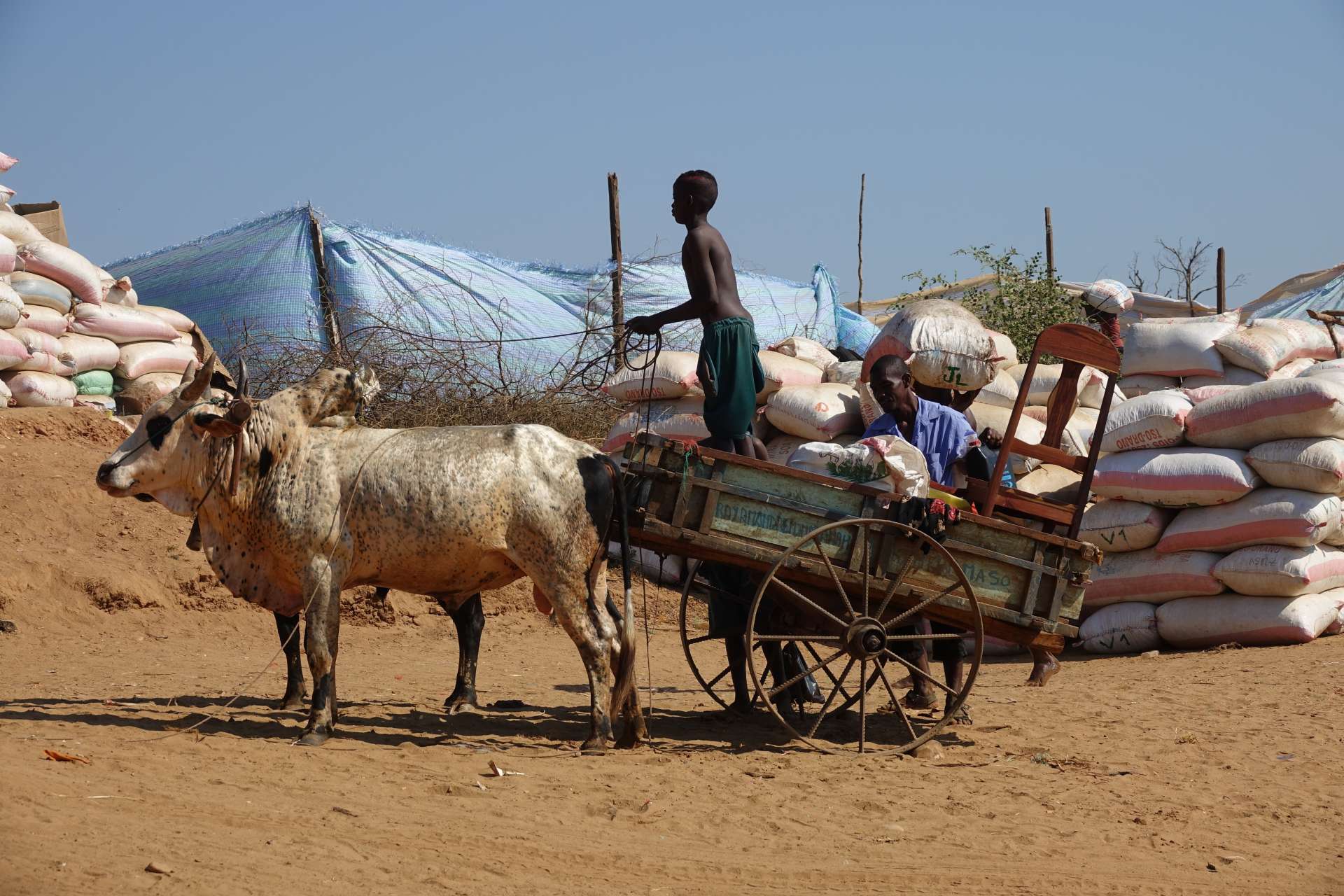
In the mist, we paddled for another half an hour before our river trip ended. Since we were in the middle of nowhere, we continued with a Zebu cart: a cart pulled by oxen.
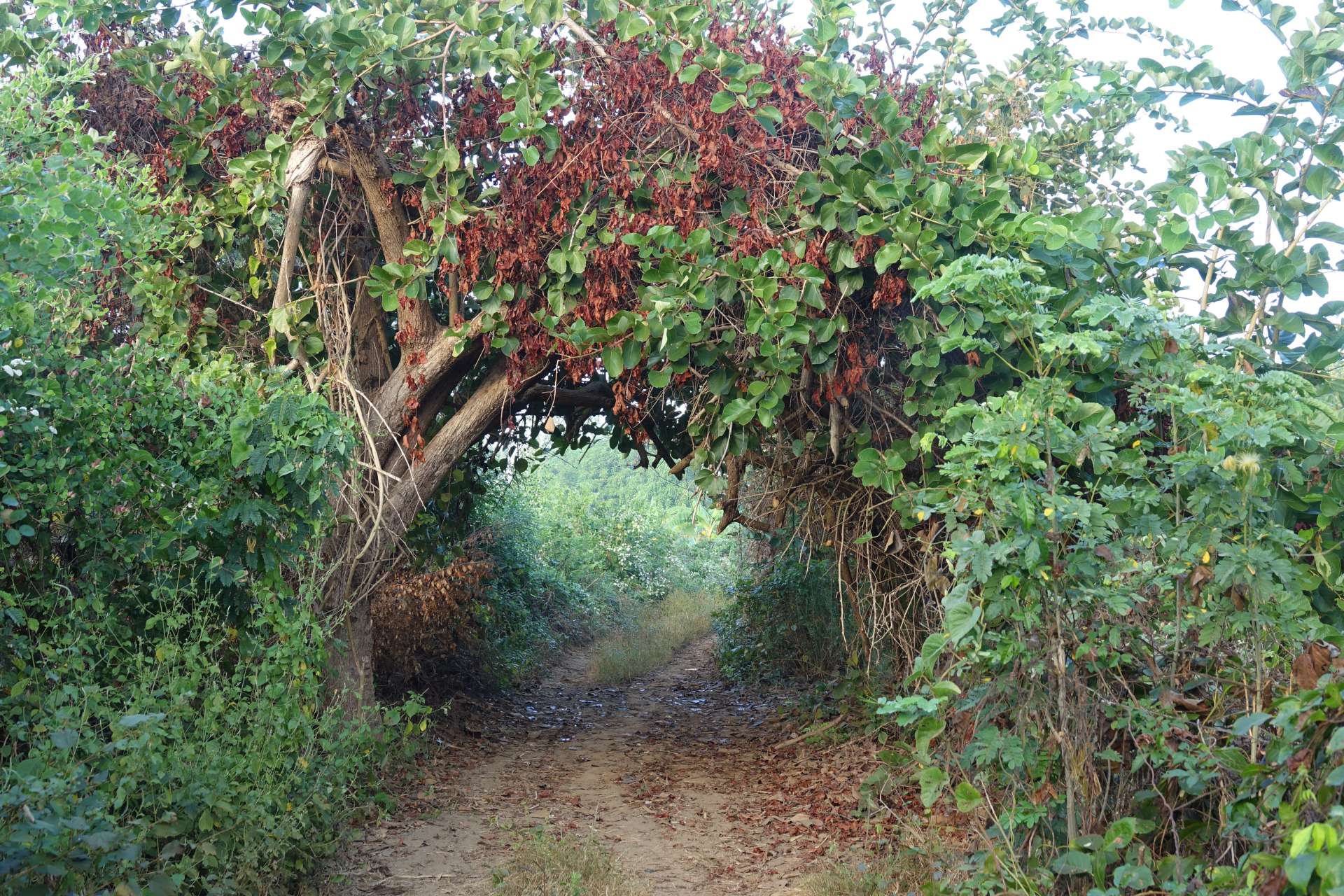
We drove for 2 hours across the countryside, and it quickly became apparent why this was the only means of transportation in the area. The road was not really a road, and we had to cross smaller streams along the way.
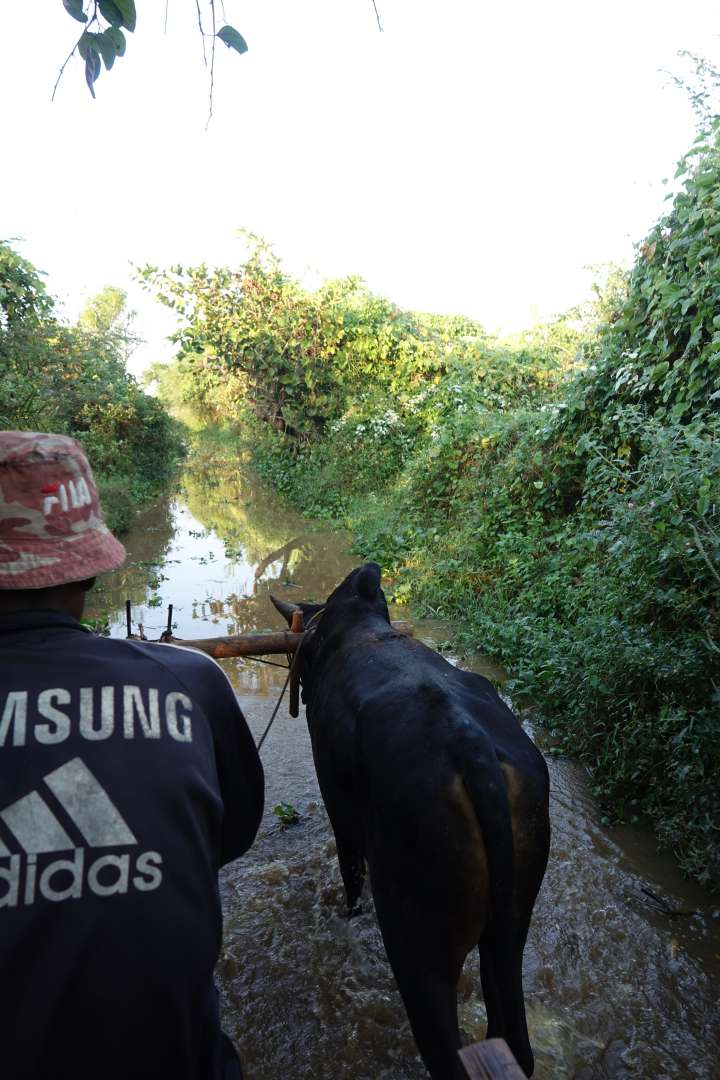
At the next larger village, we stopped and were dropped off. From here, we continued with a 4x4 vehicle. The roads were not much better, but with a 4x4, they were manageable. We also picked up three other tourists who were stranded in the village. (Their guide didn't really know the area and had forgotten a connecting route to take them to their hotel. Our guide, along with us, had a big heart, so we took them with us.) So, the eight of us squeezed into a 5-seater vehicle for a comfortable 2-hour drive. In the meantime, we had to cross a larger river, enjoying a Madagascan ferry ride.
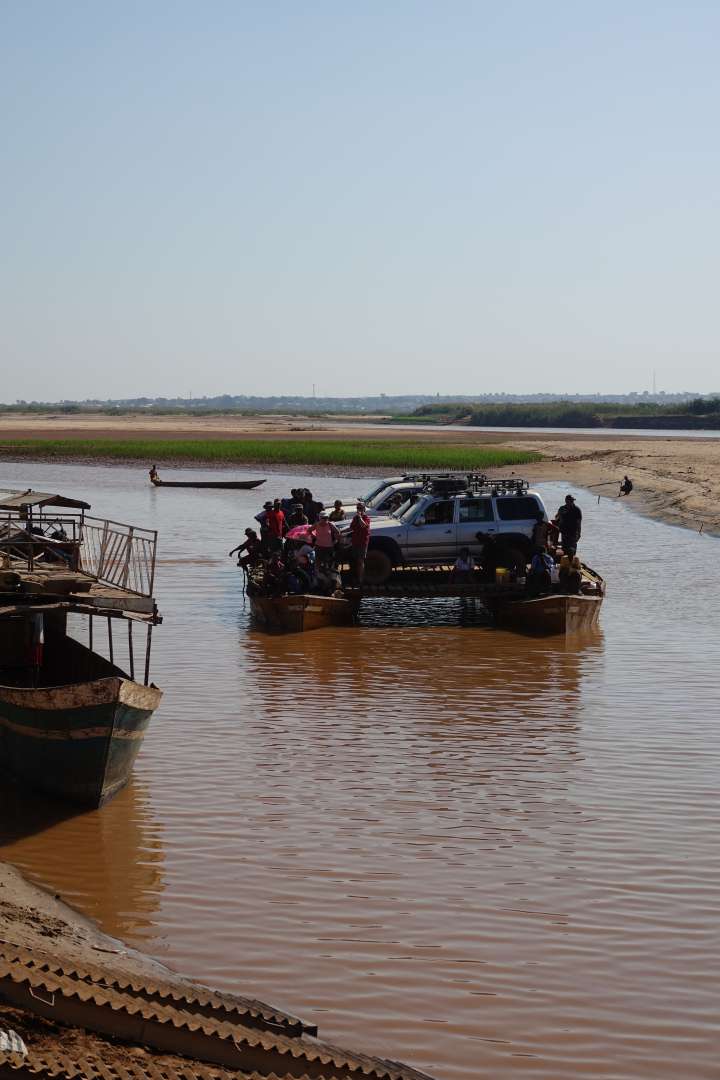
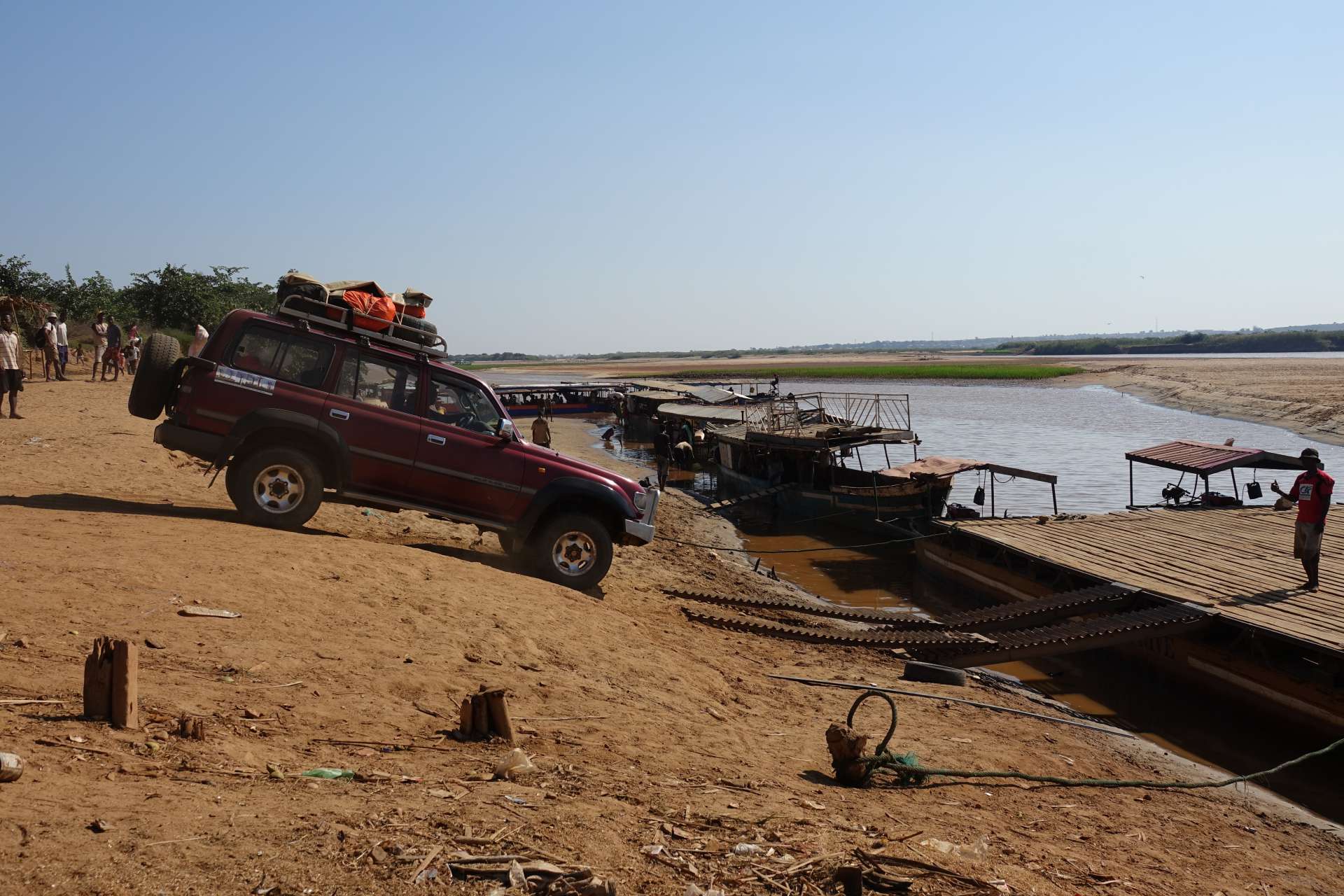
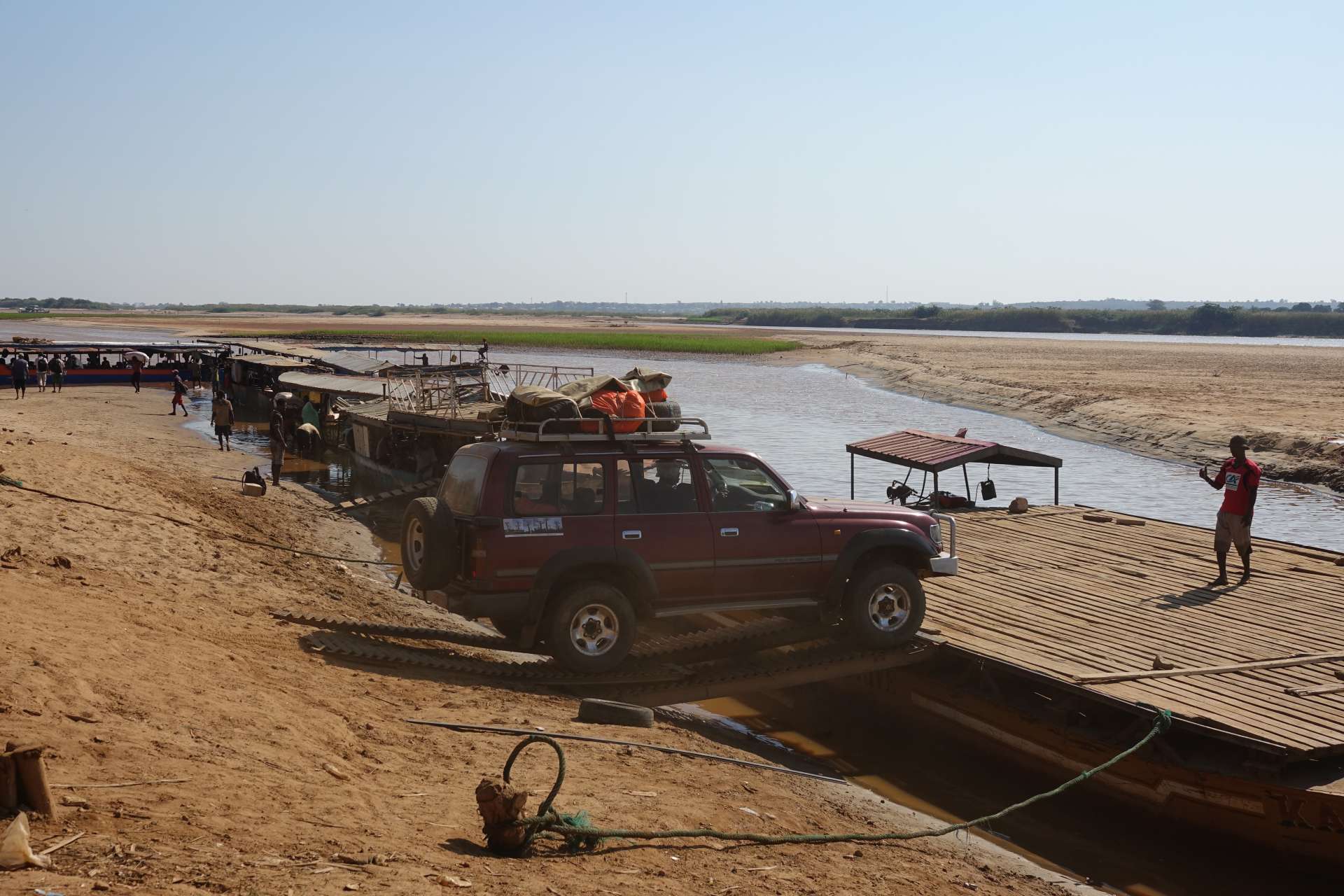
Exciting stuff. On the other side, we said goodbye to our fellow travelers and comfortably drove for the next 3 hours to Bekopaka, our destination for the day.
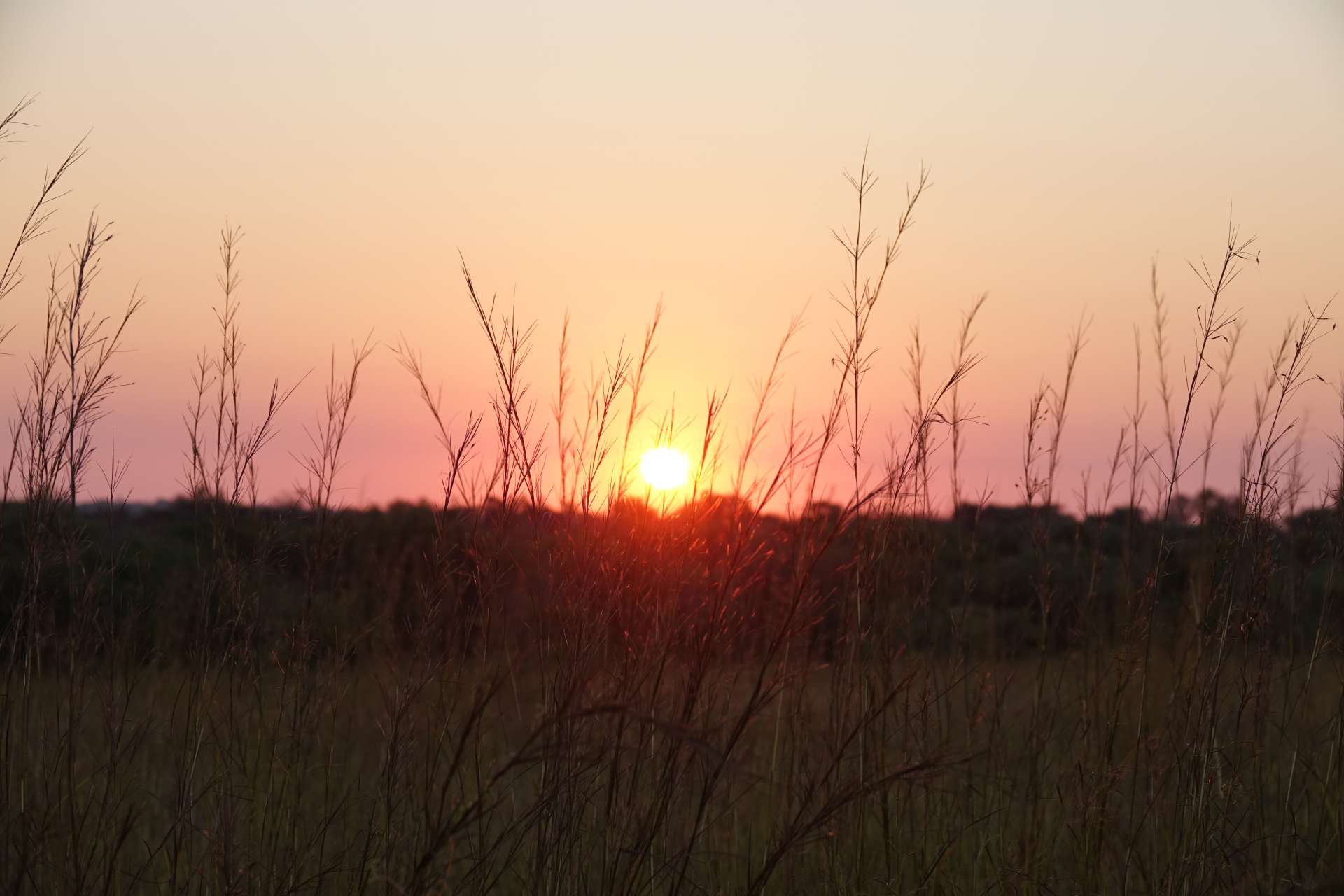
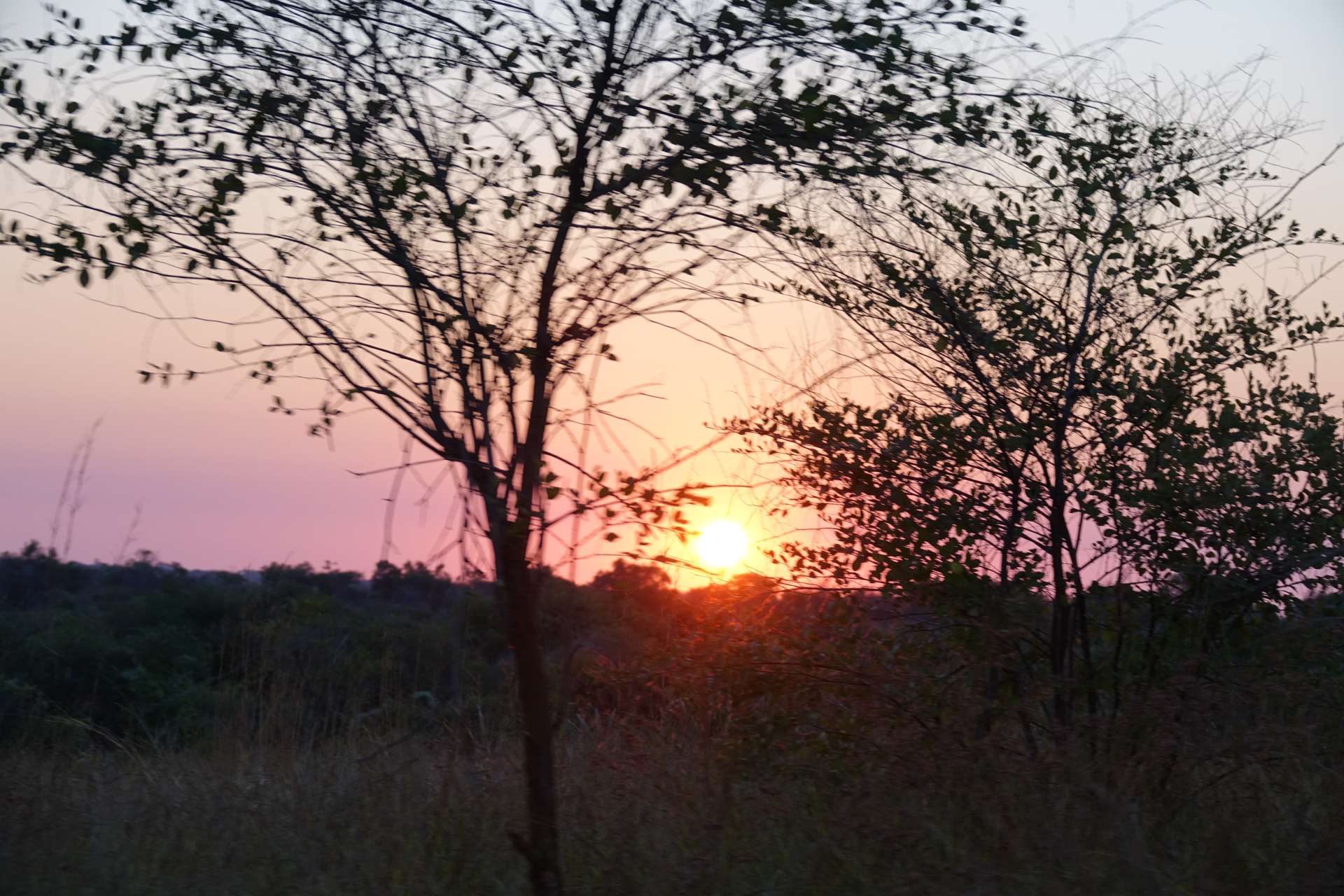
ಸುದ್ದಿಪತ್ರಕ್ಕೆ ಚಂದಾದಾರರಾಗಿ
ಉತ್ತರ
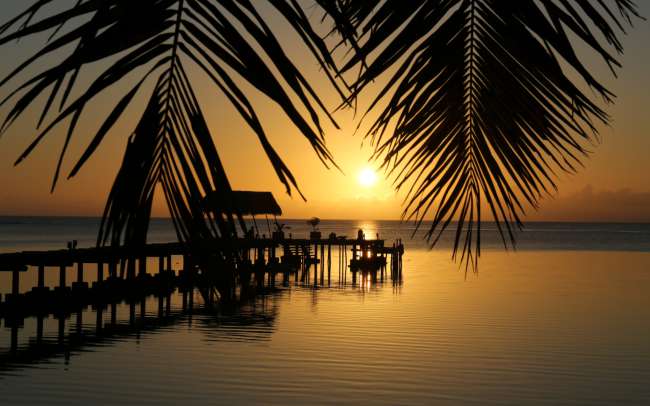
ಪ್ರಯಾಣ ವರದಿಗಳು ಮಡಗಾಸ್ಕರ್
